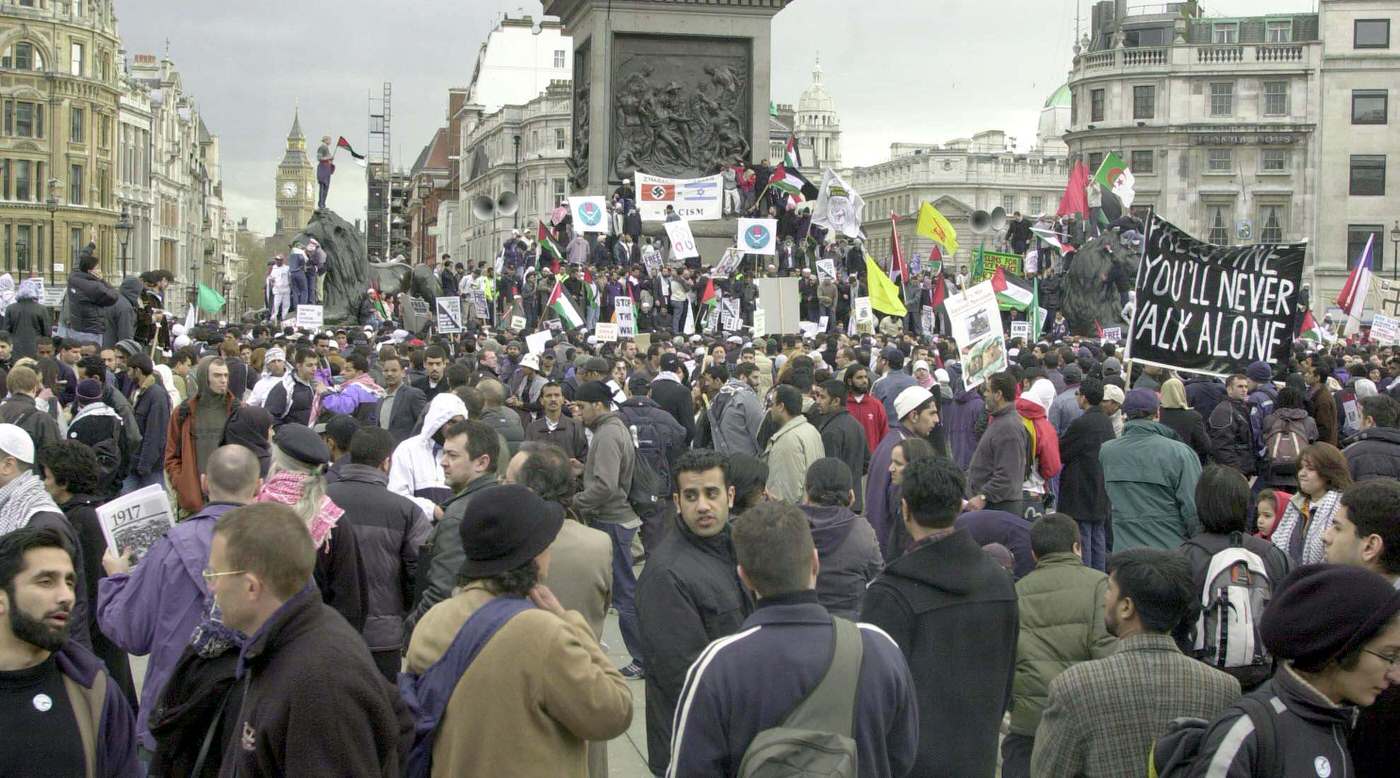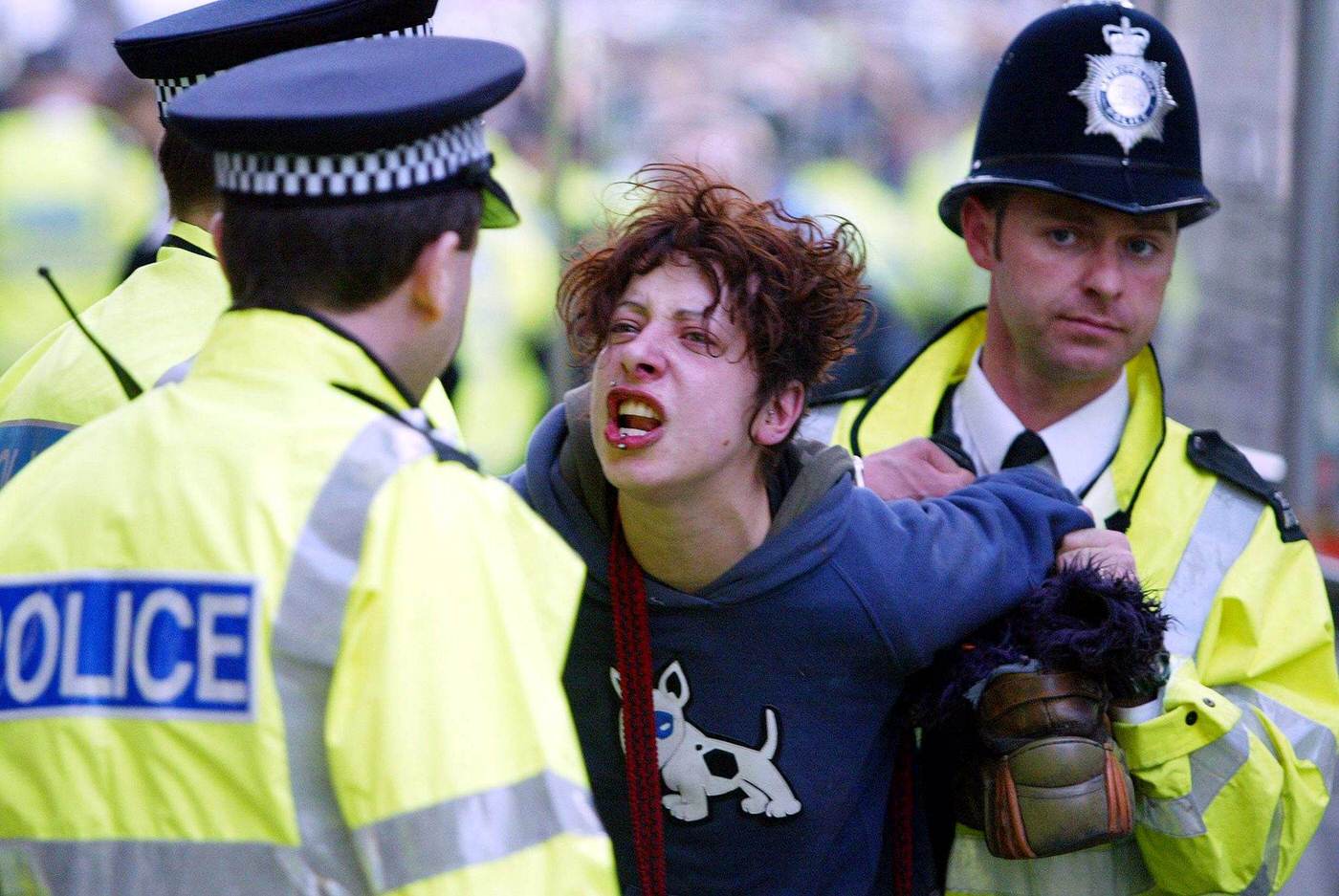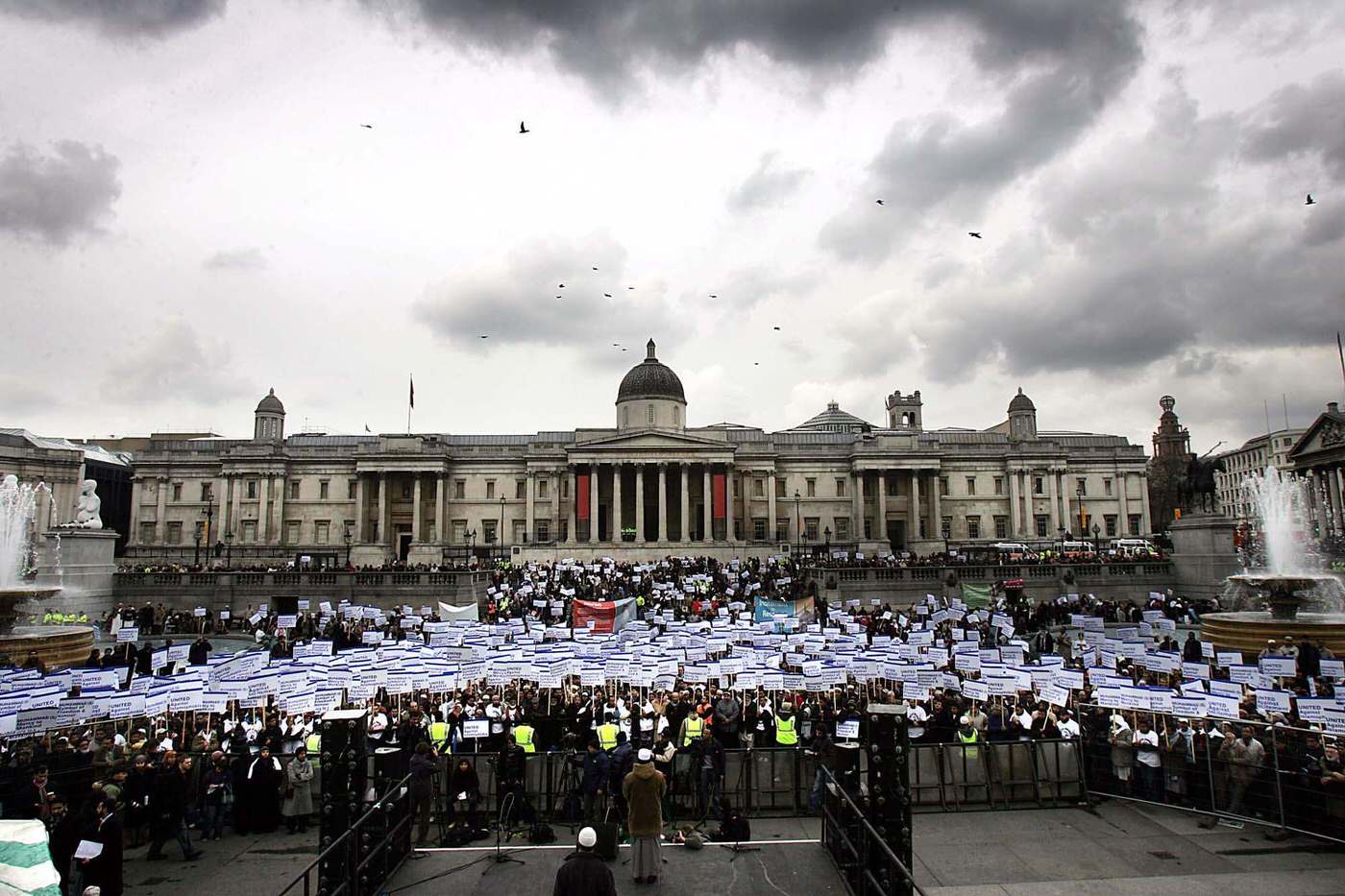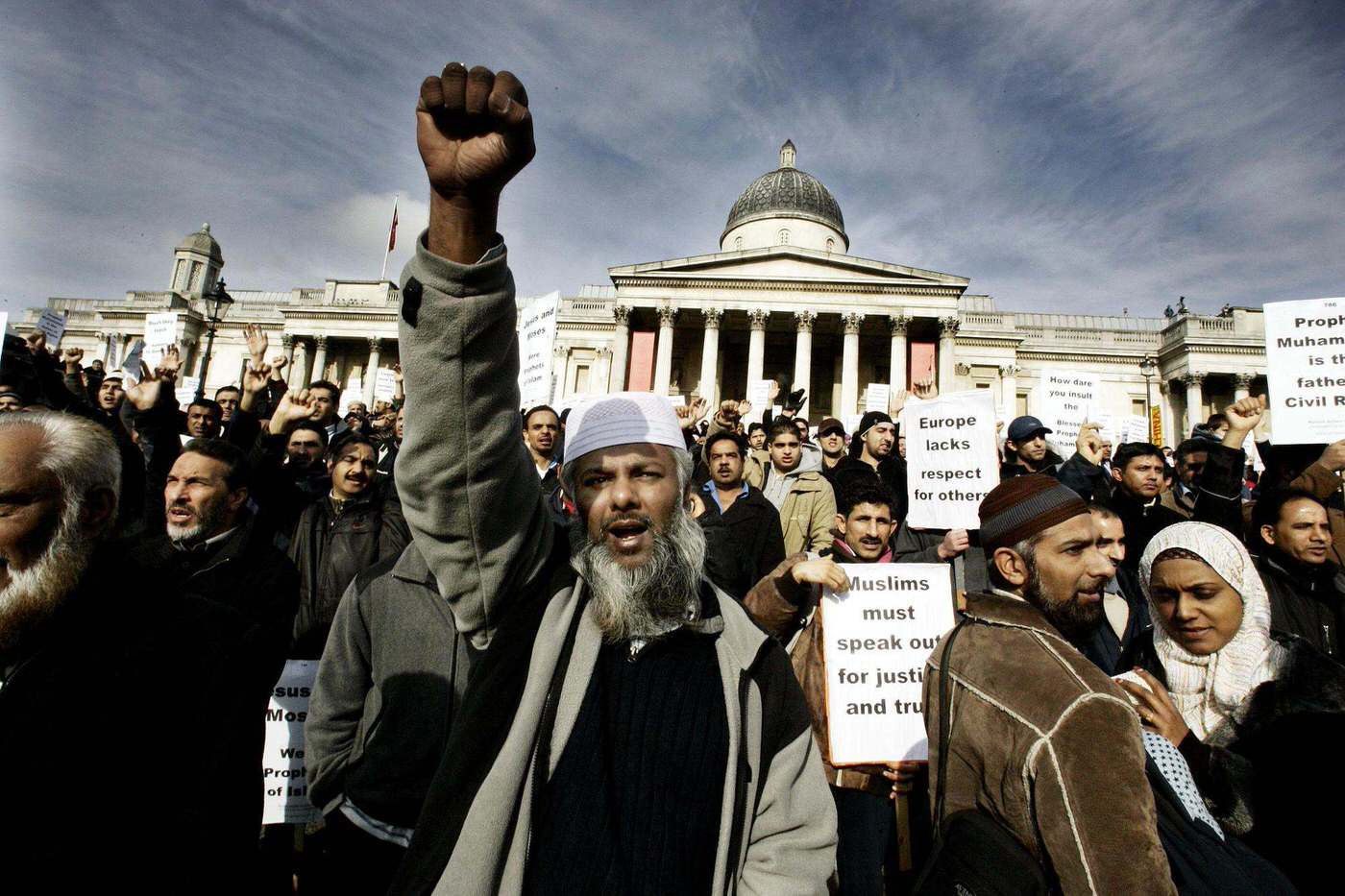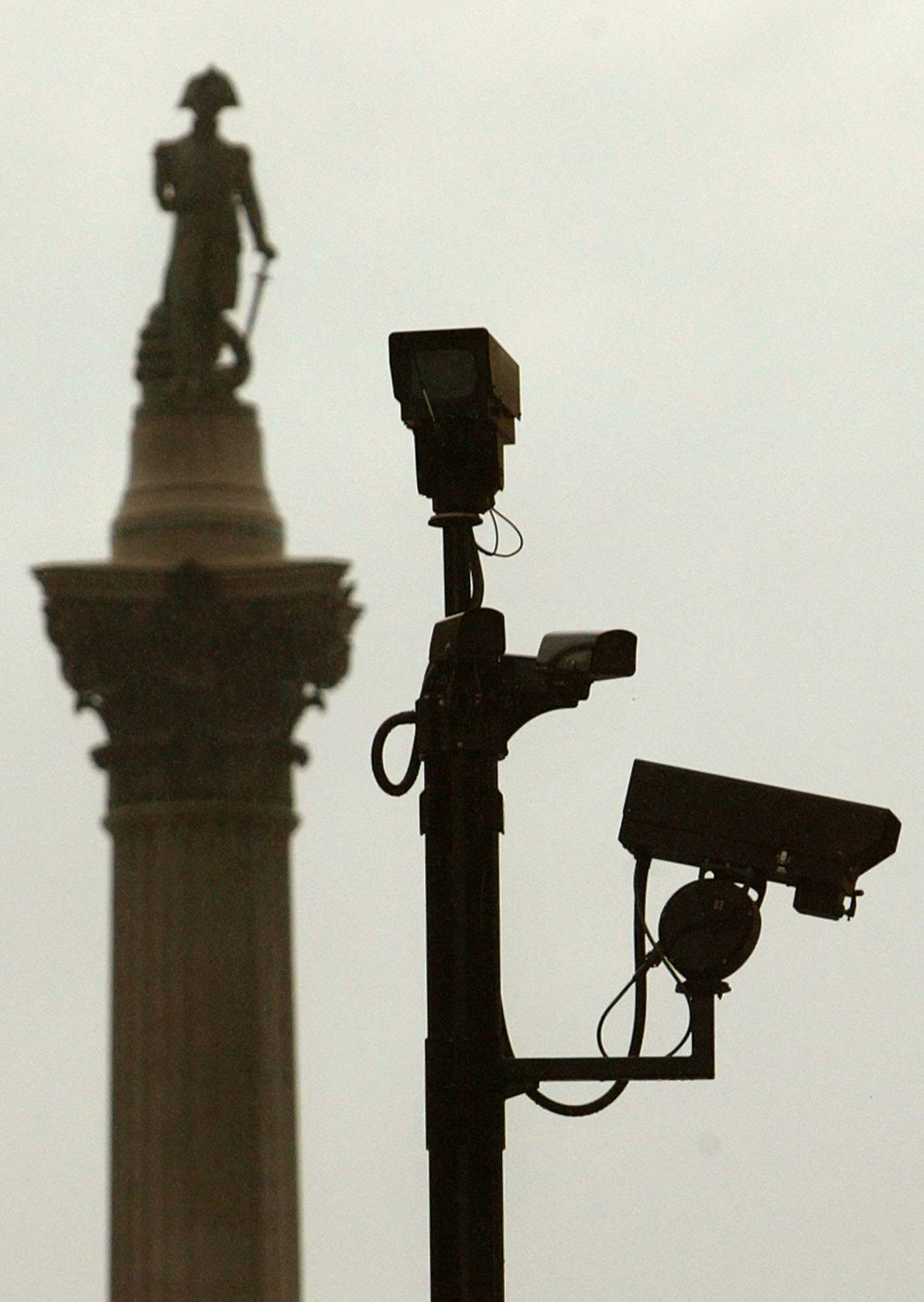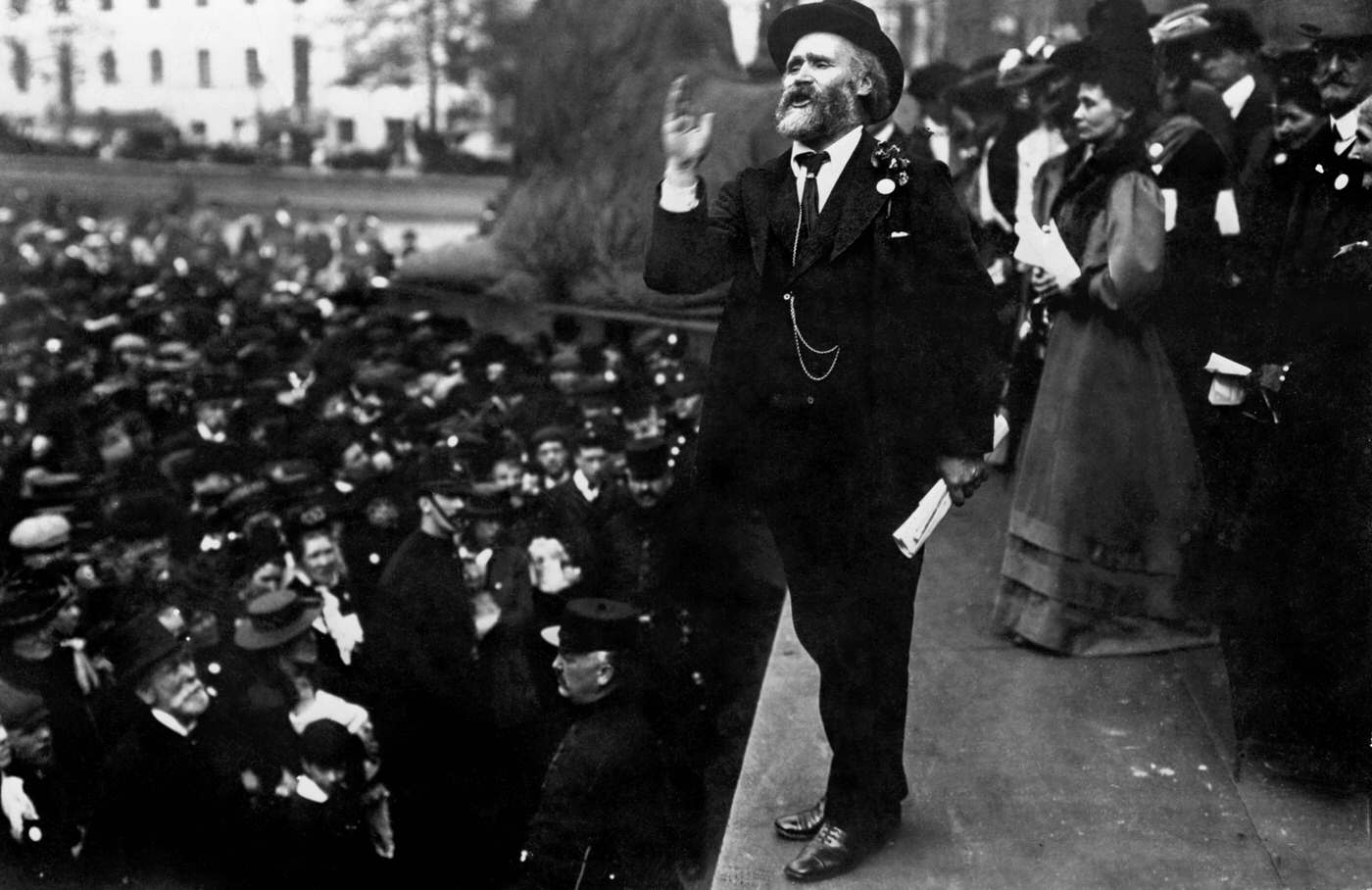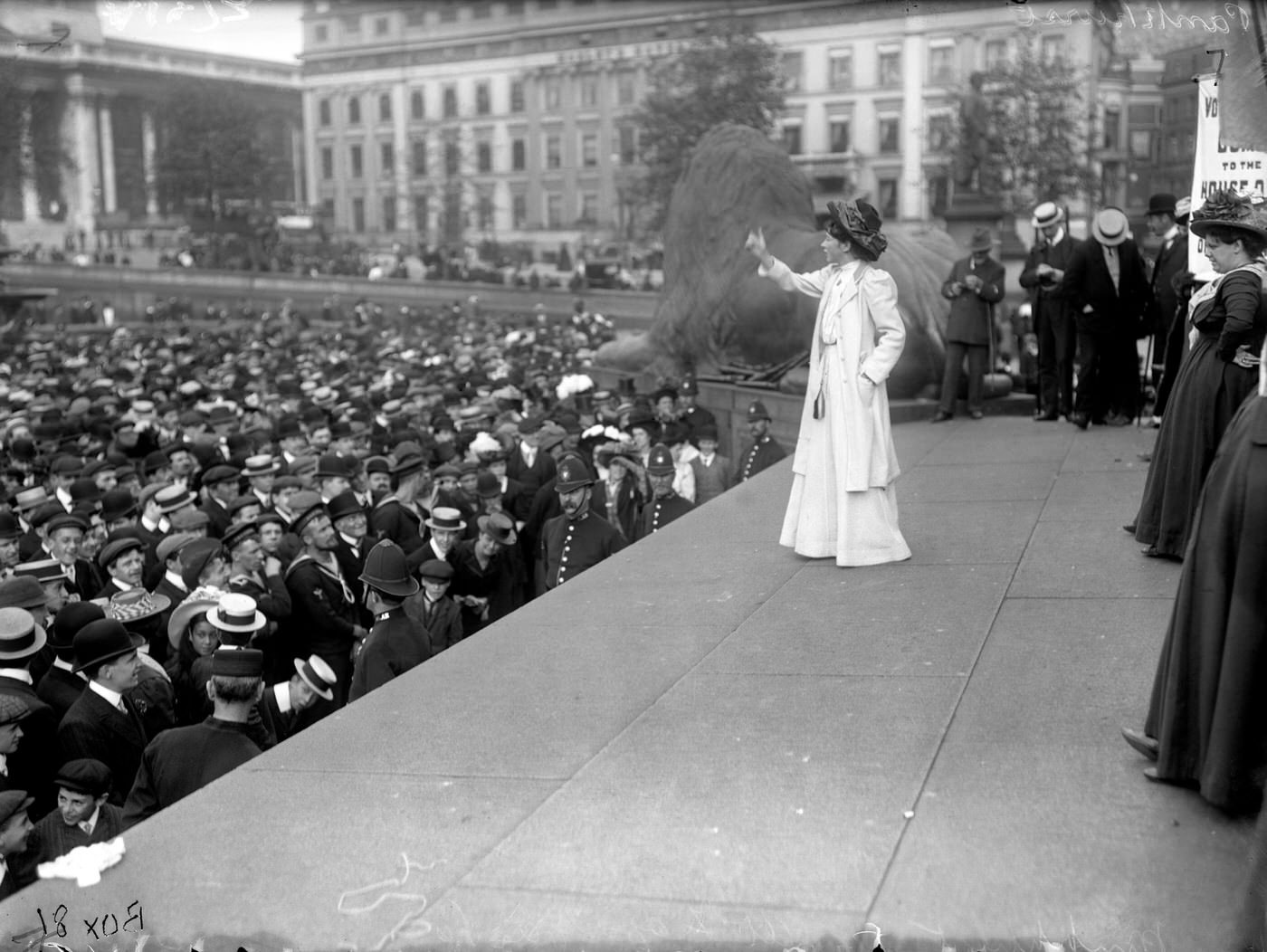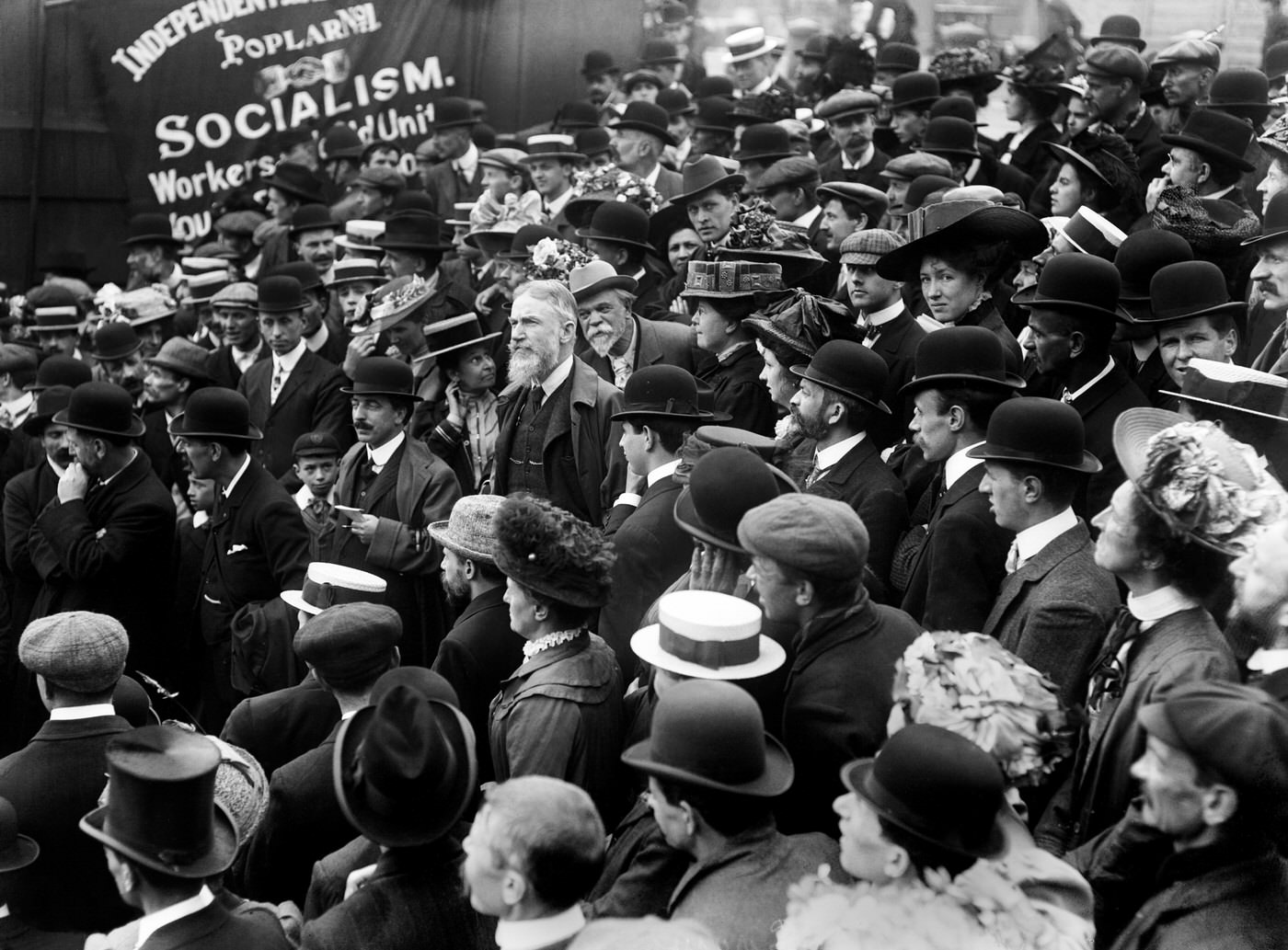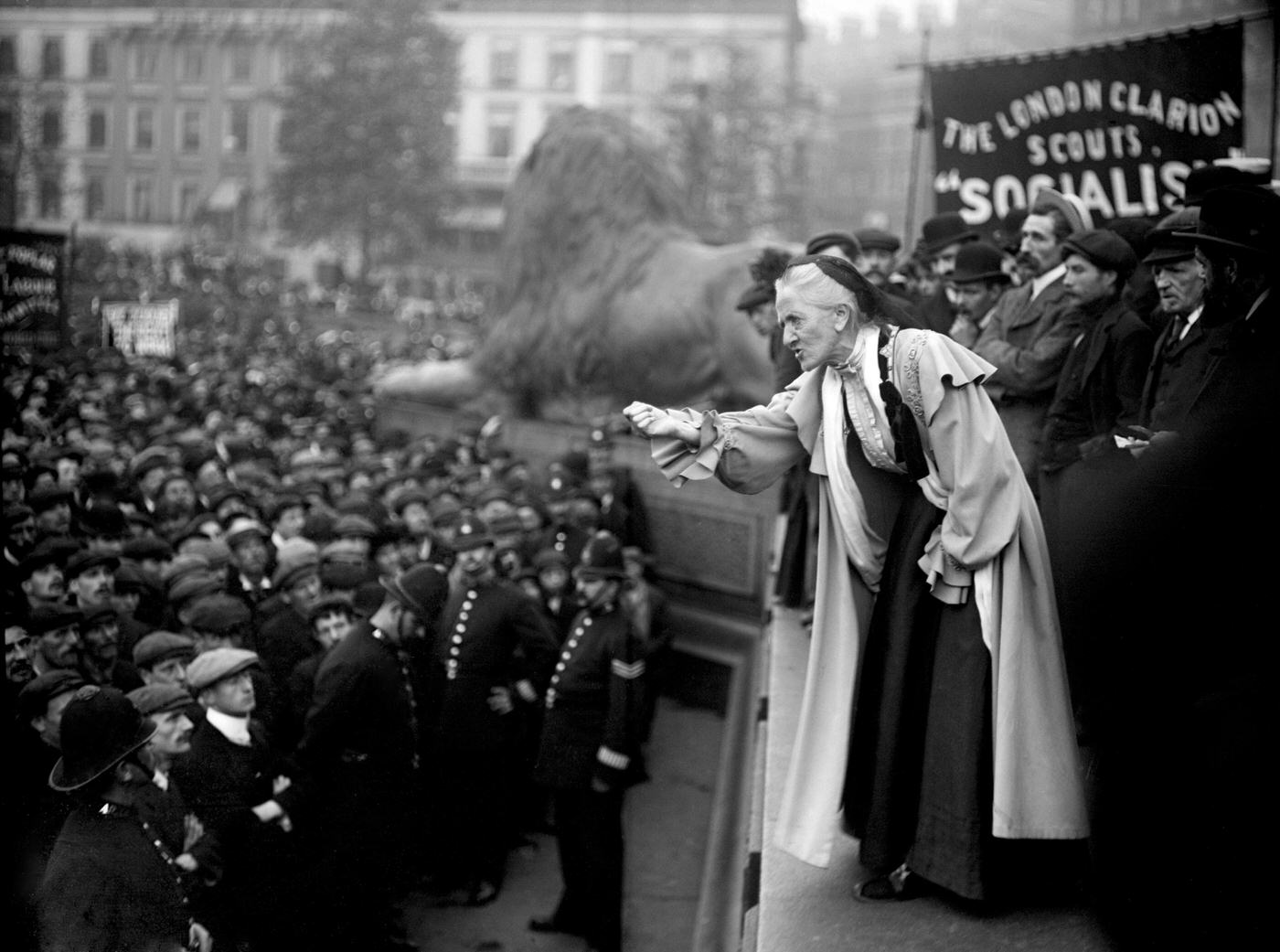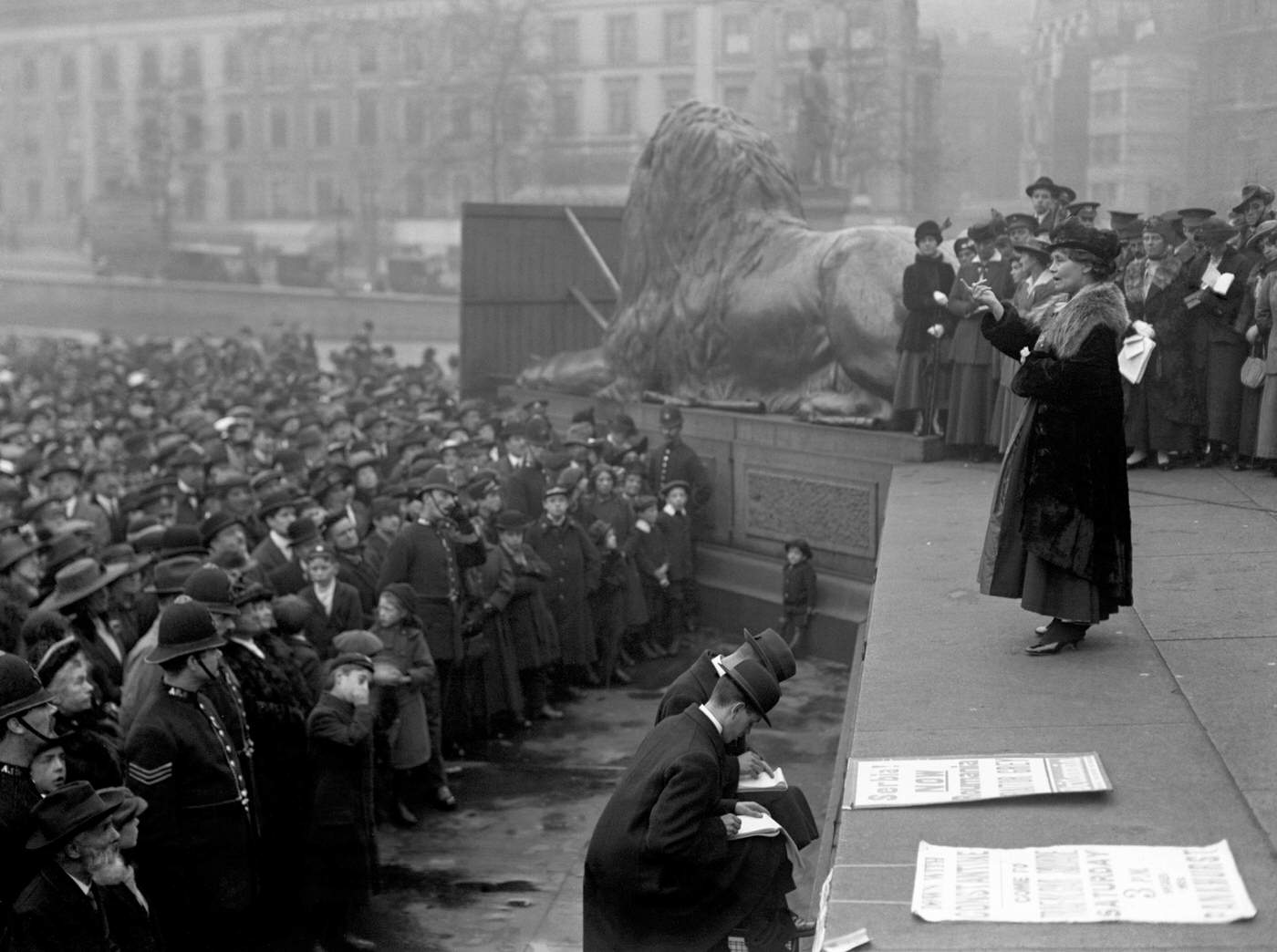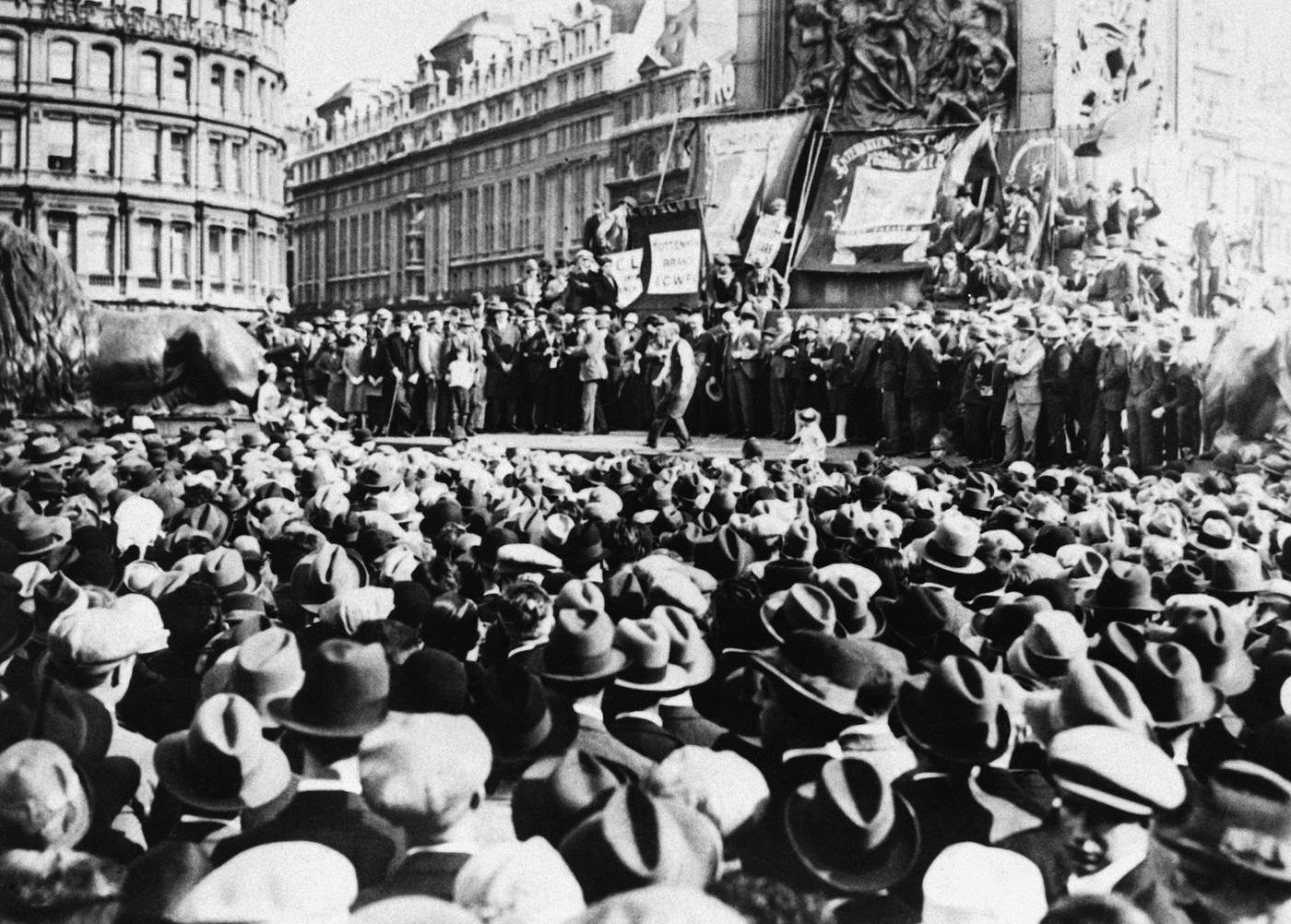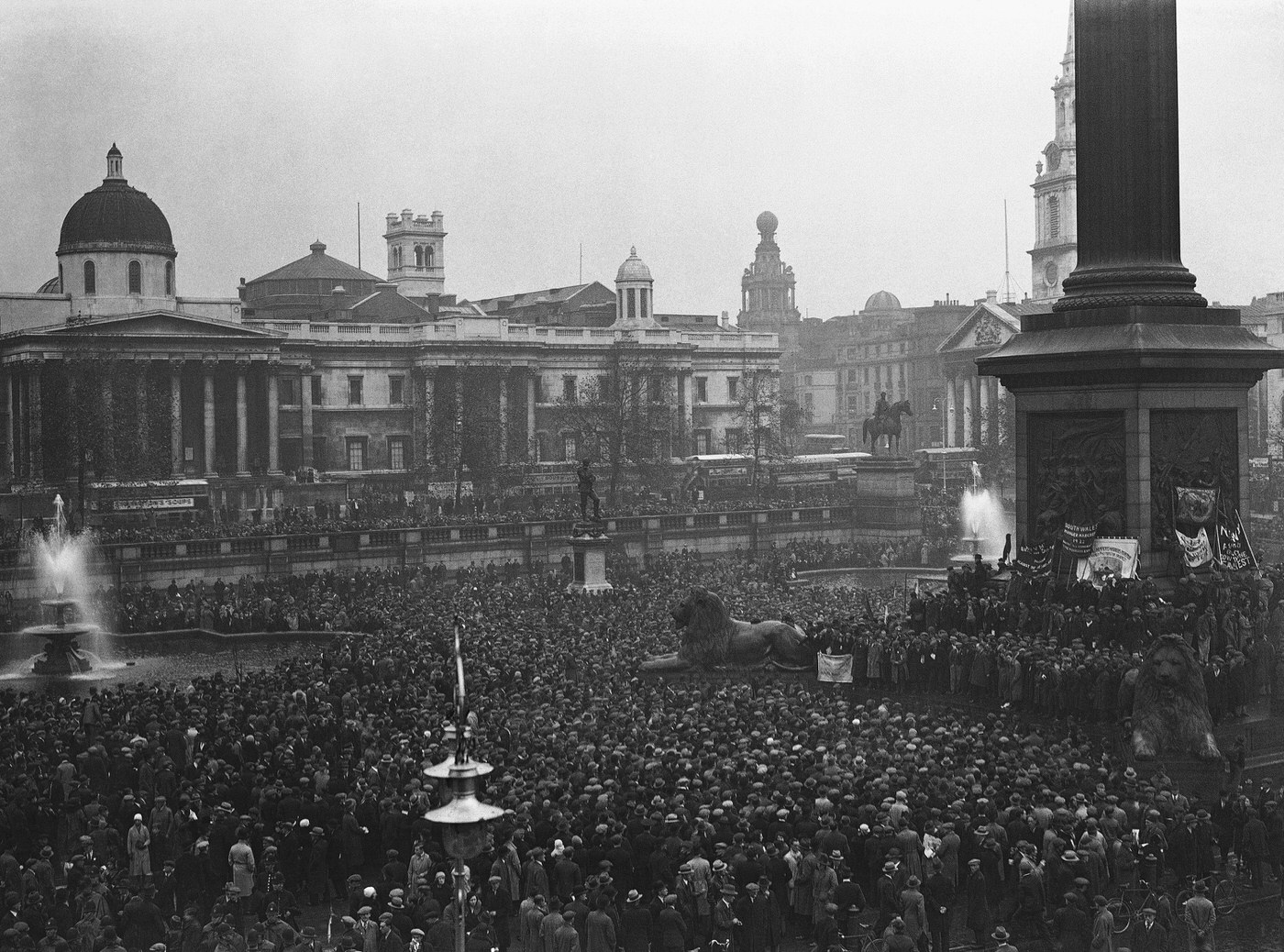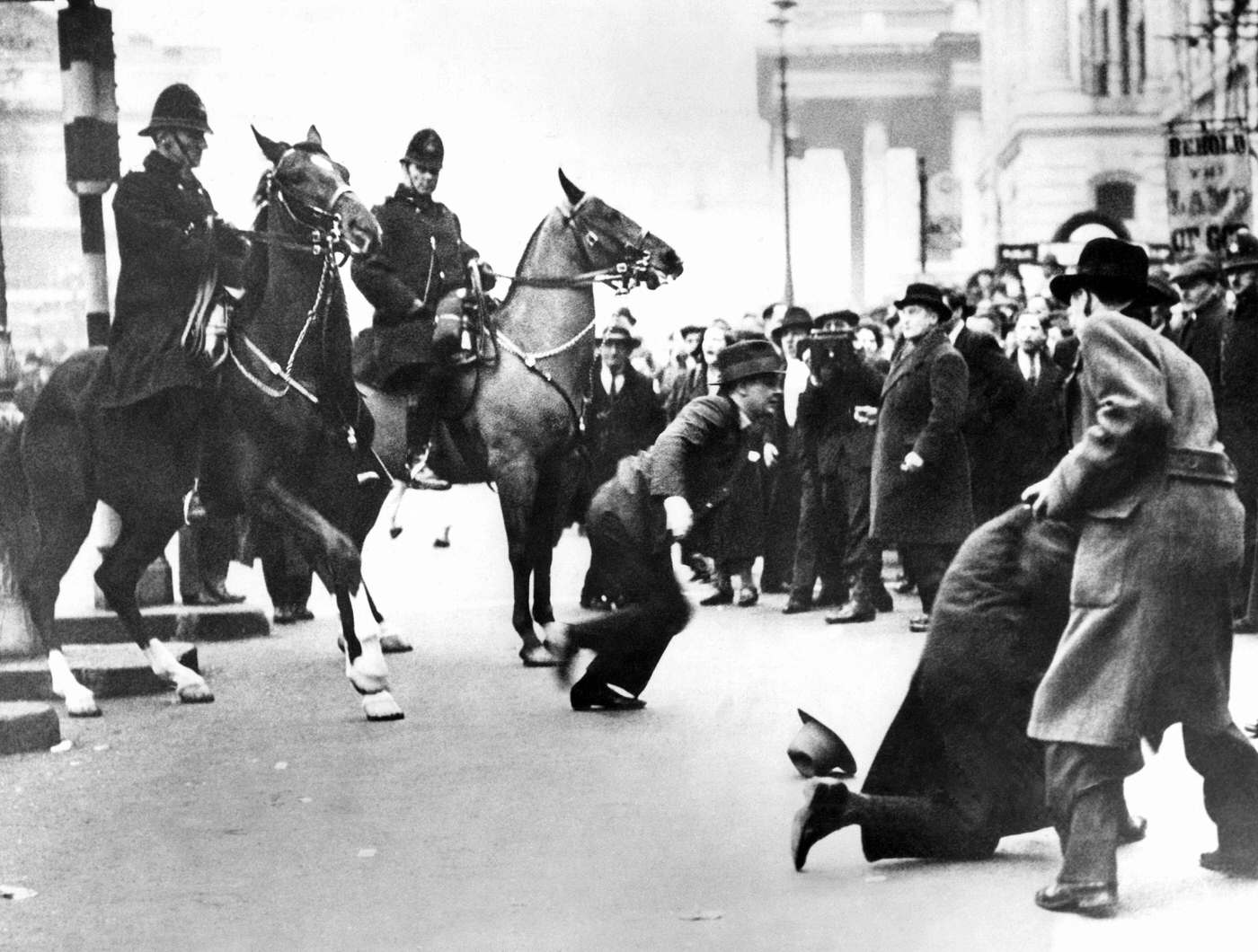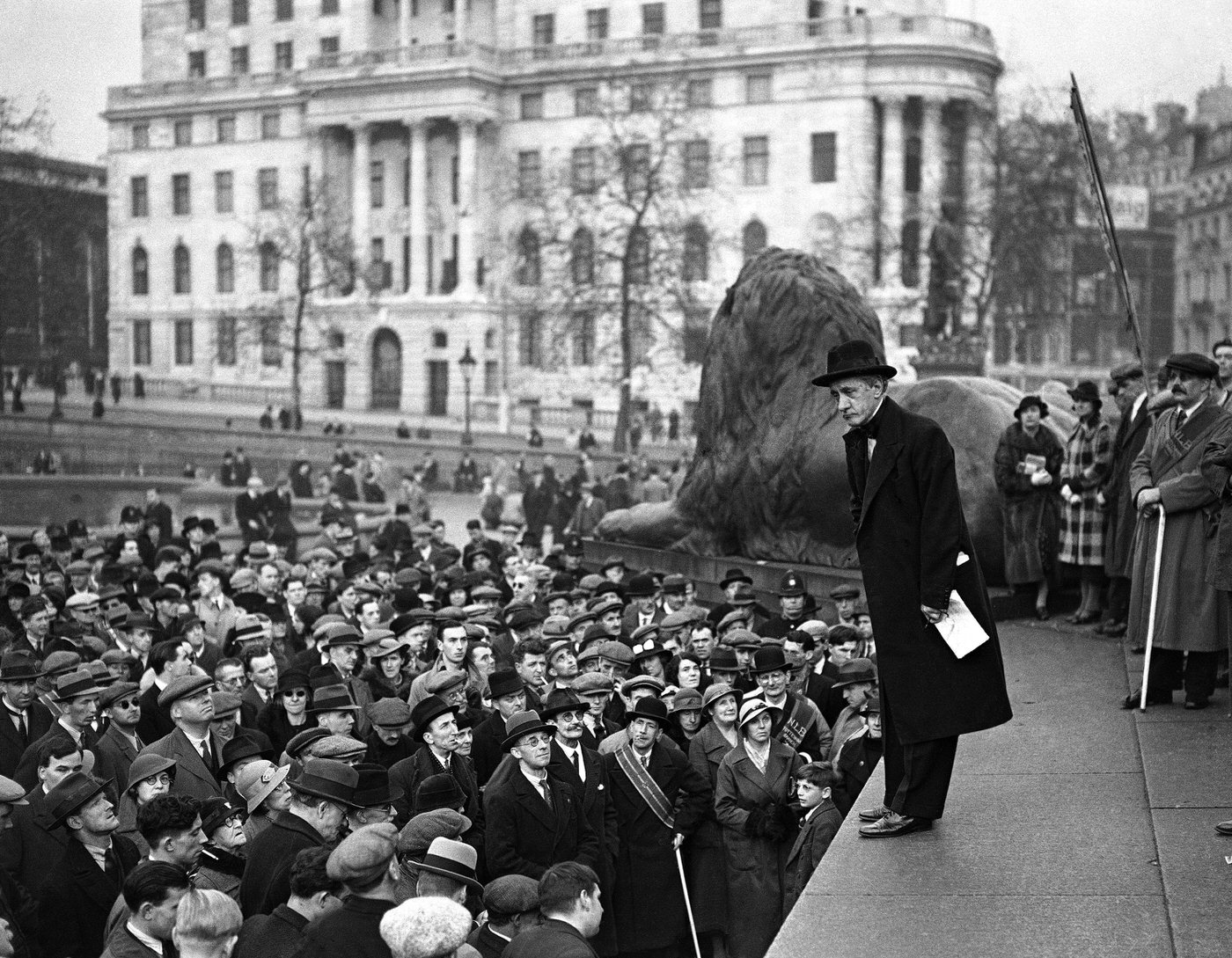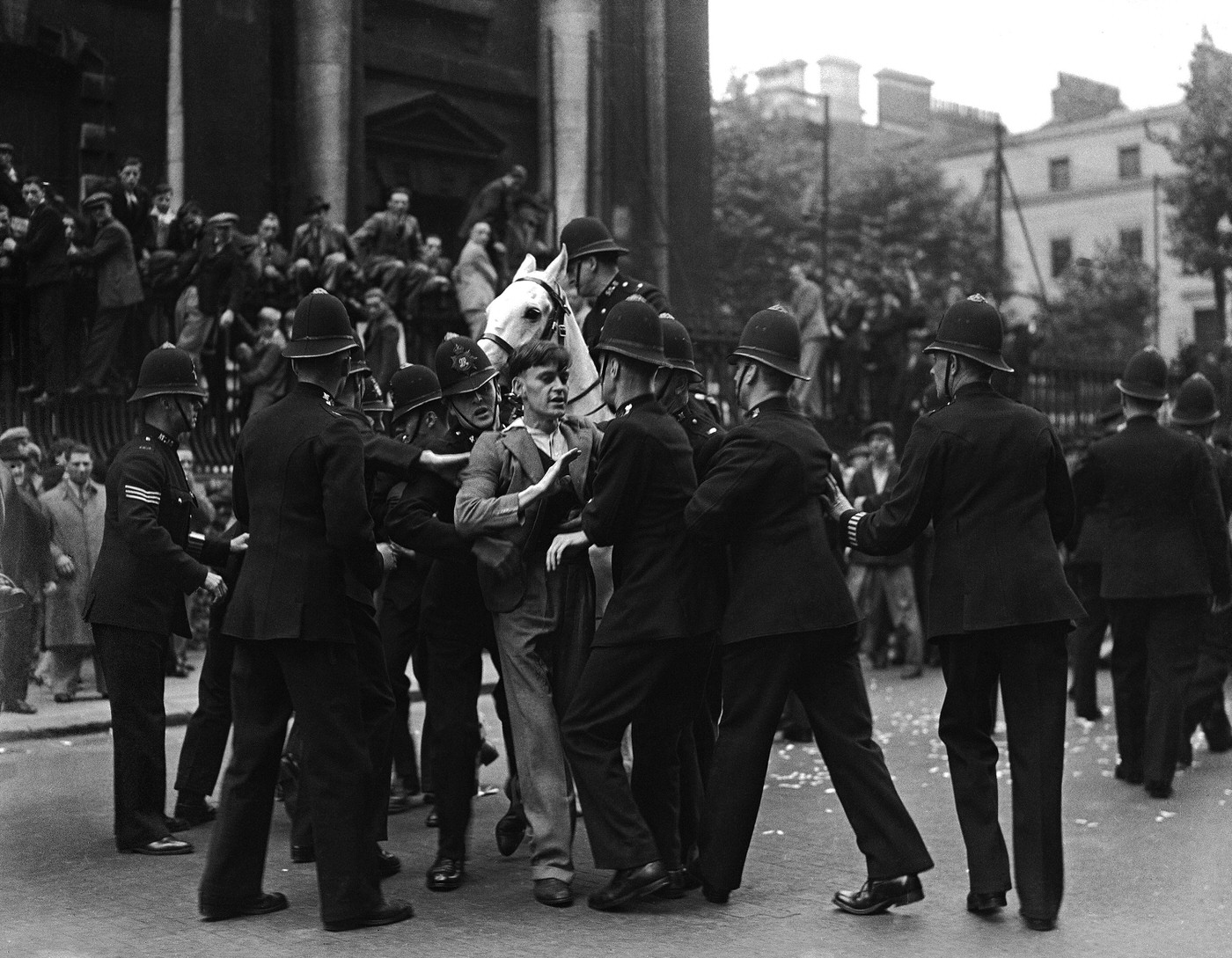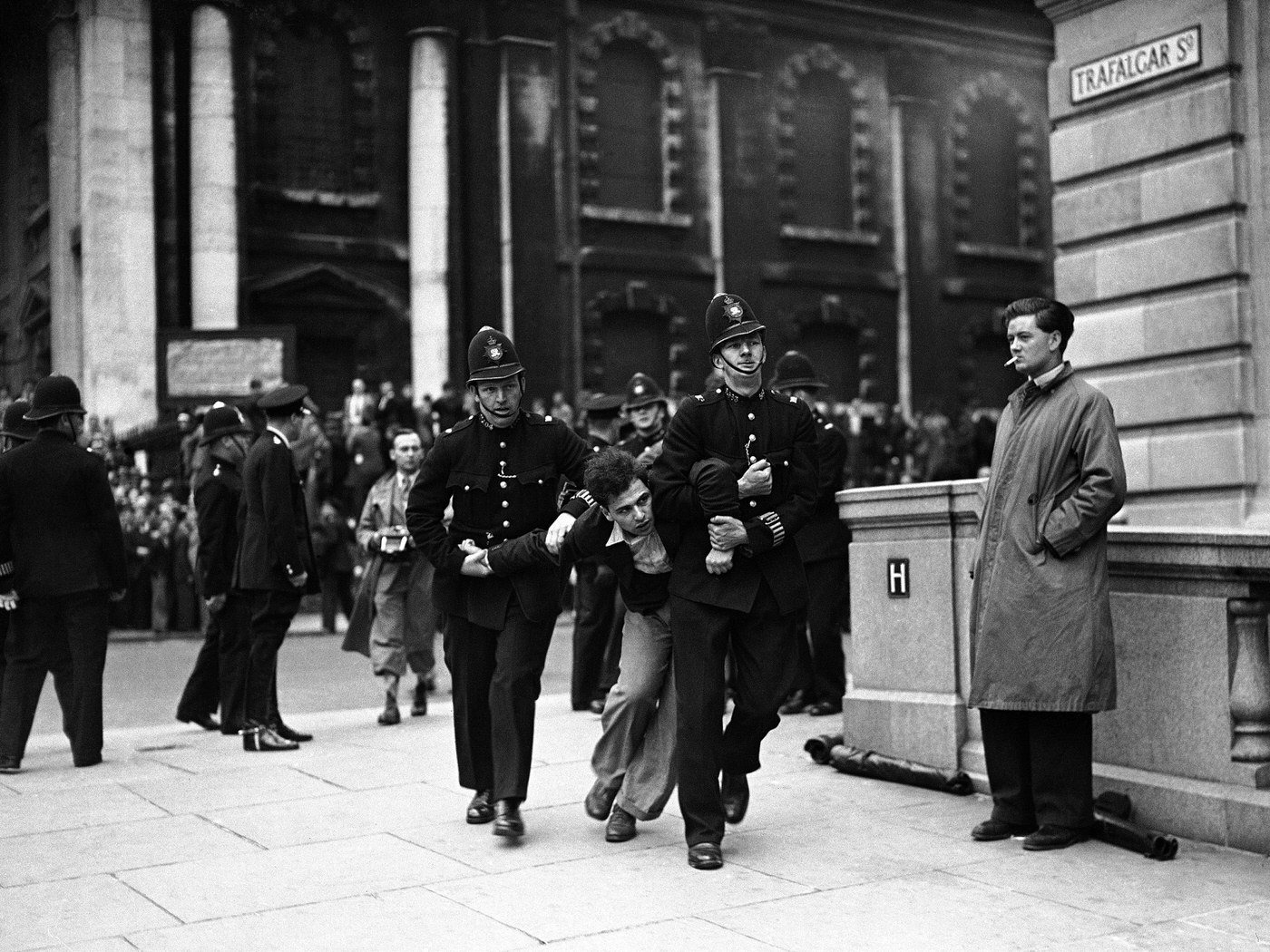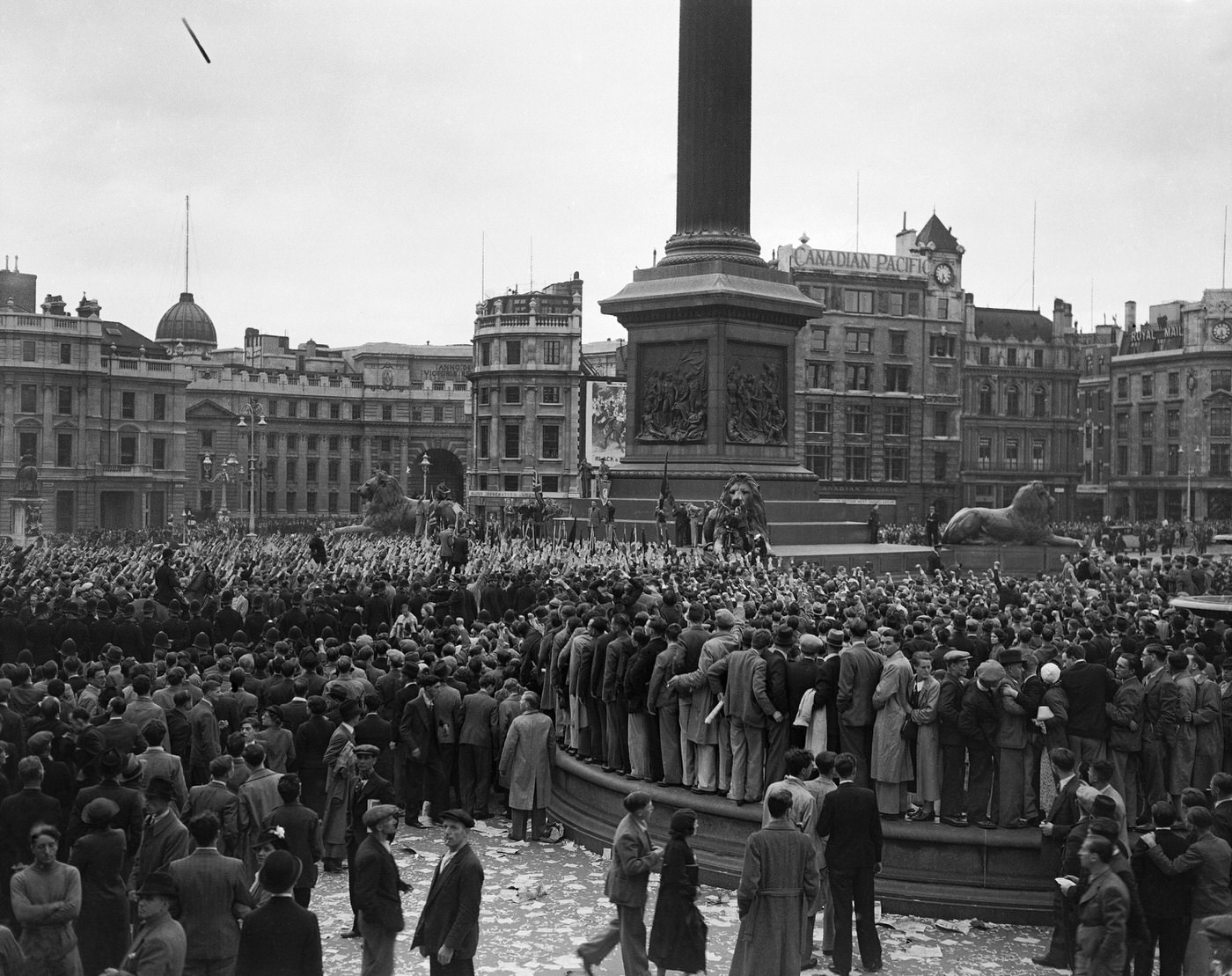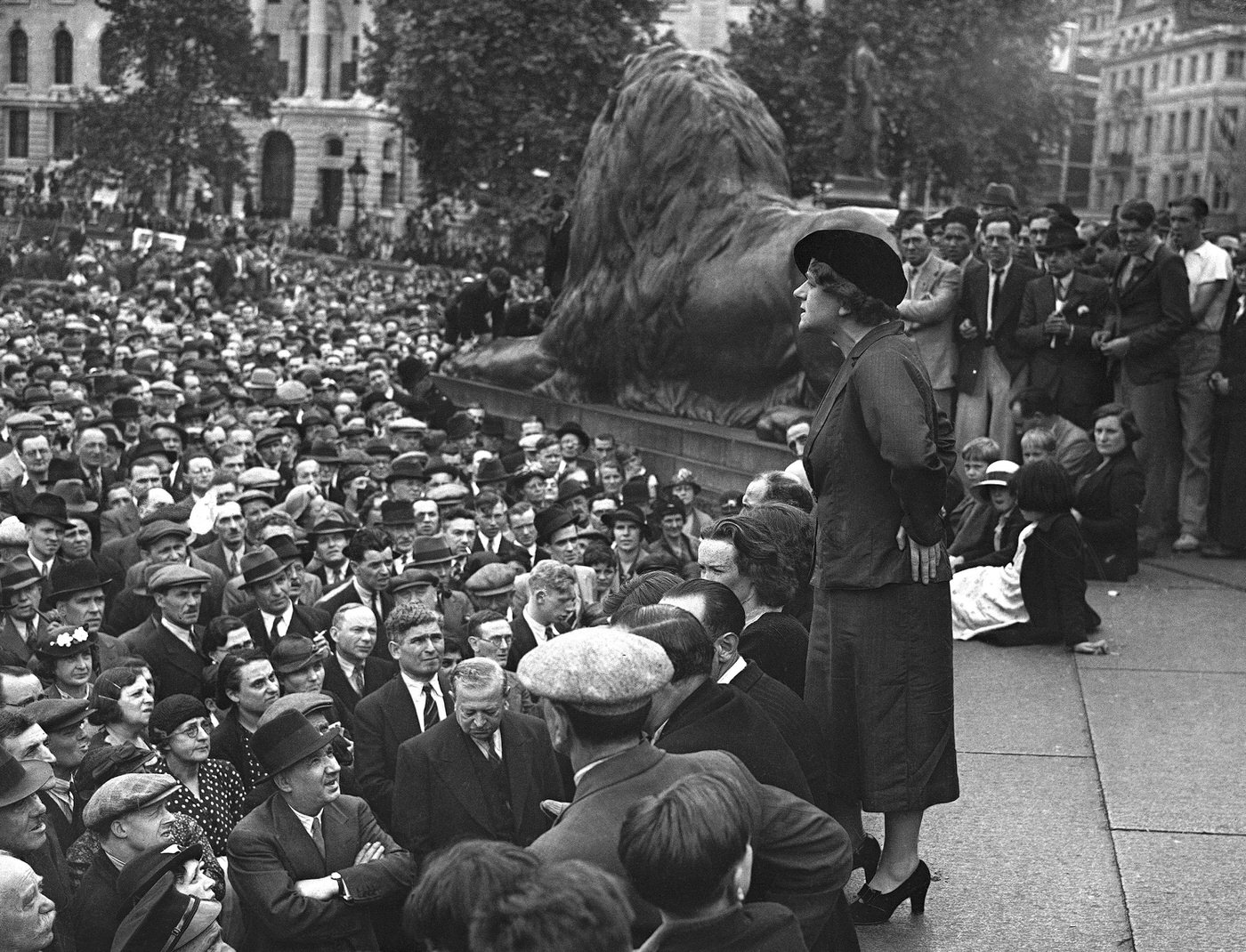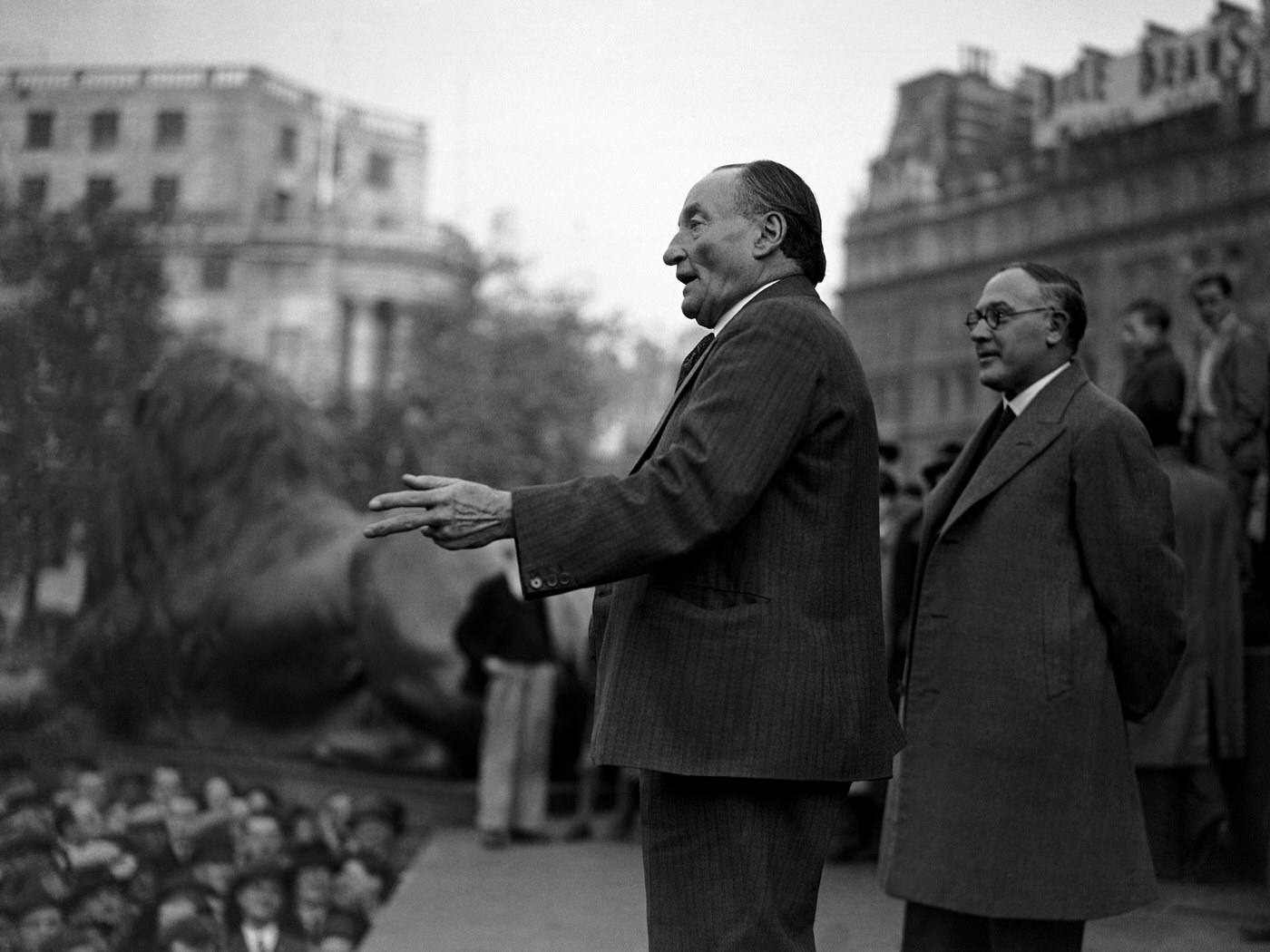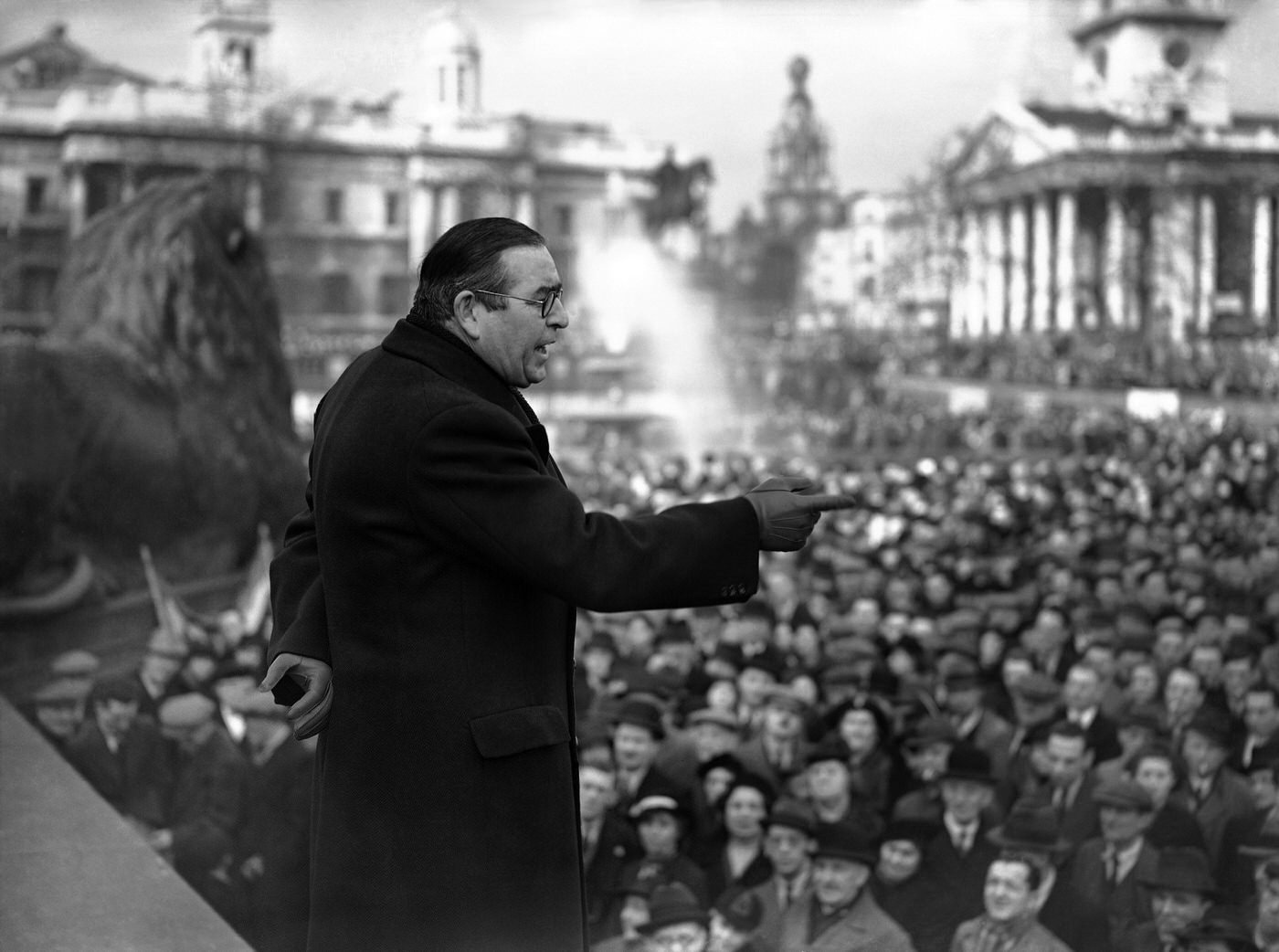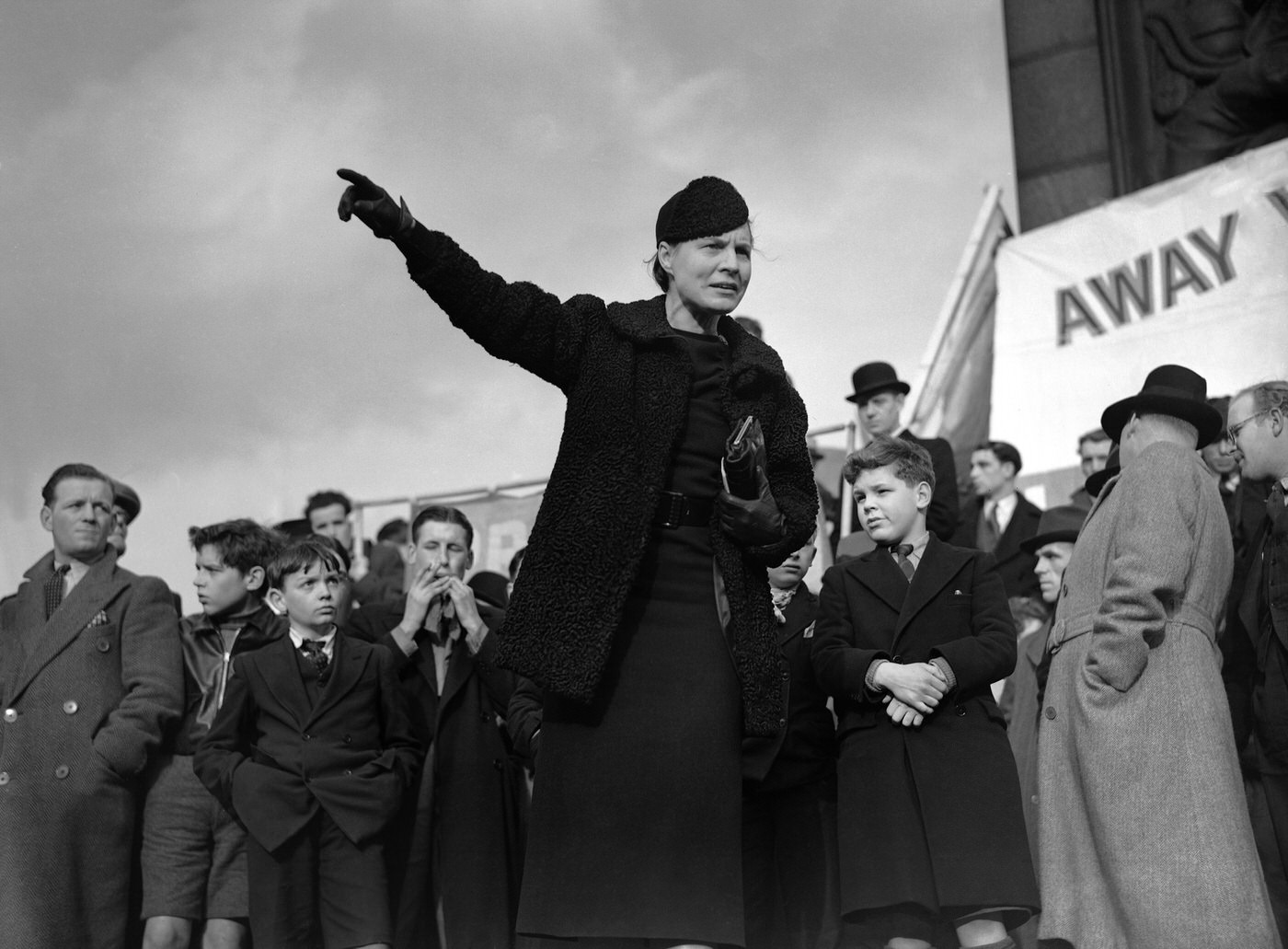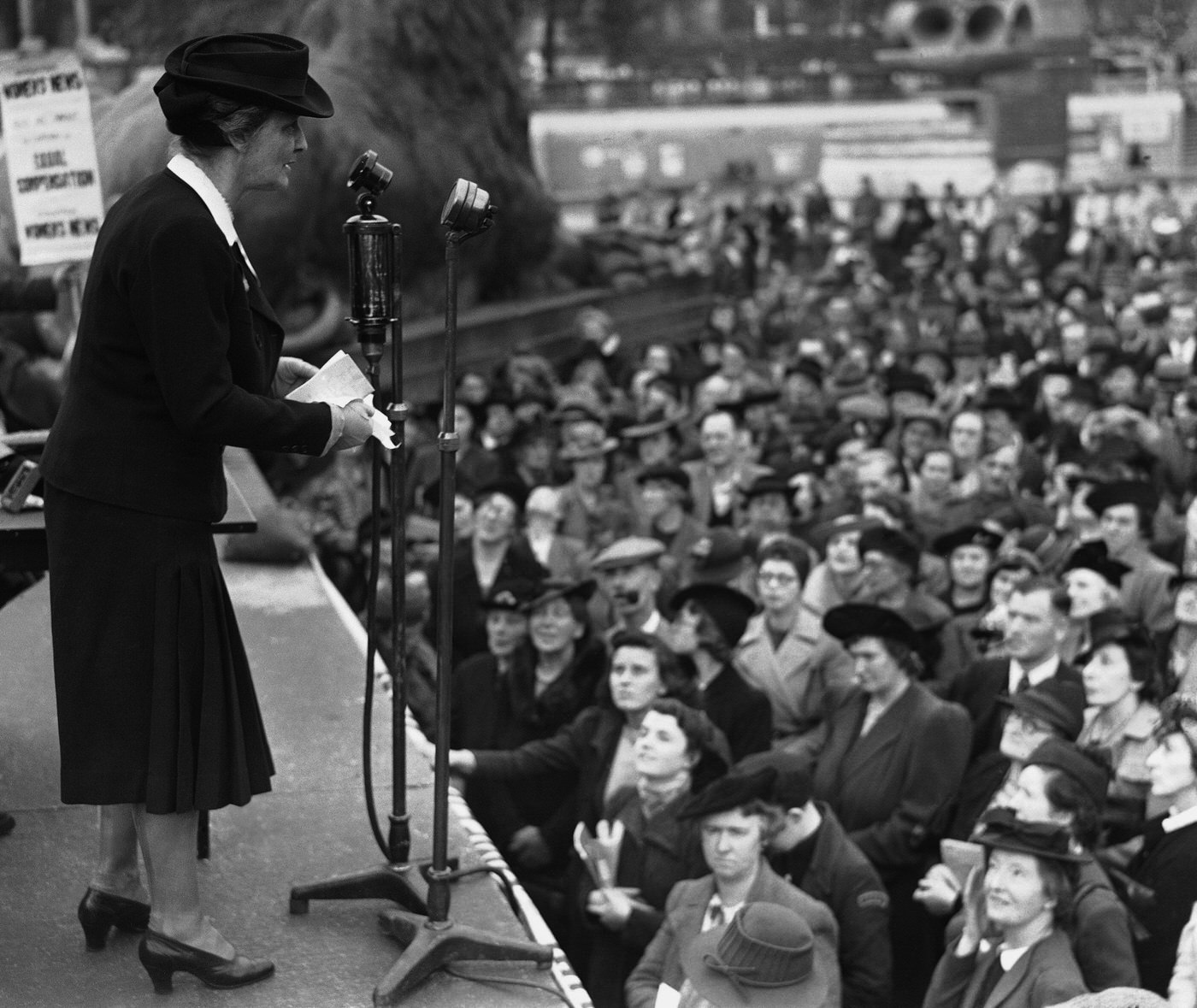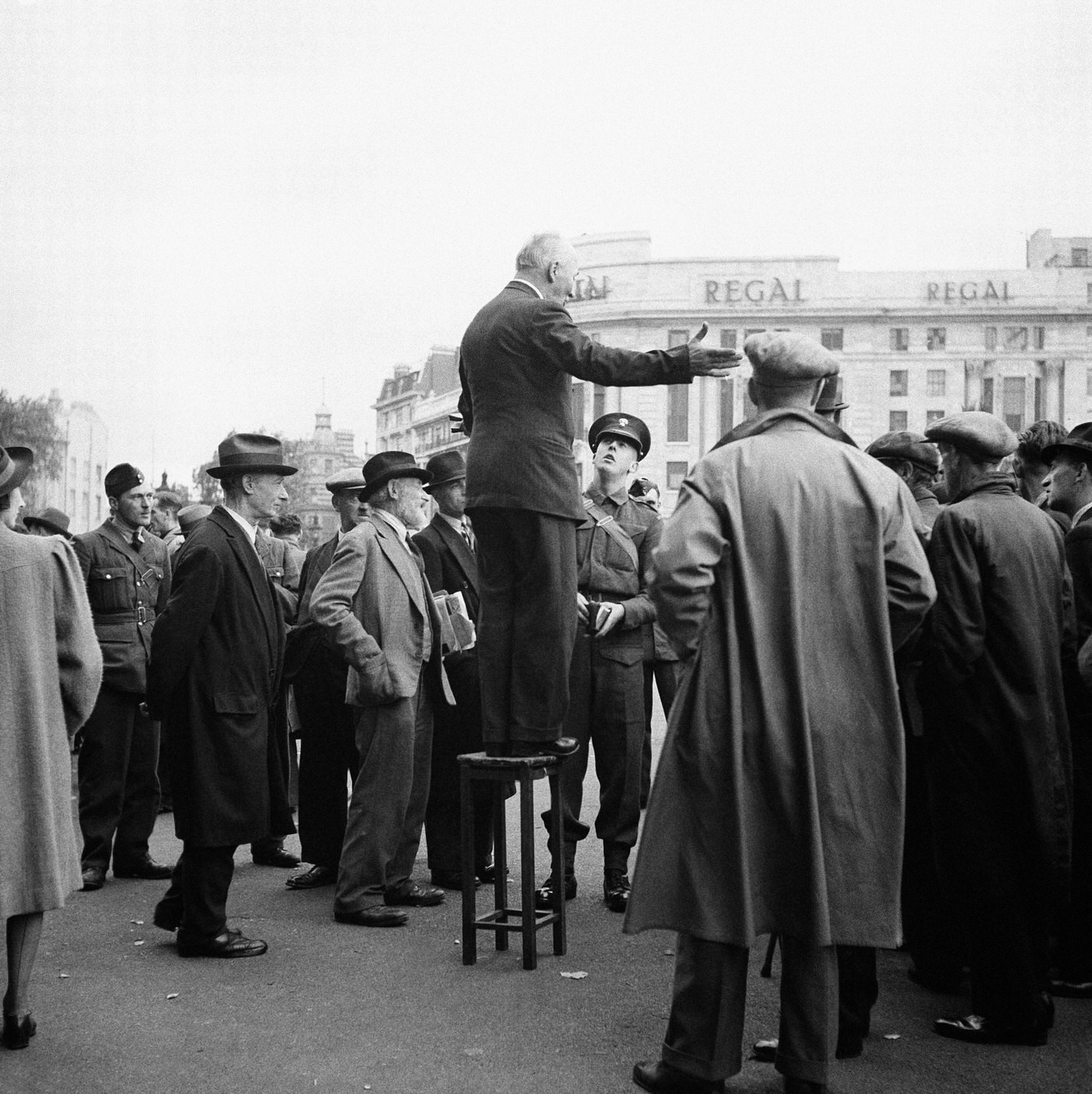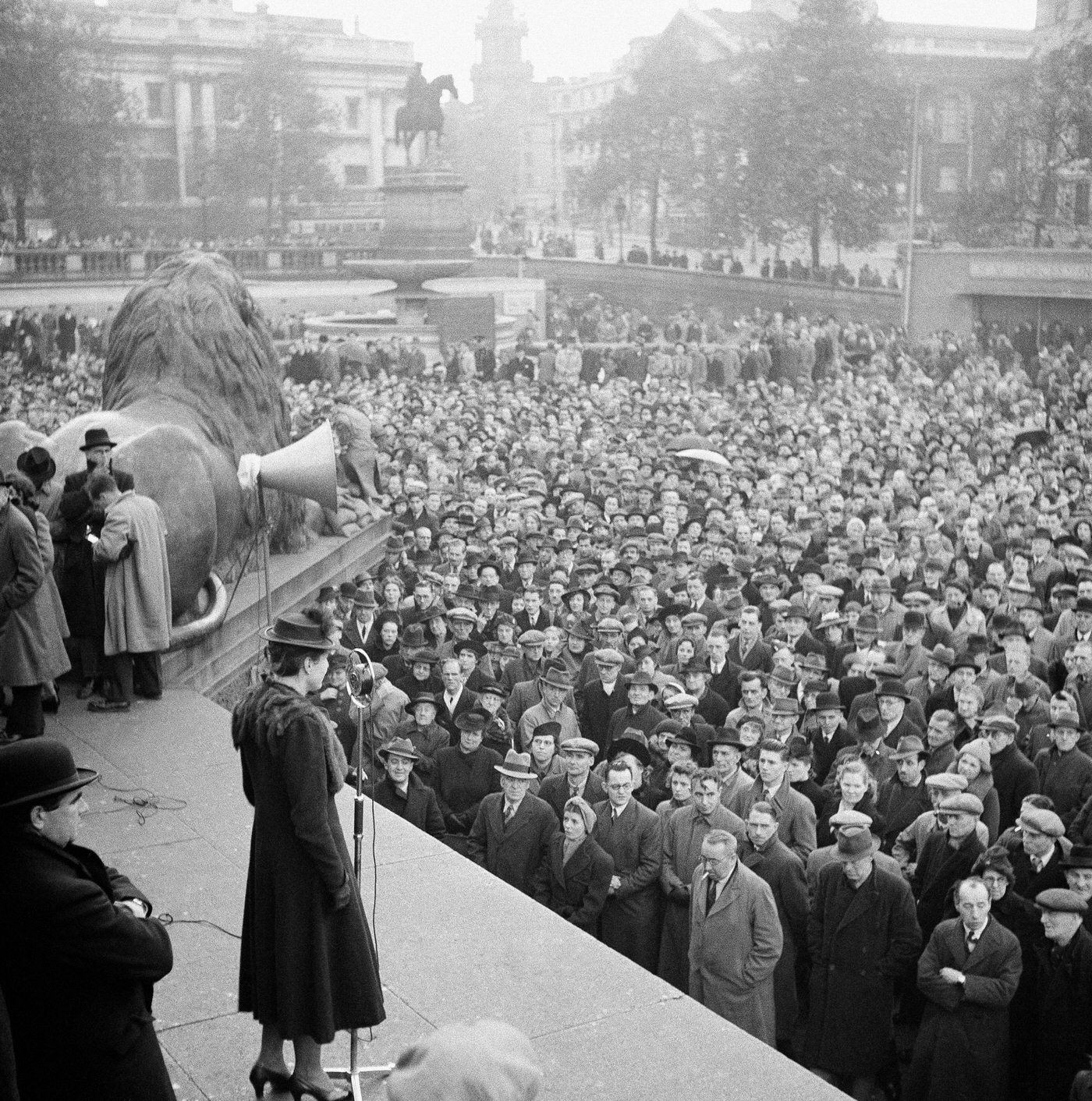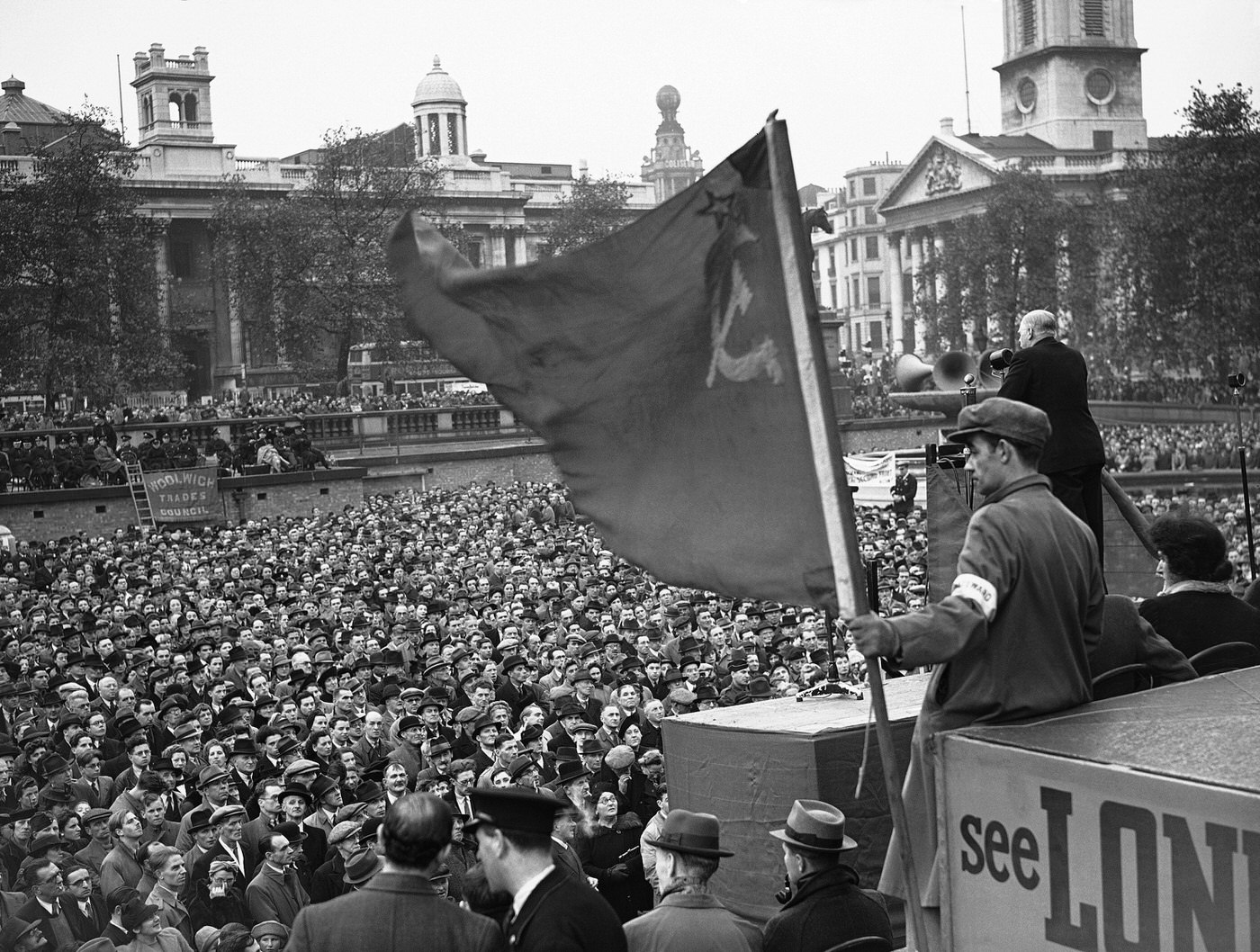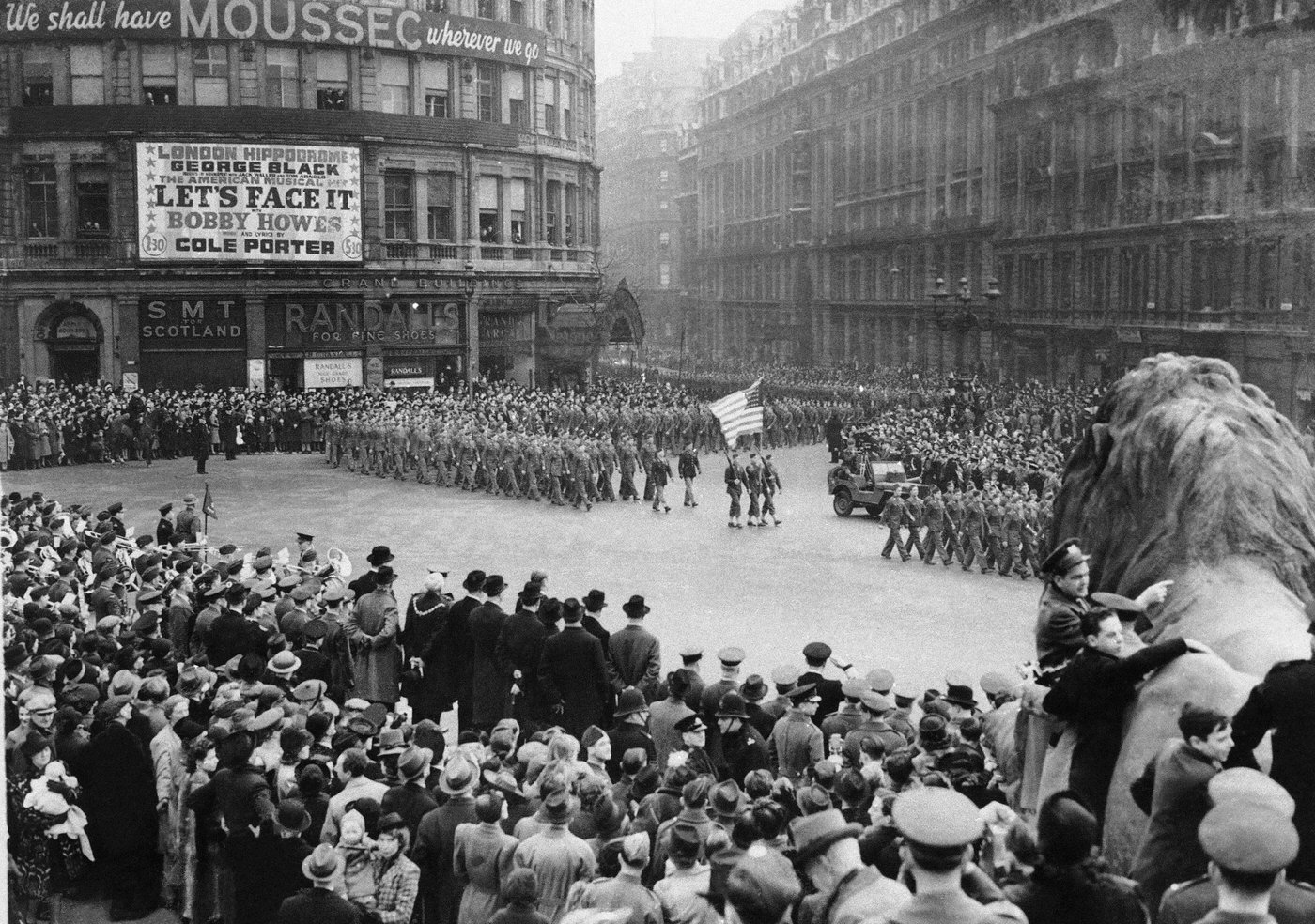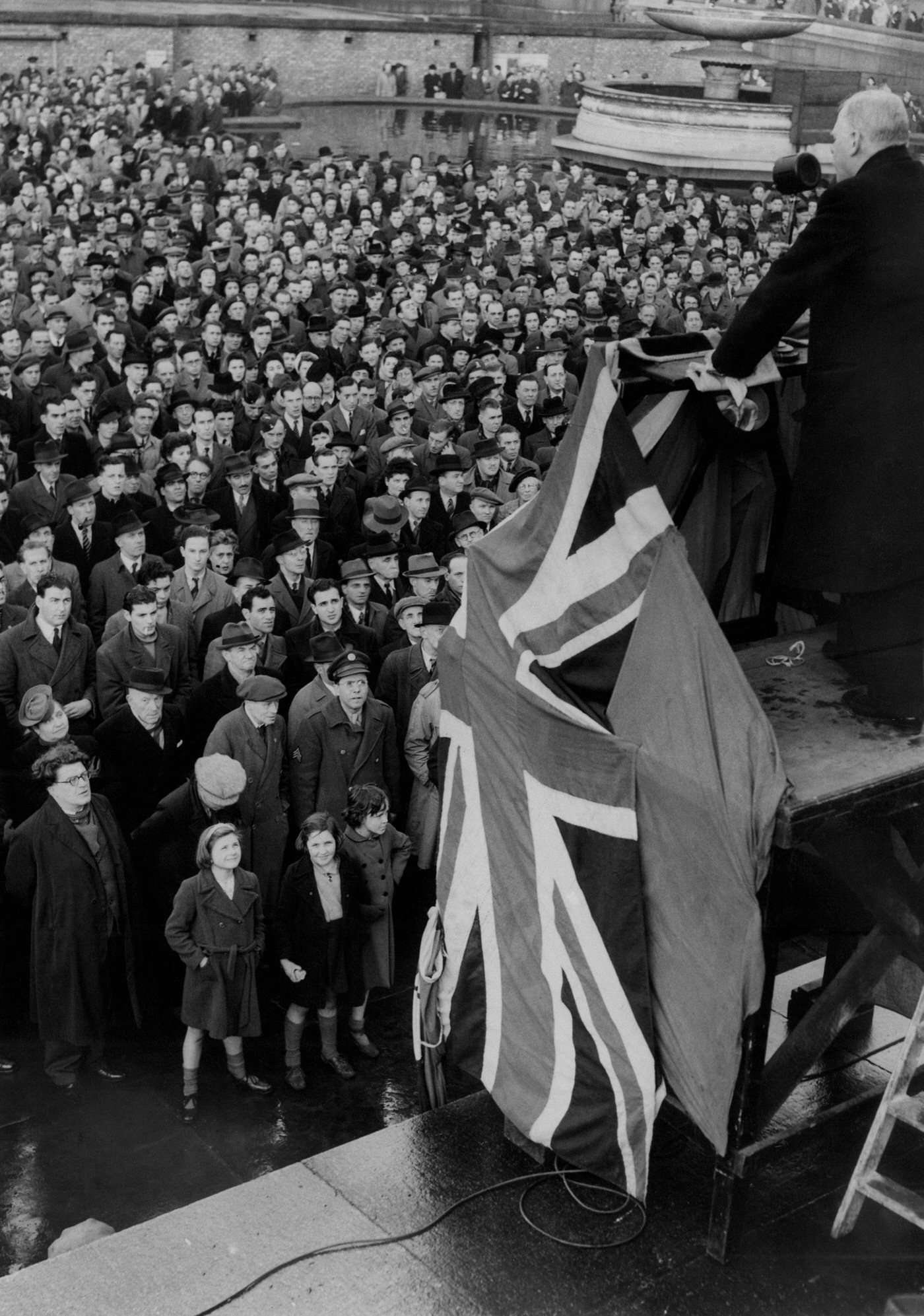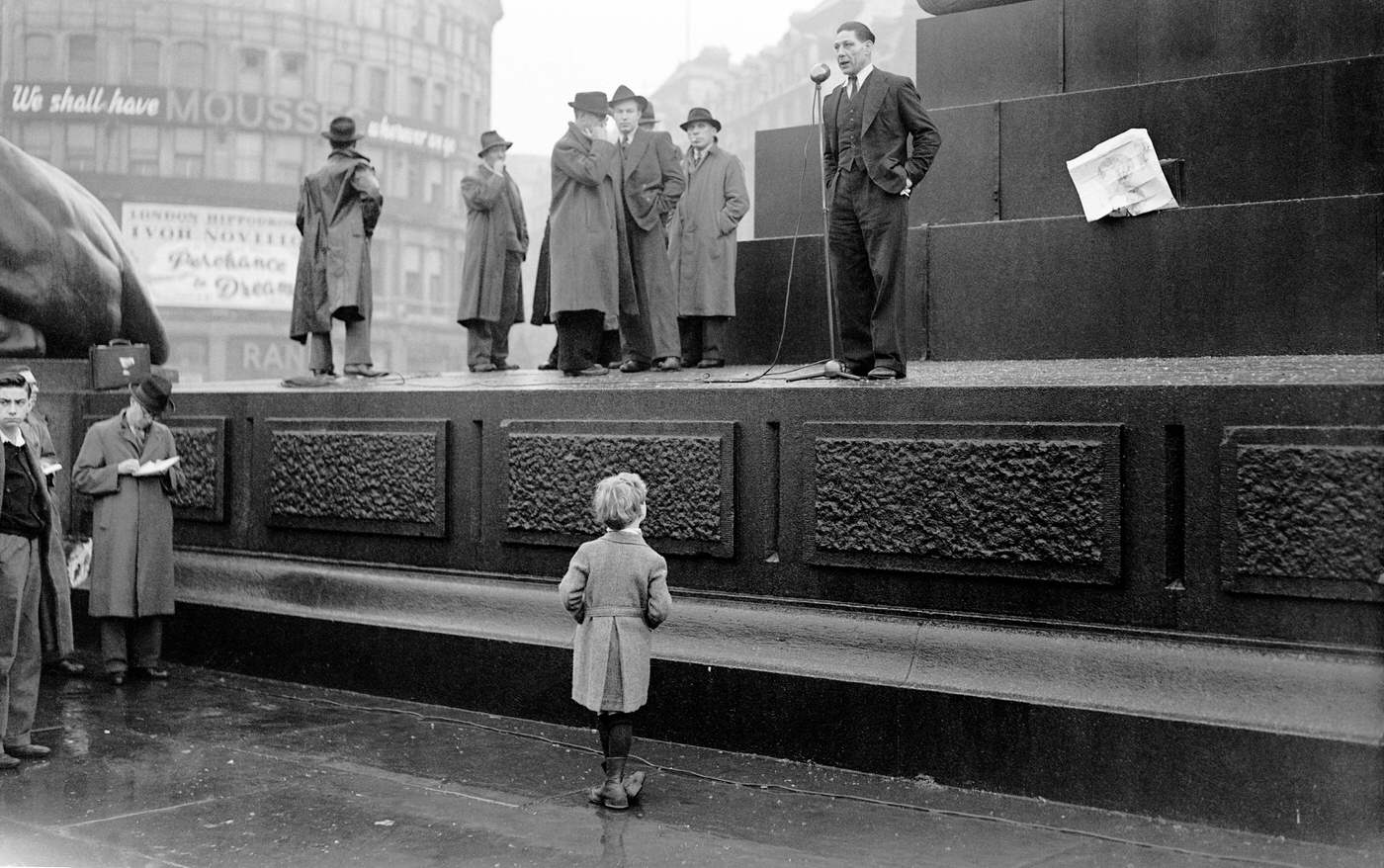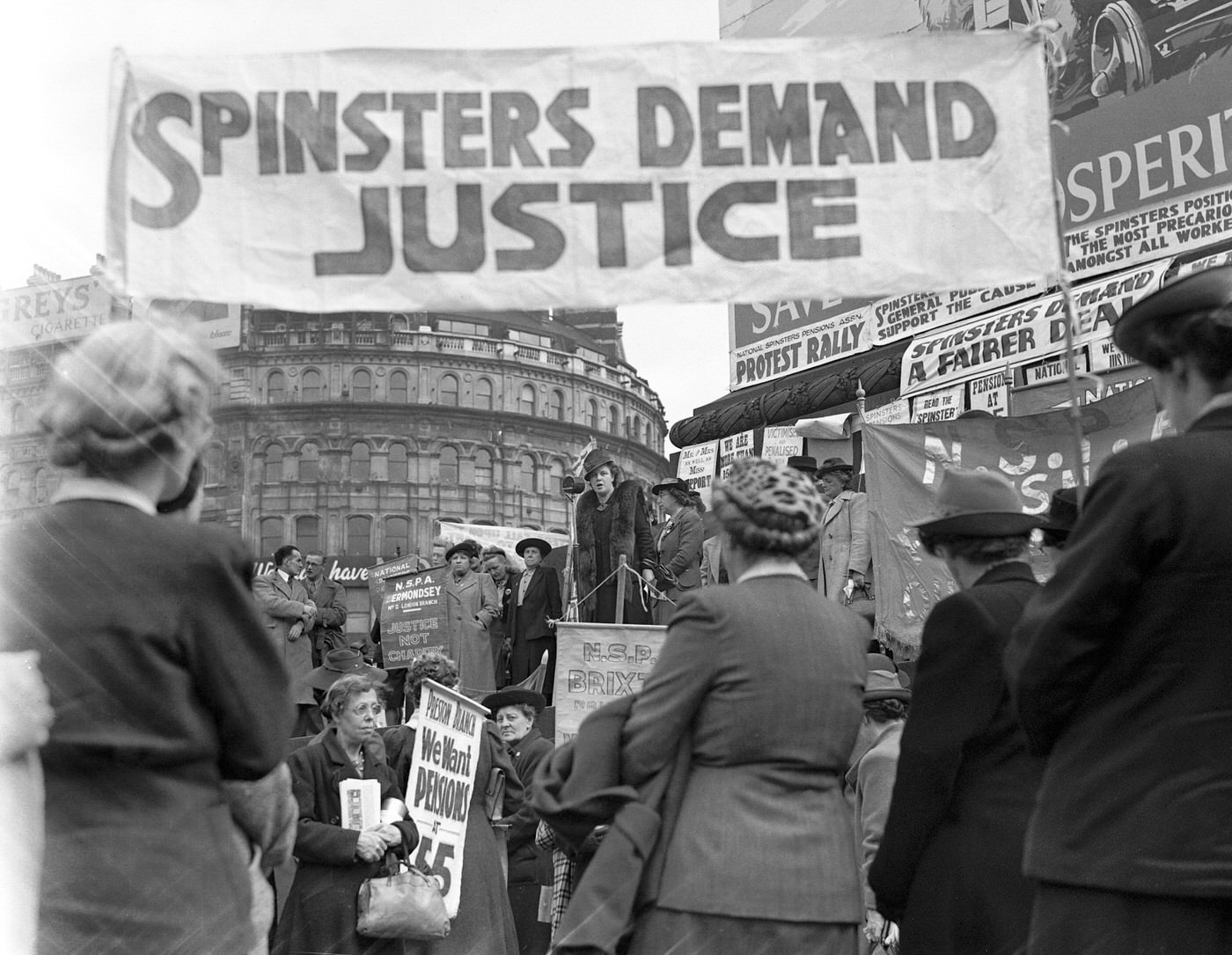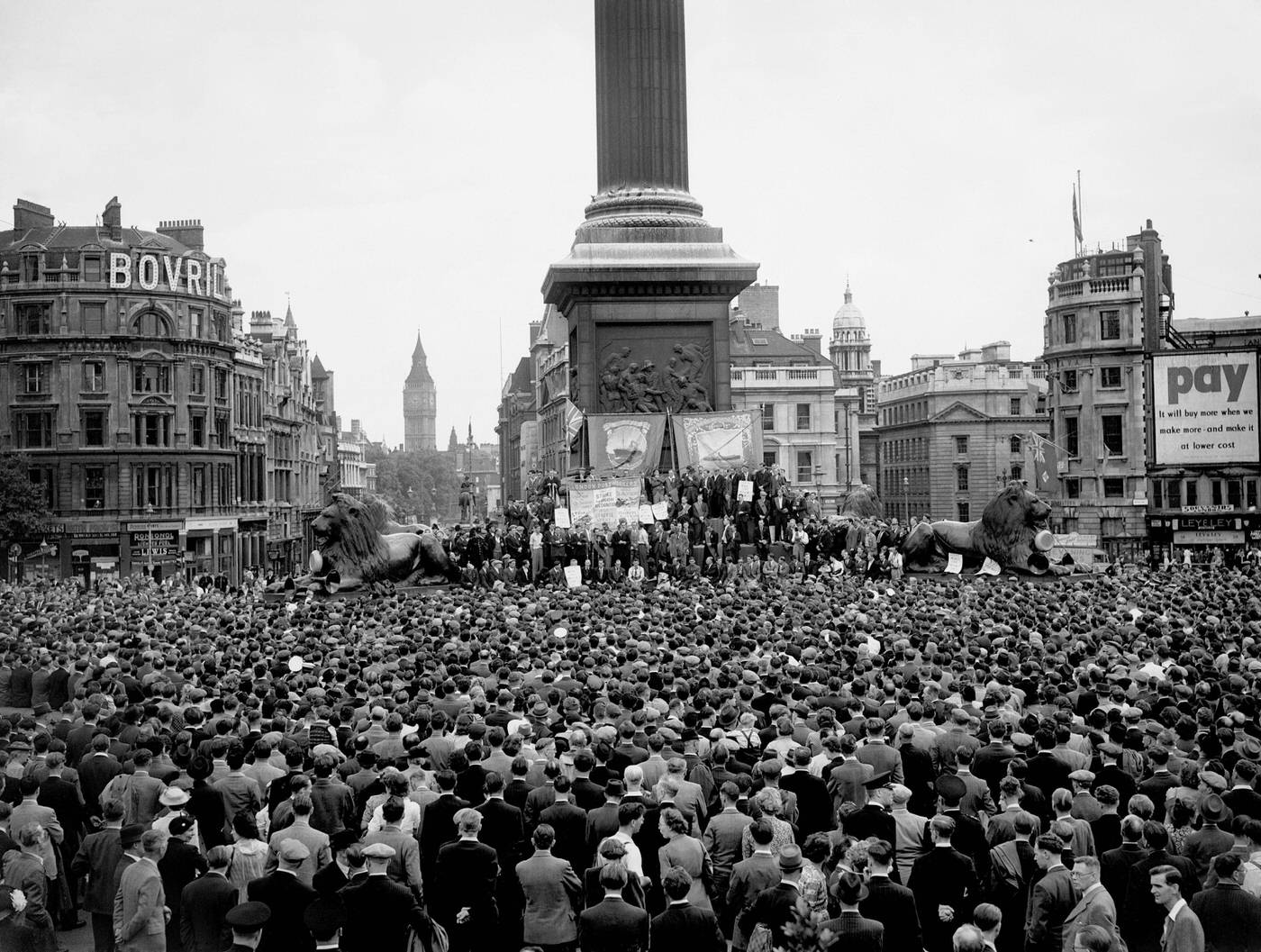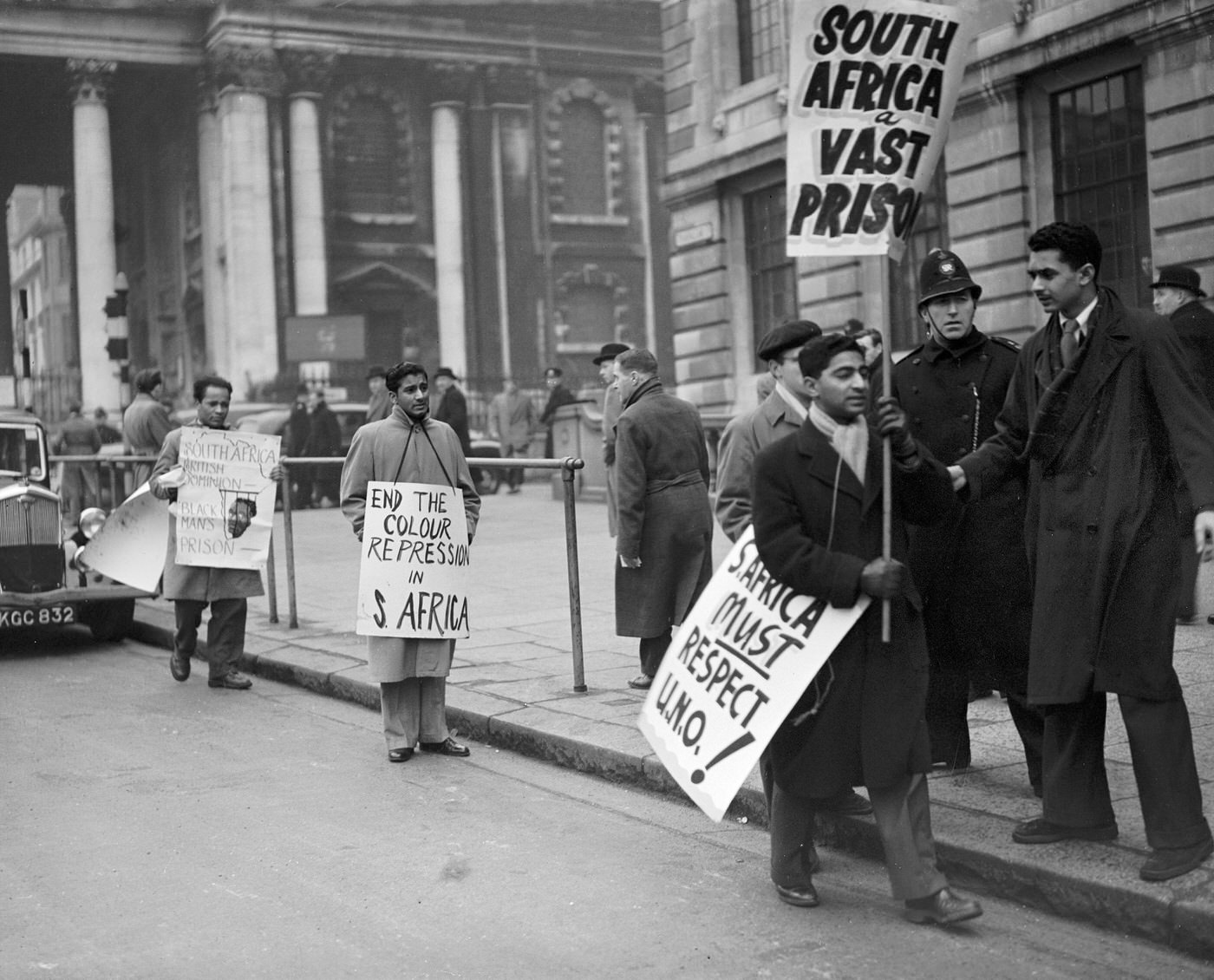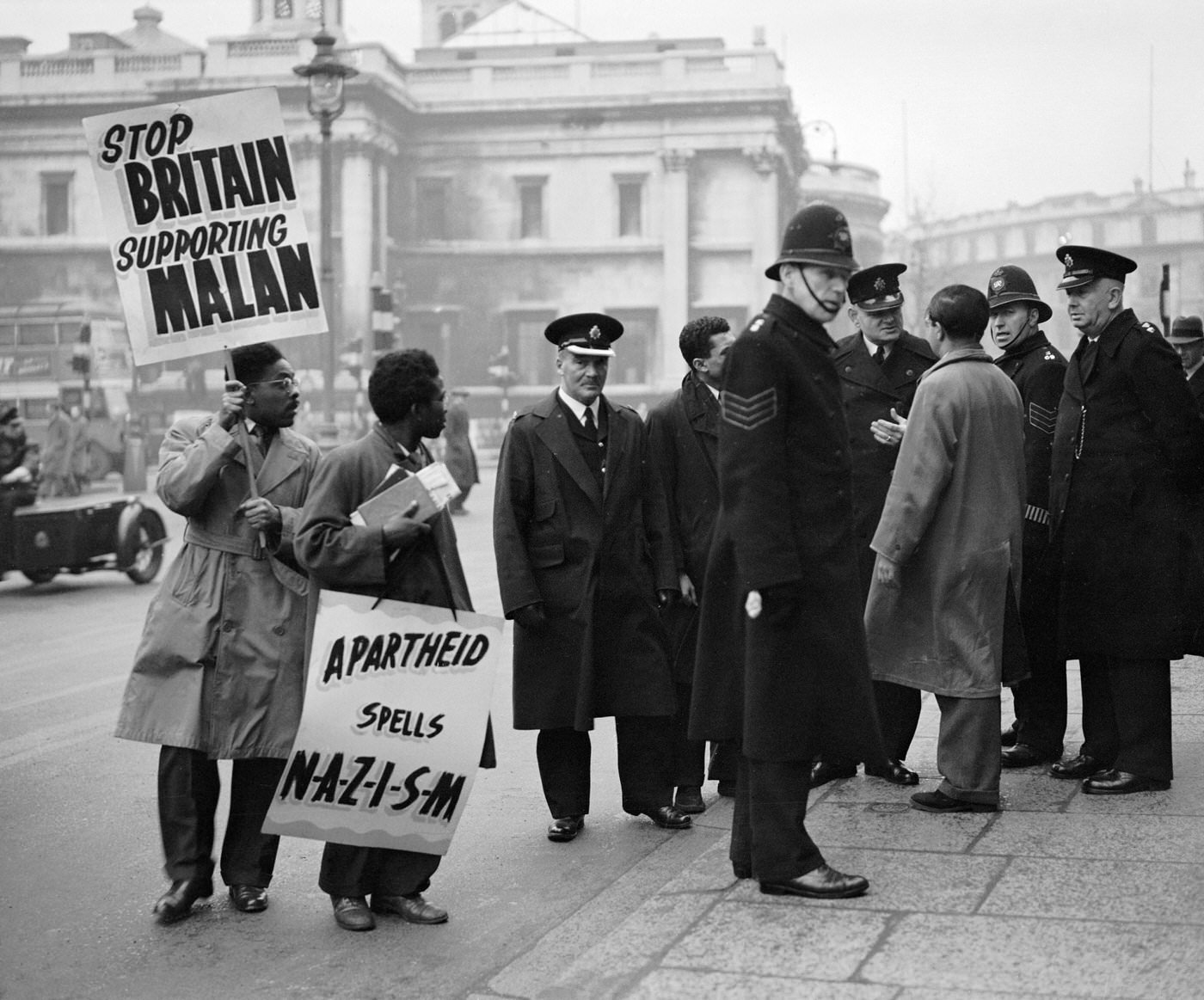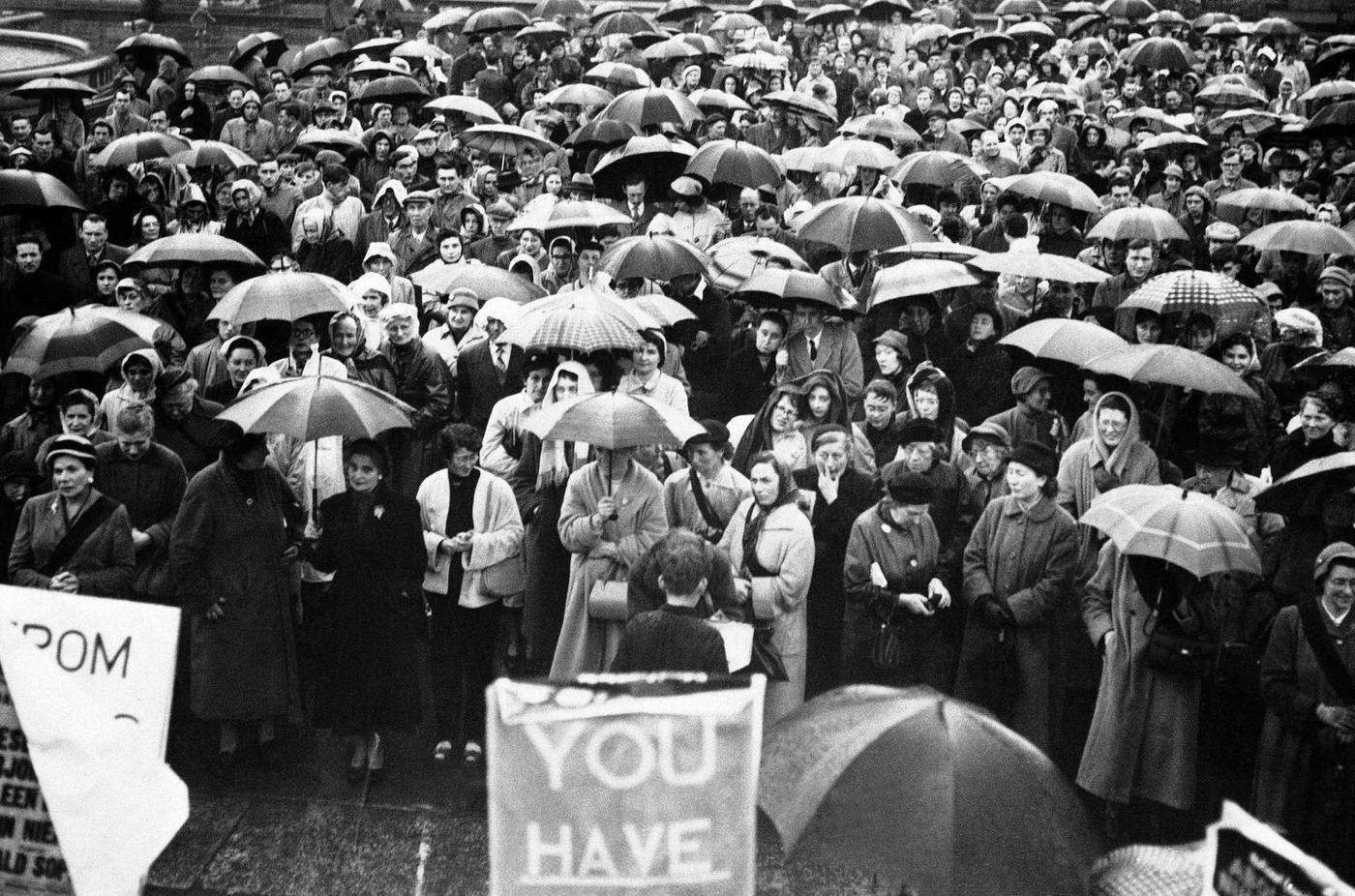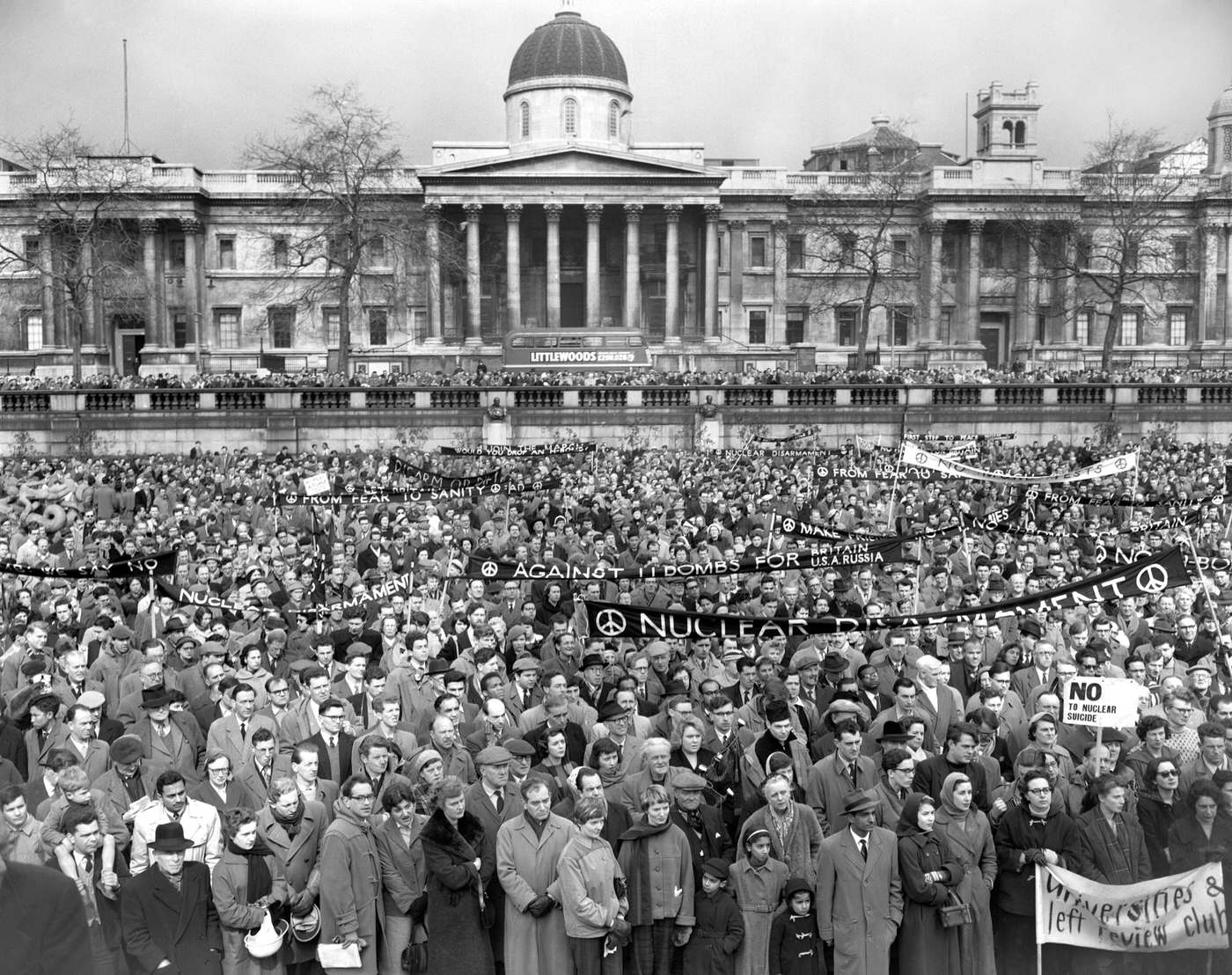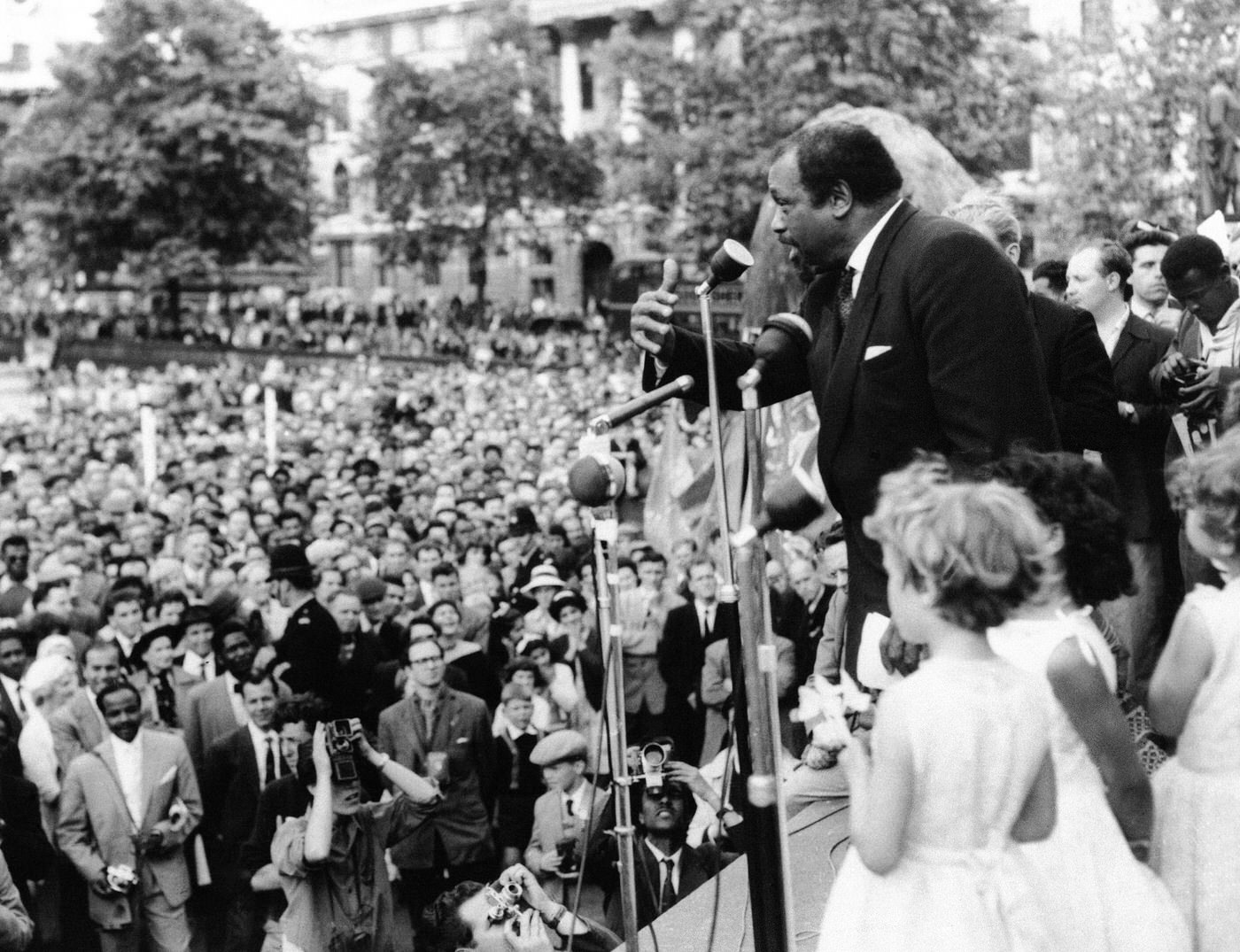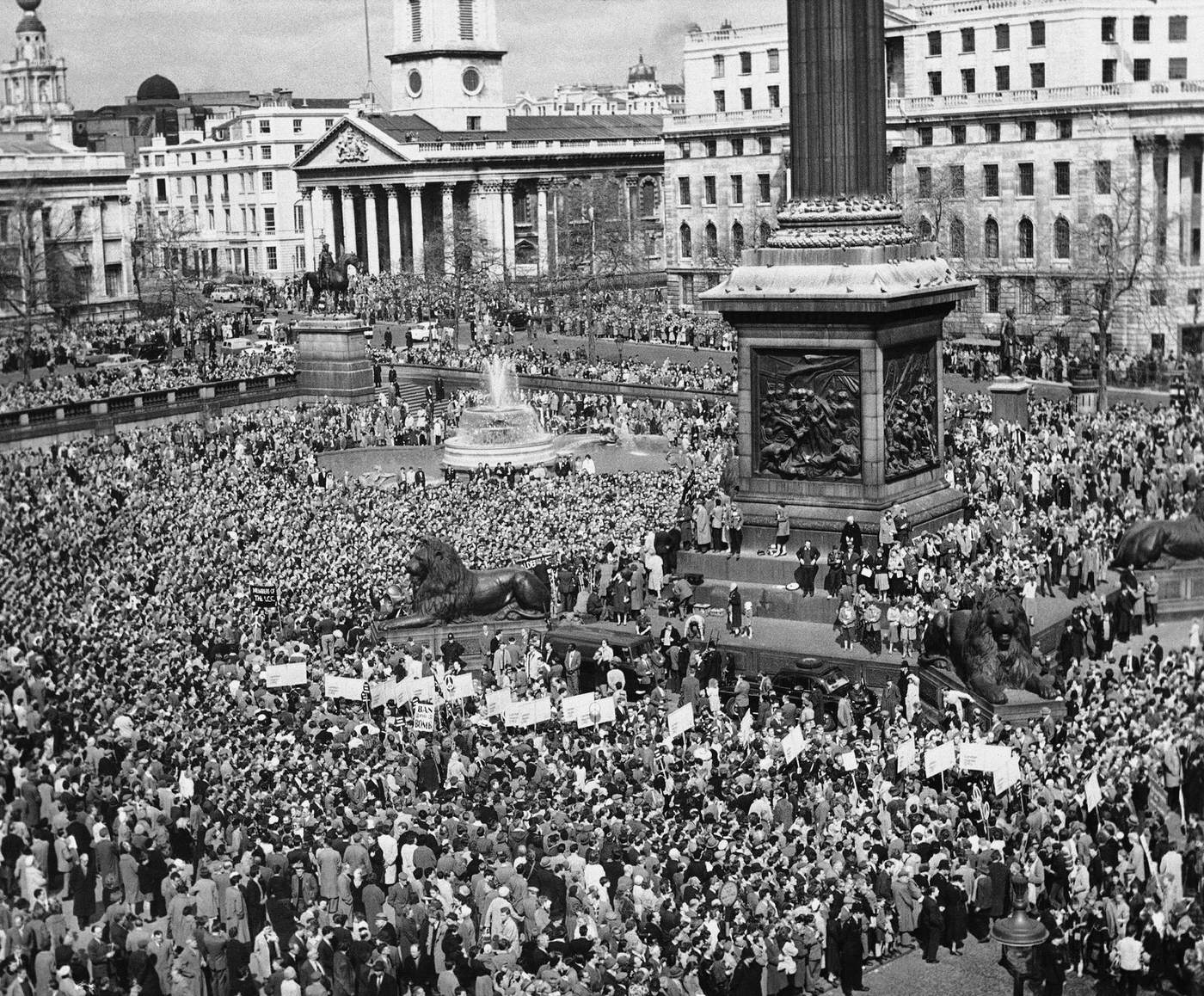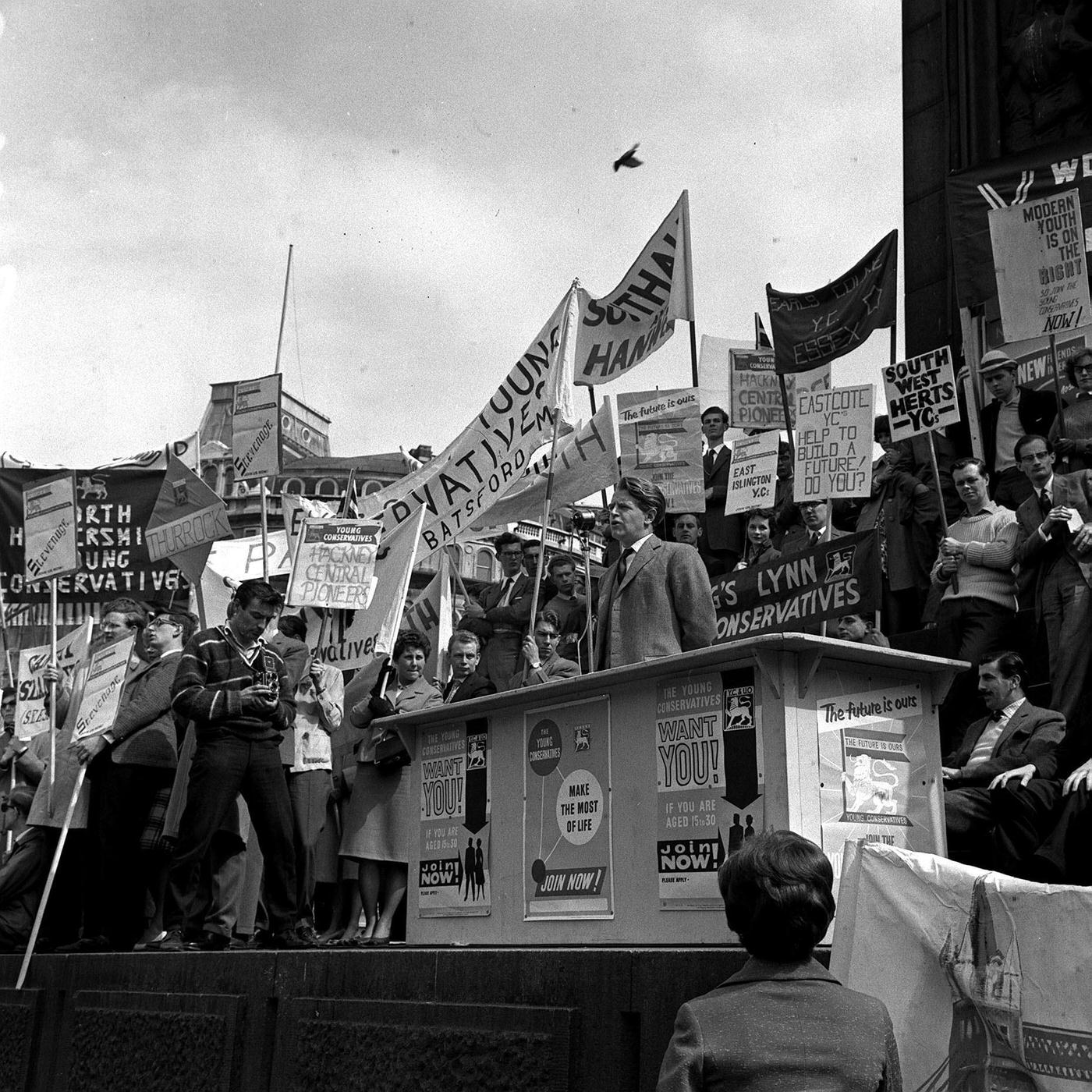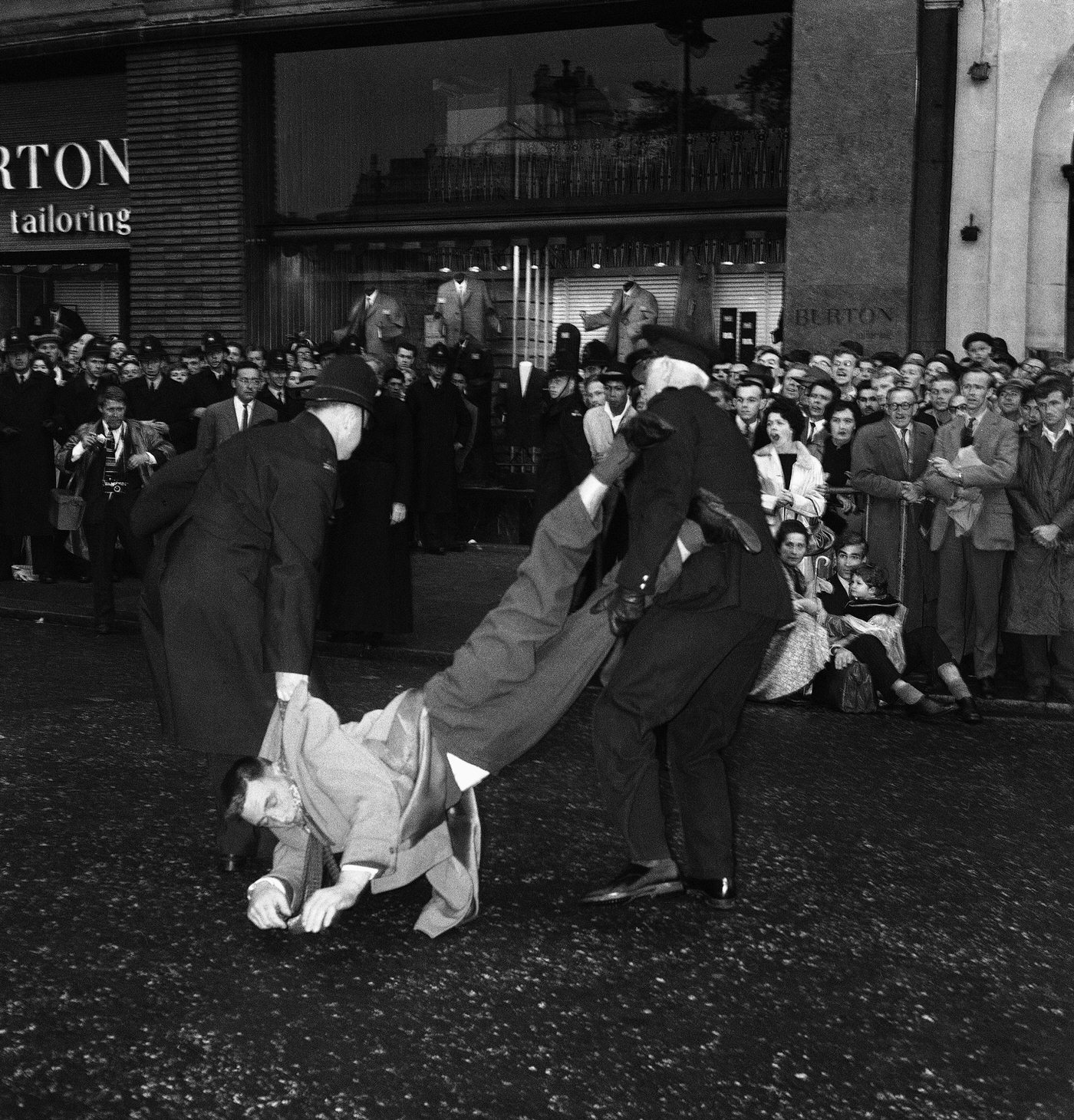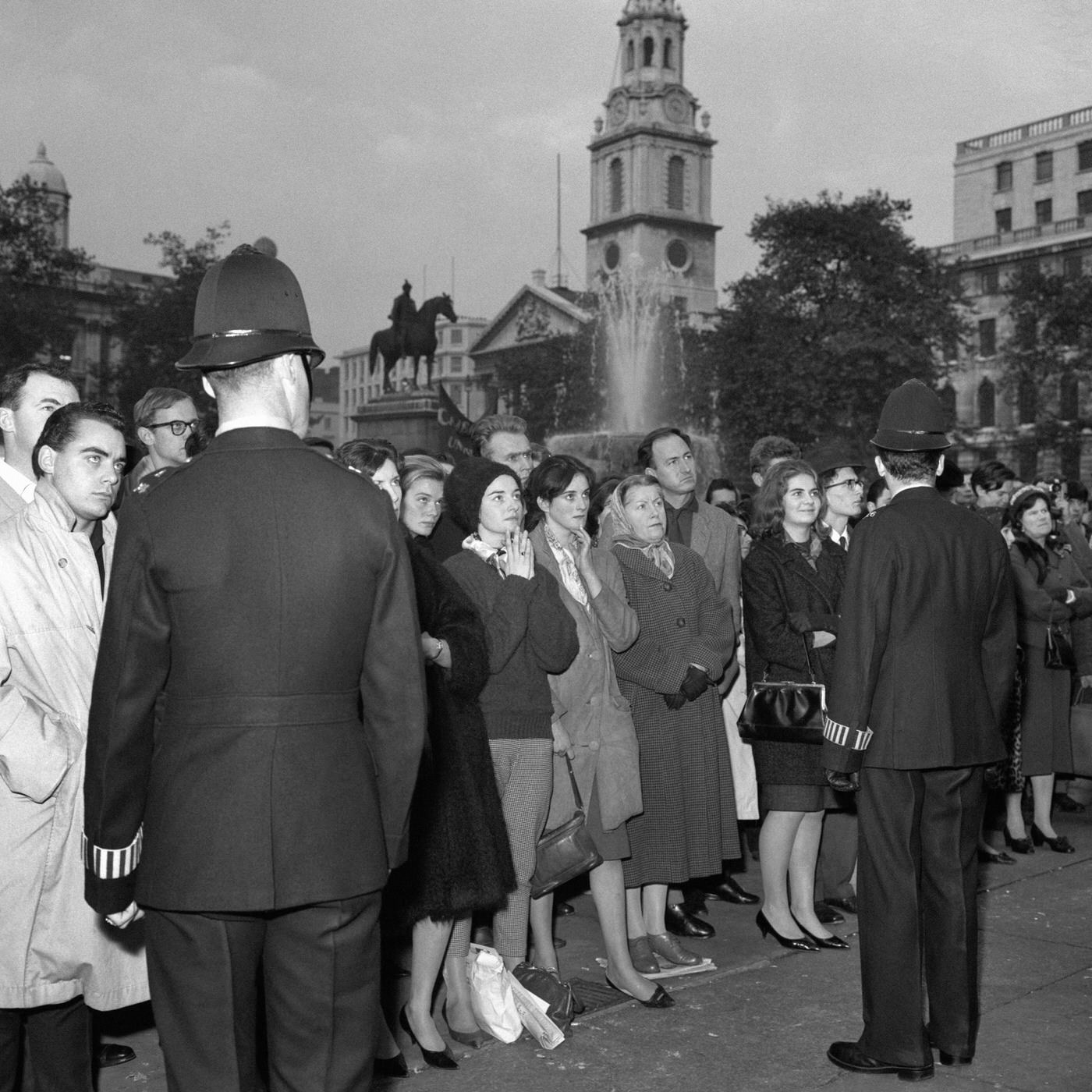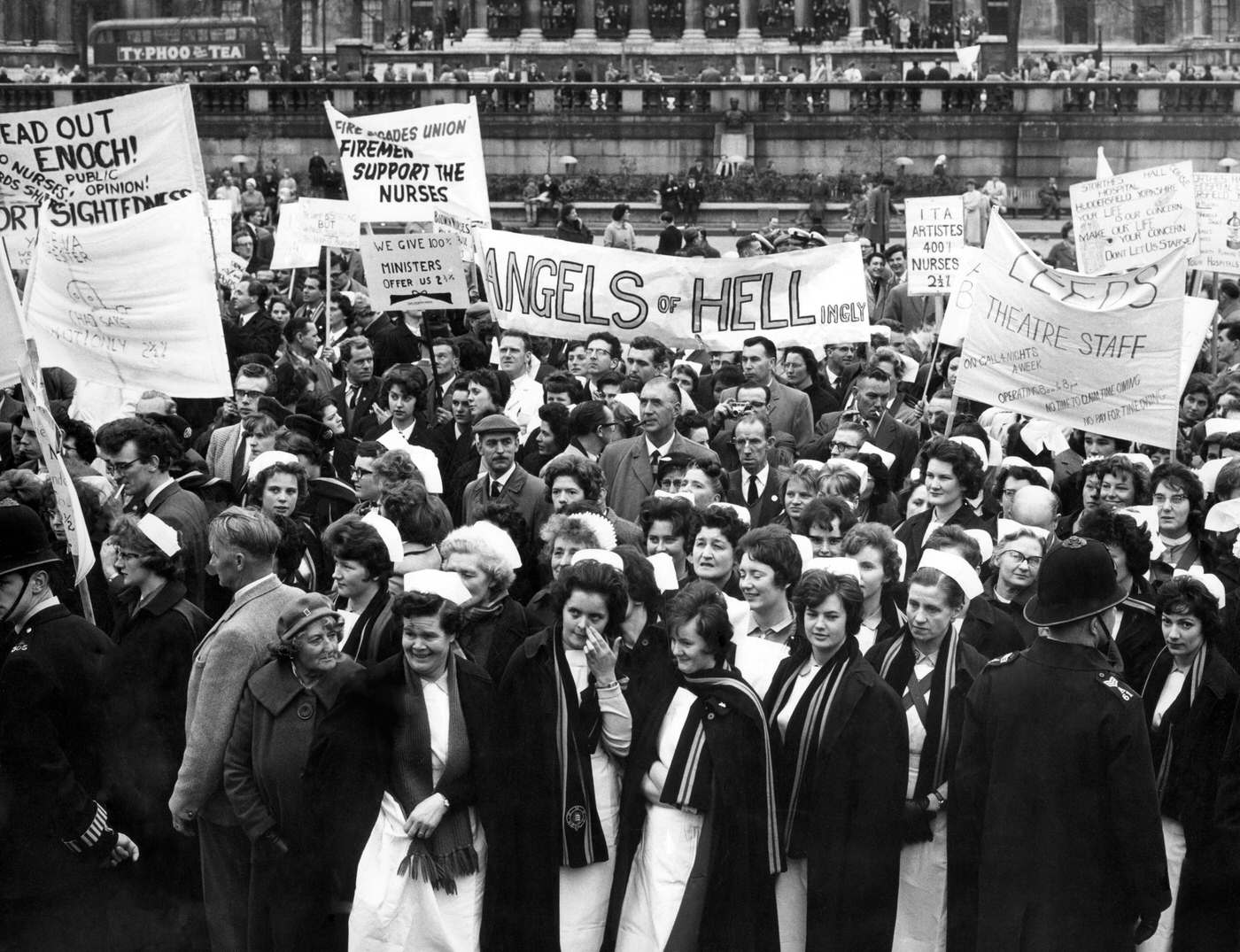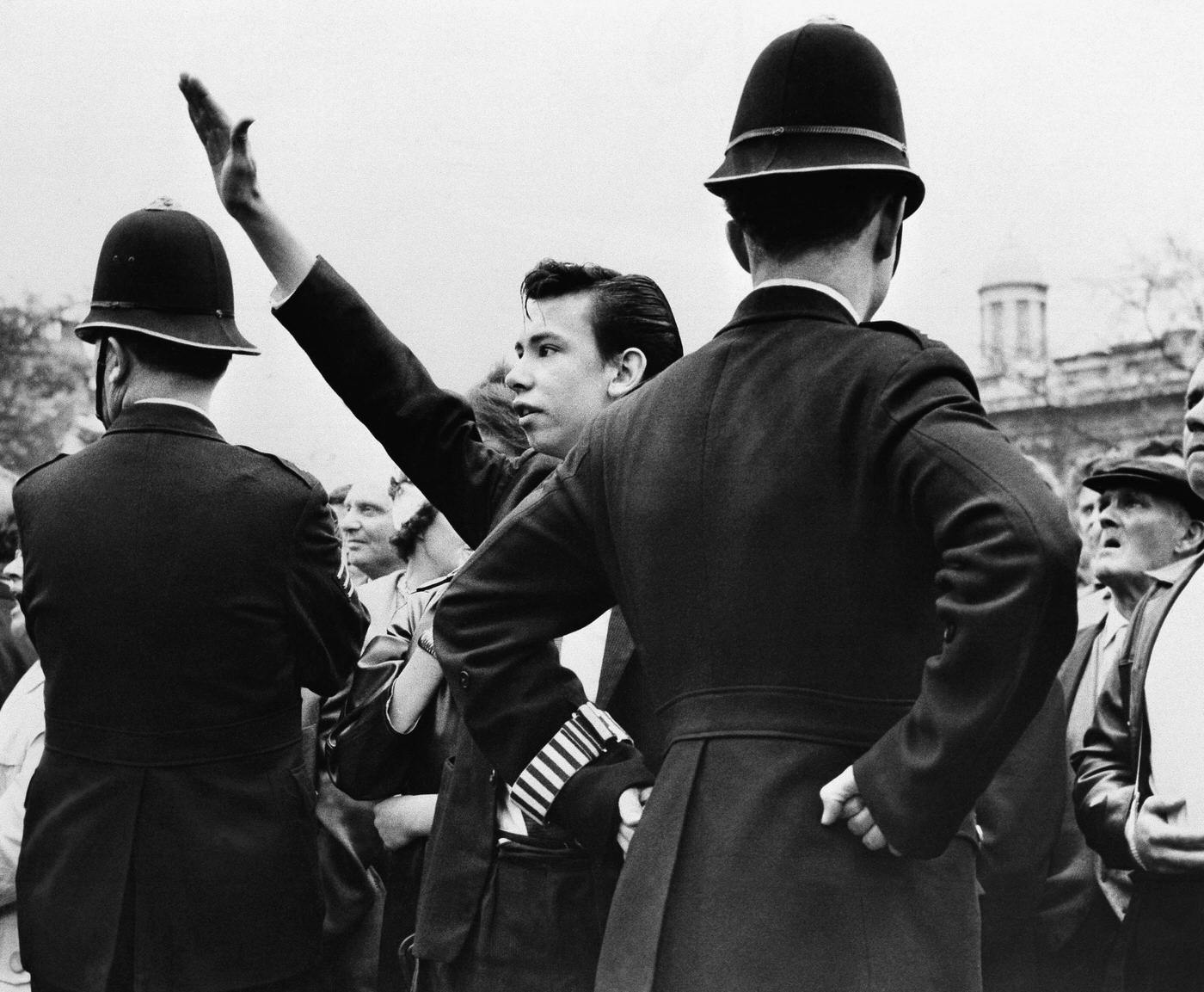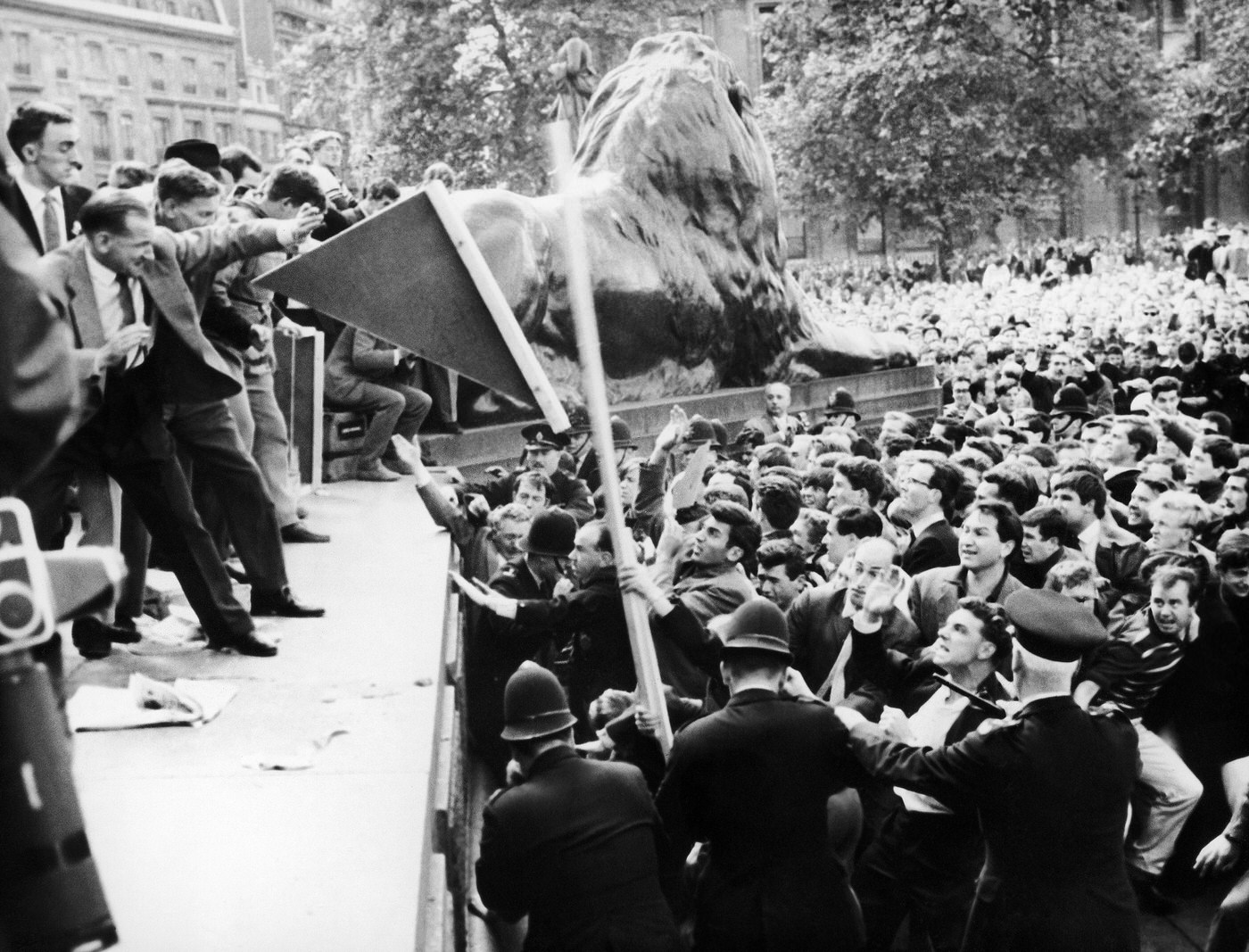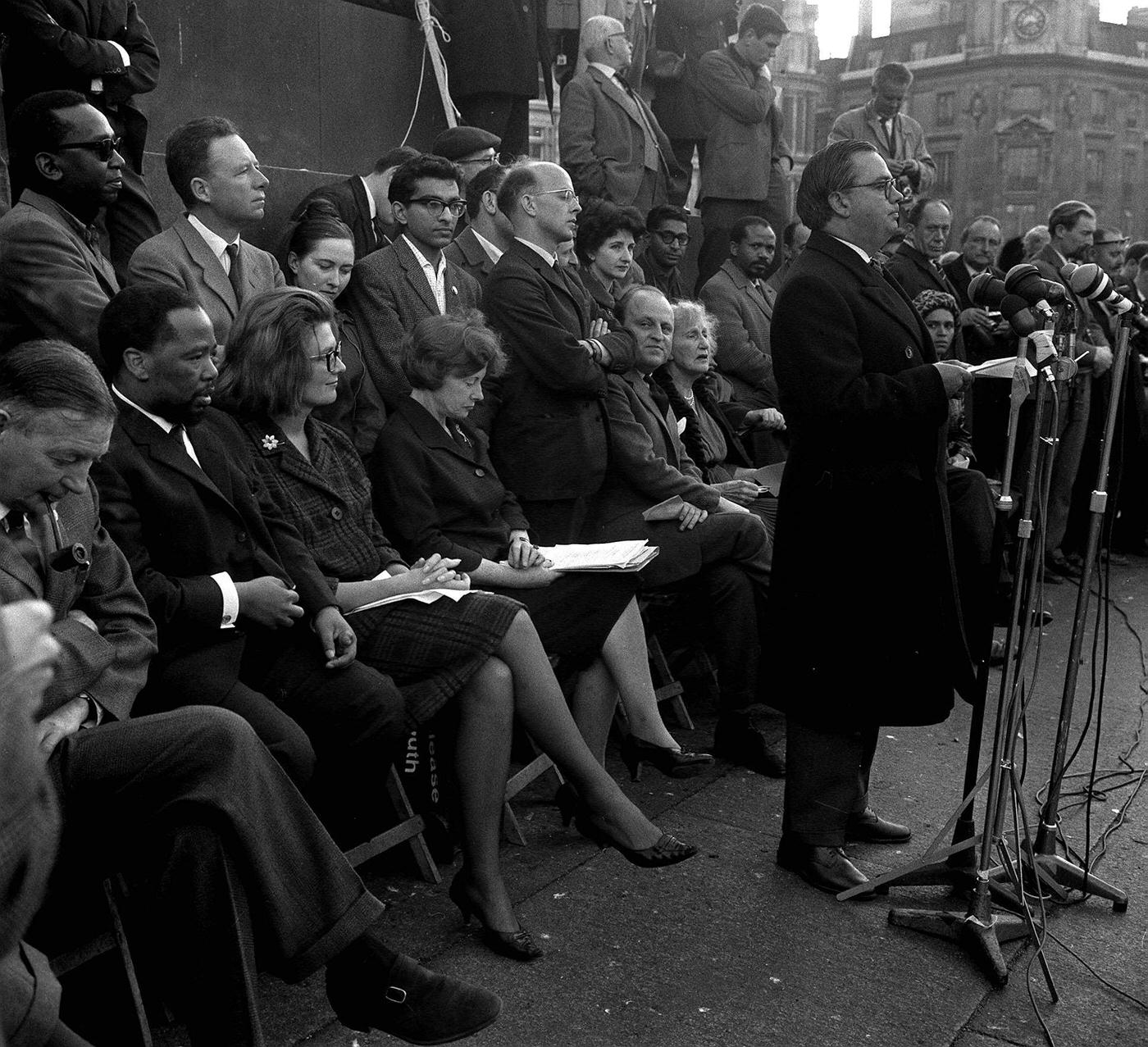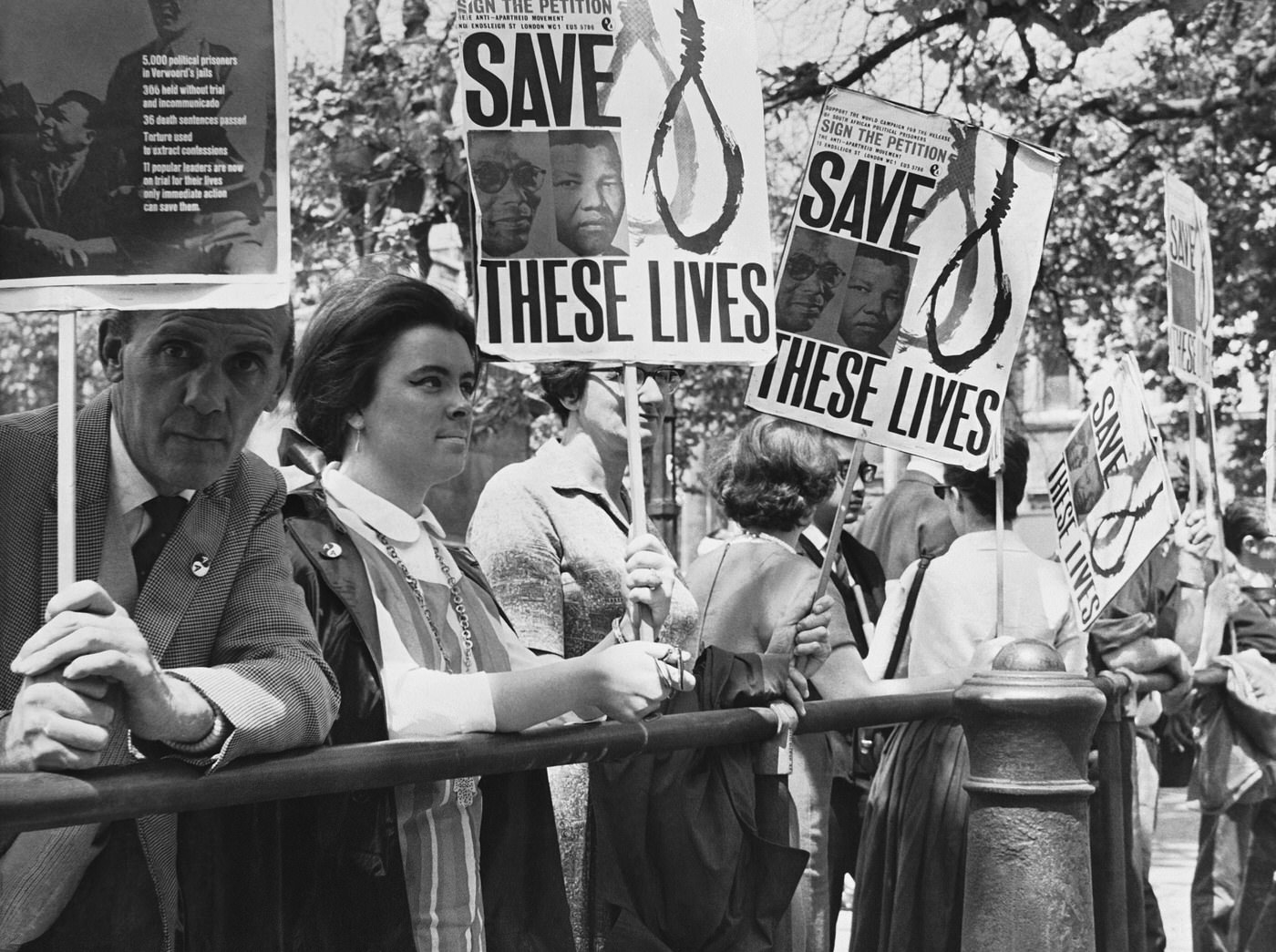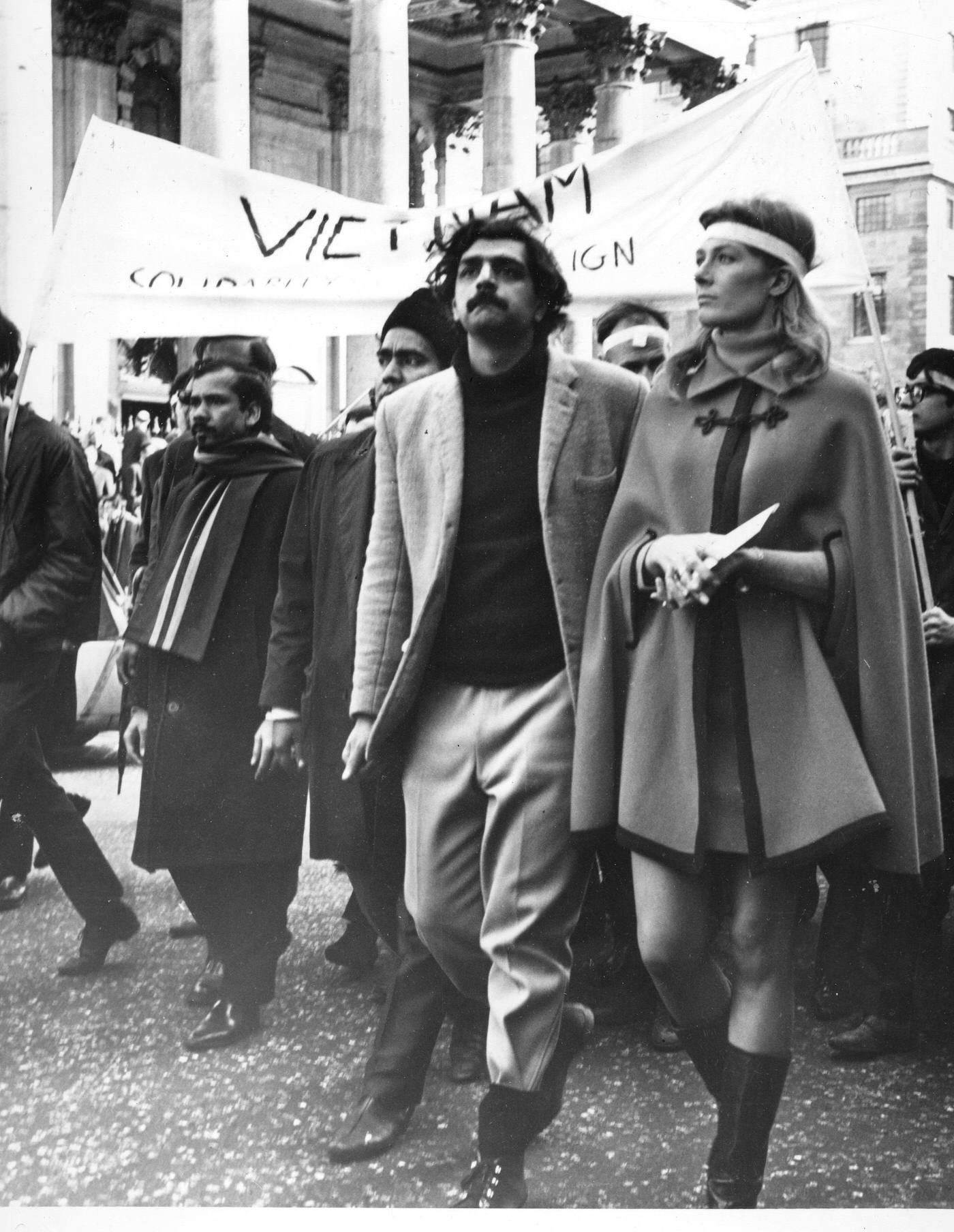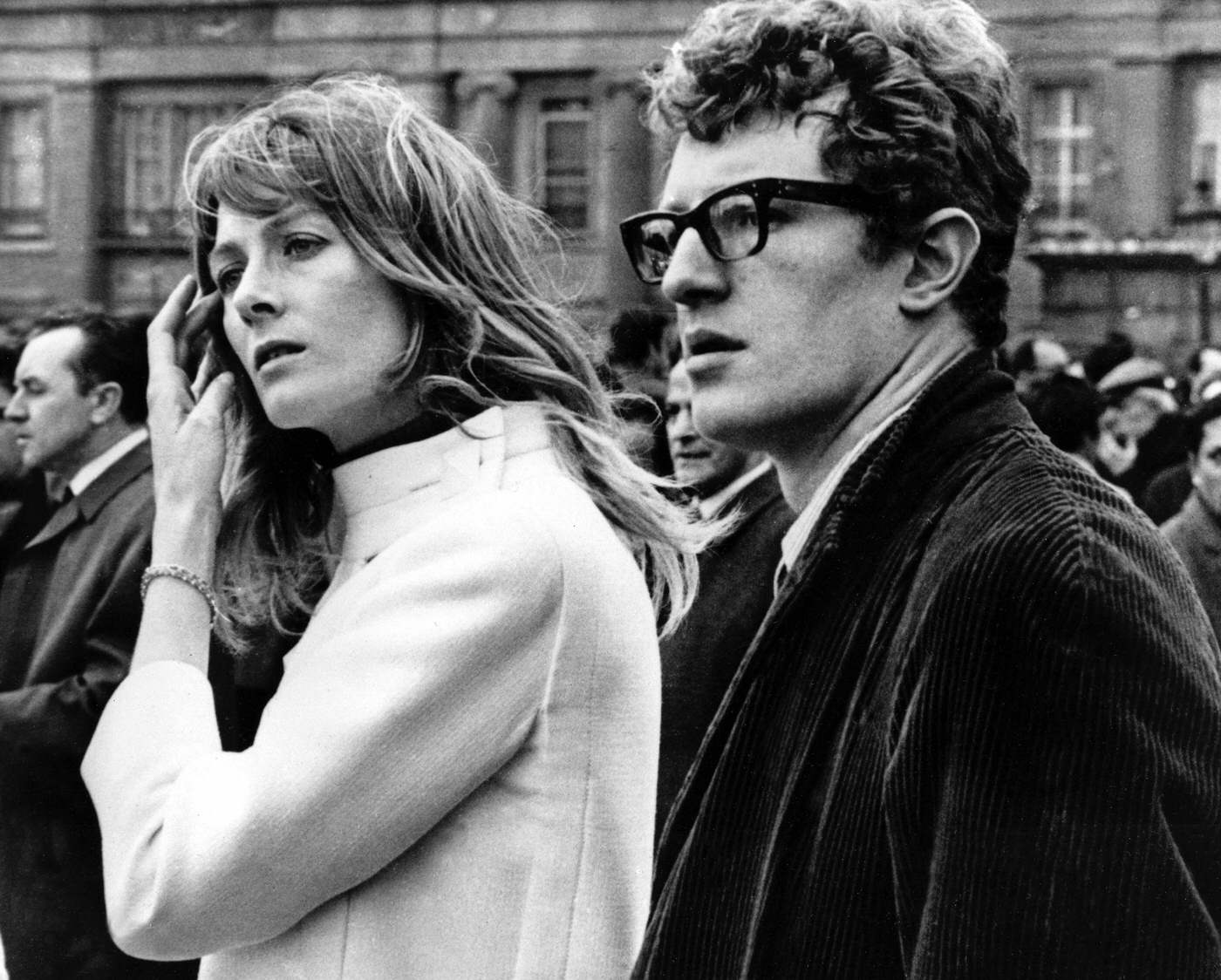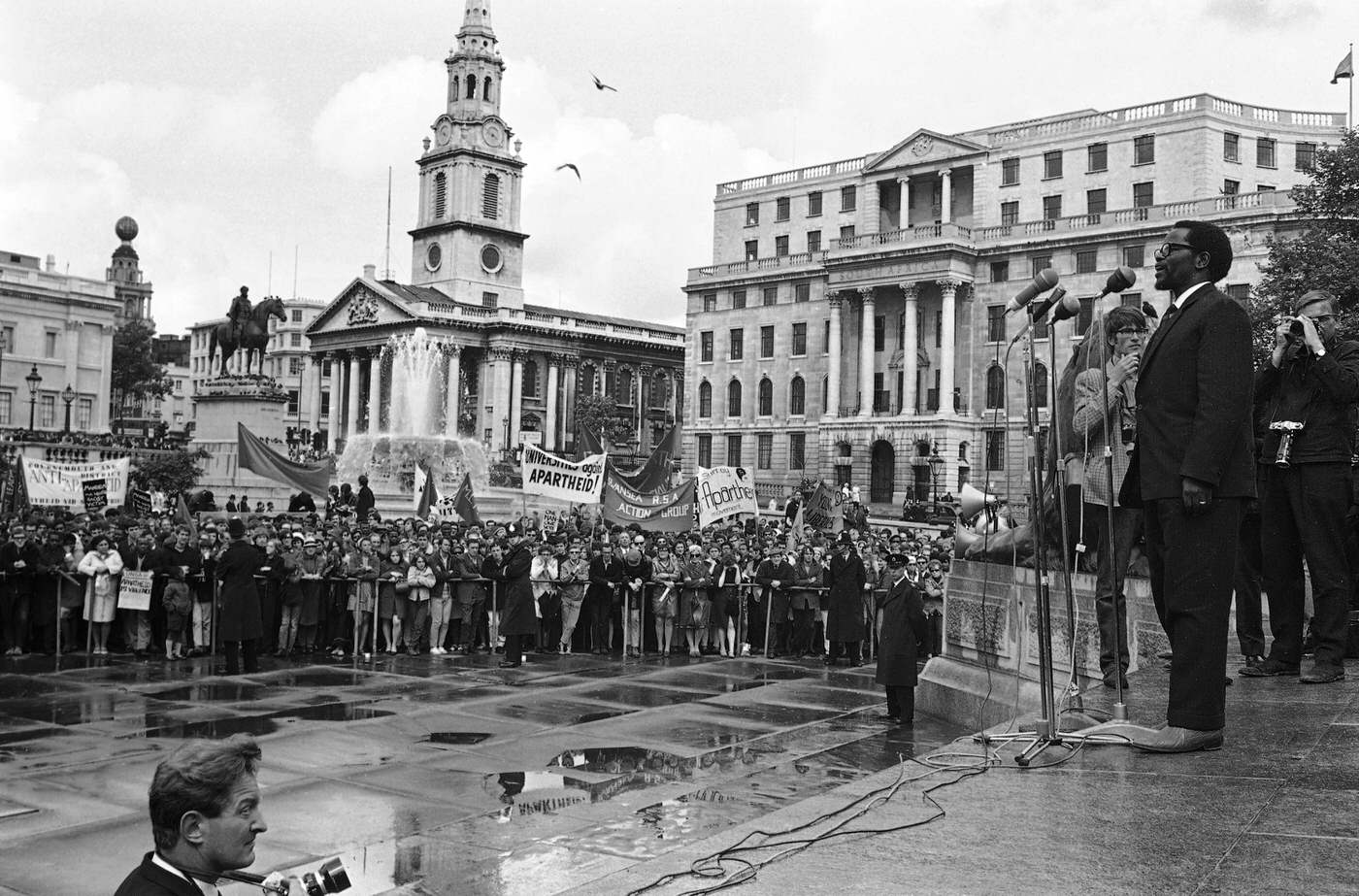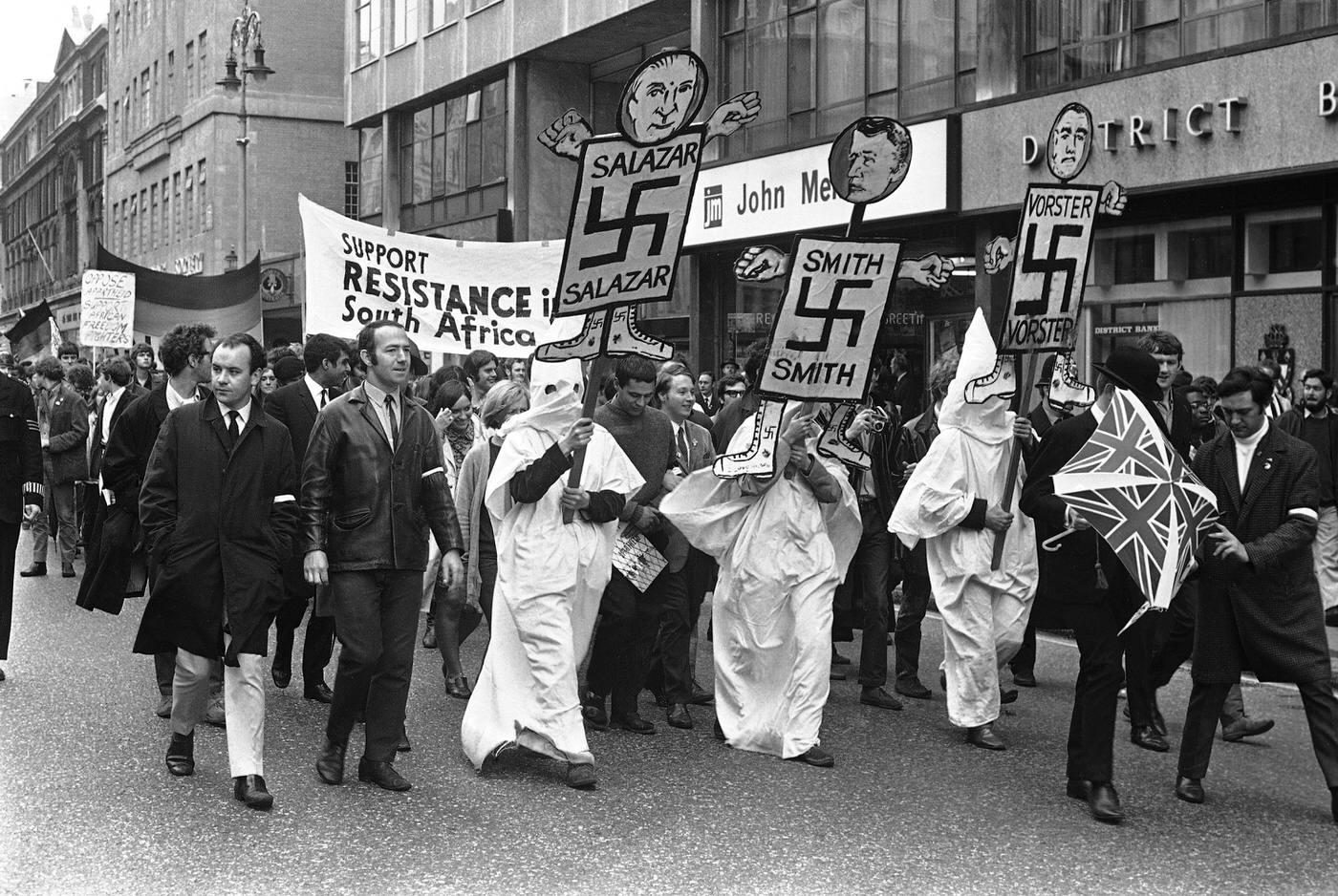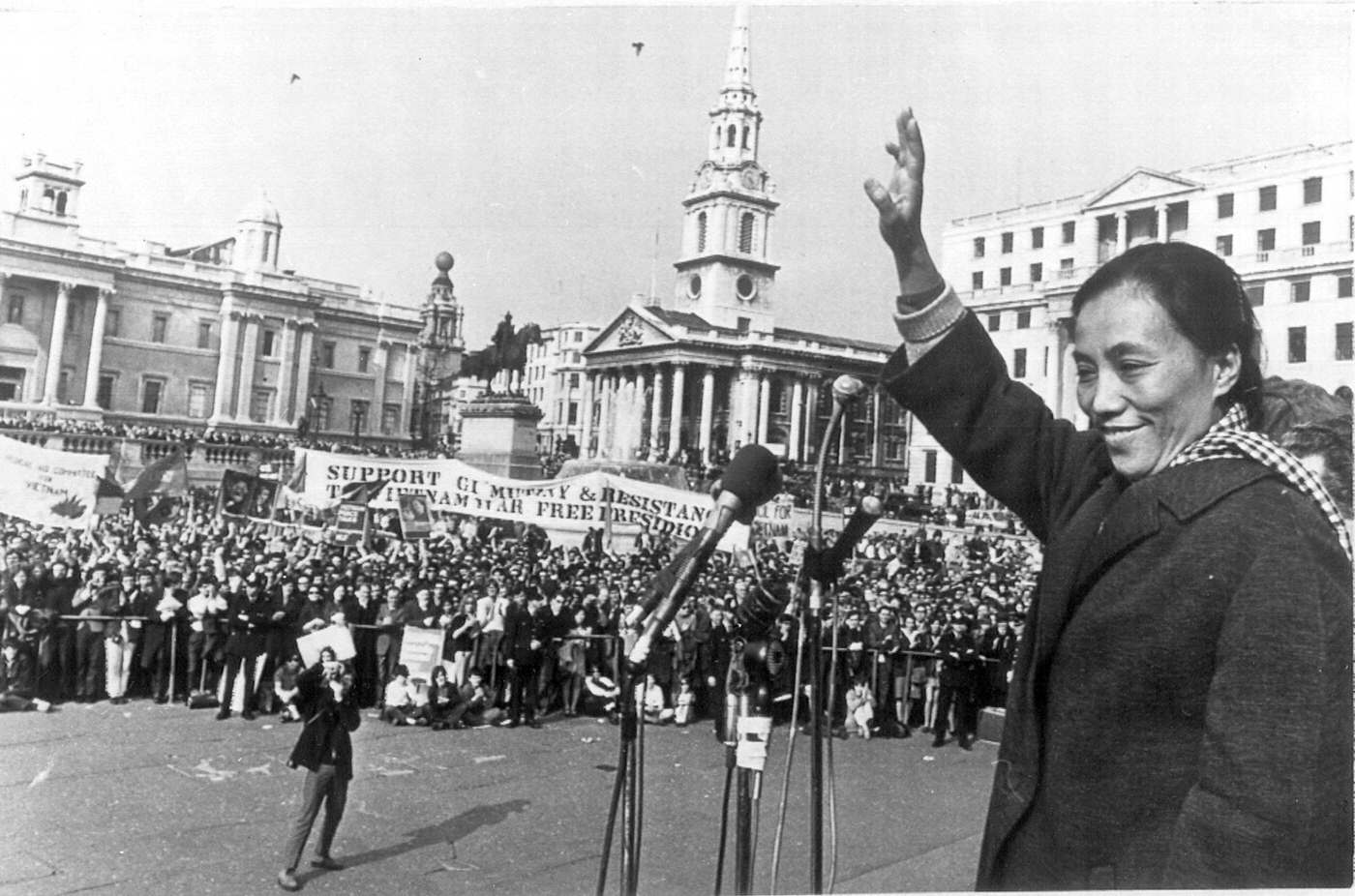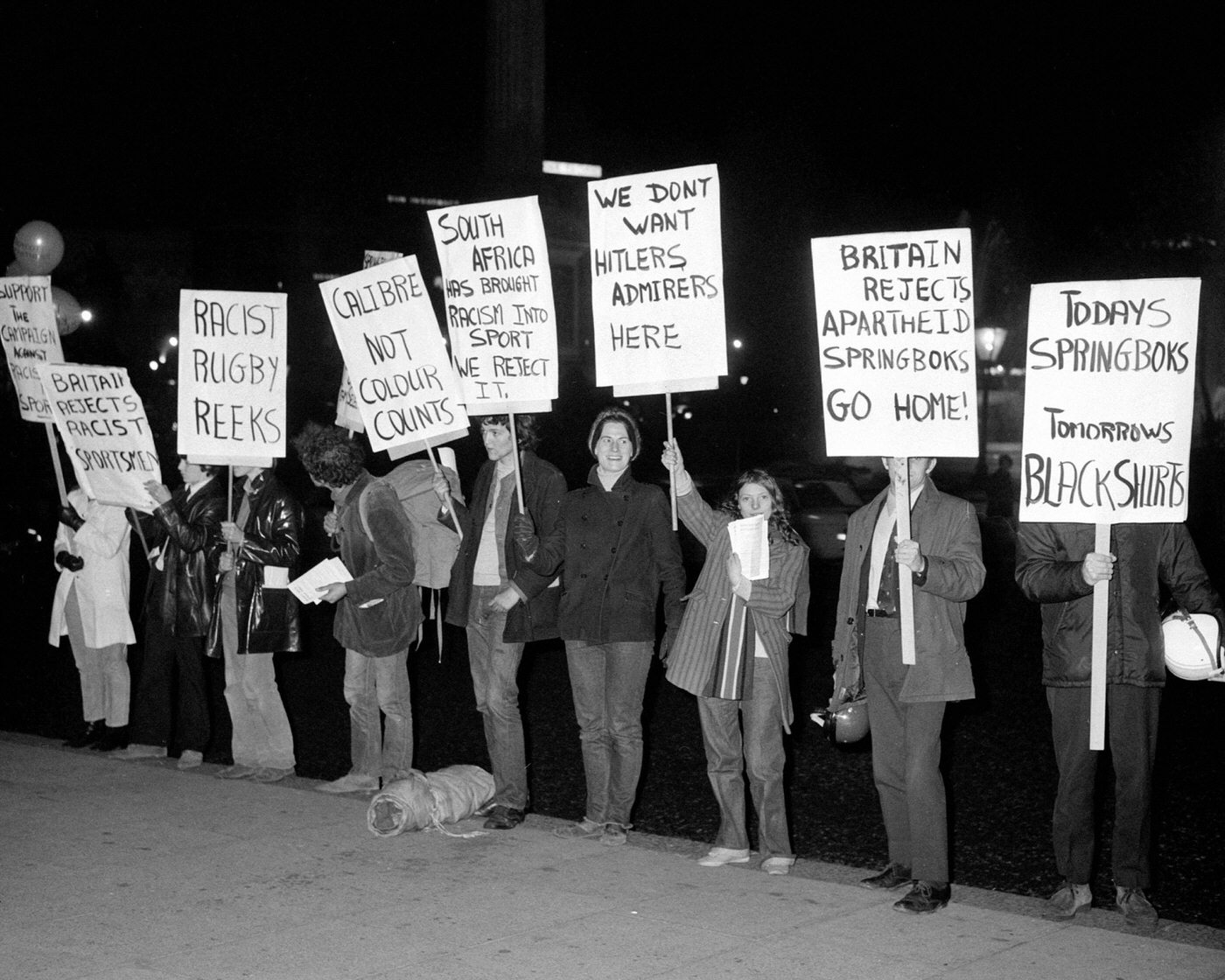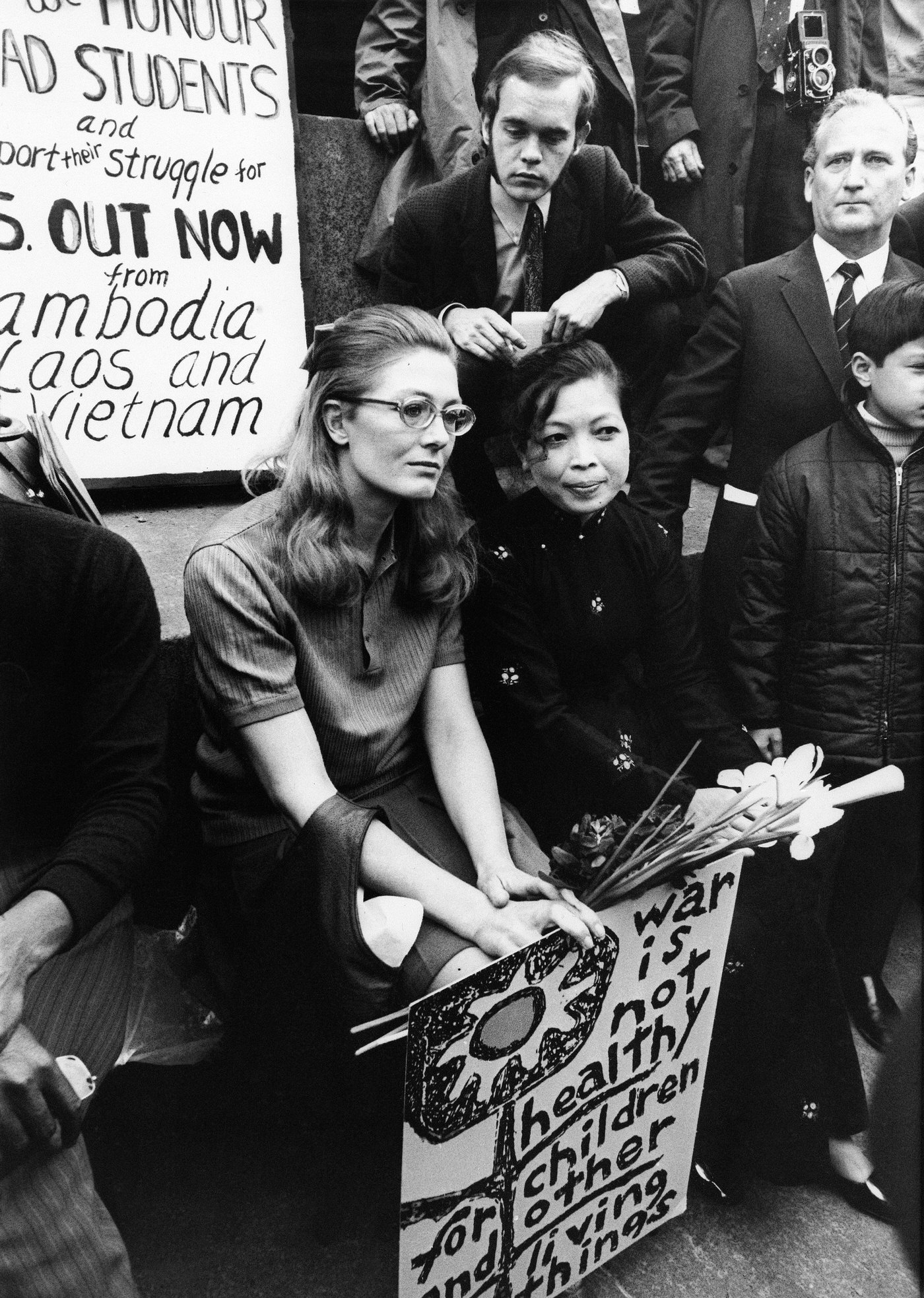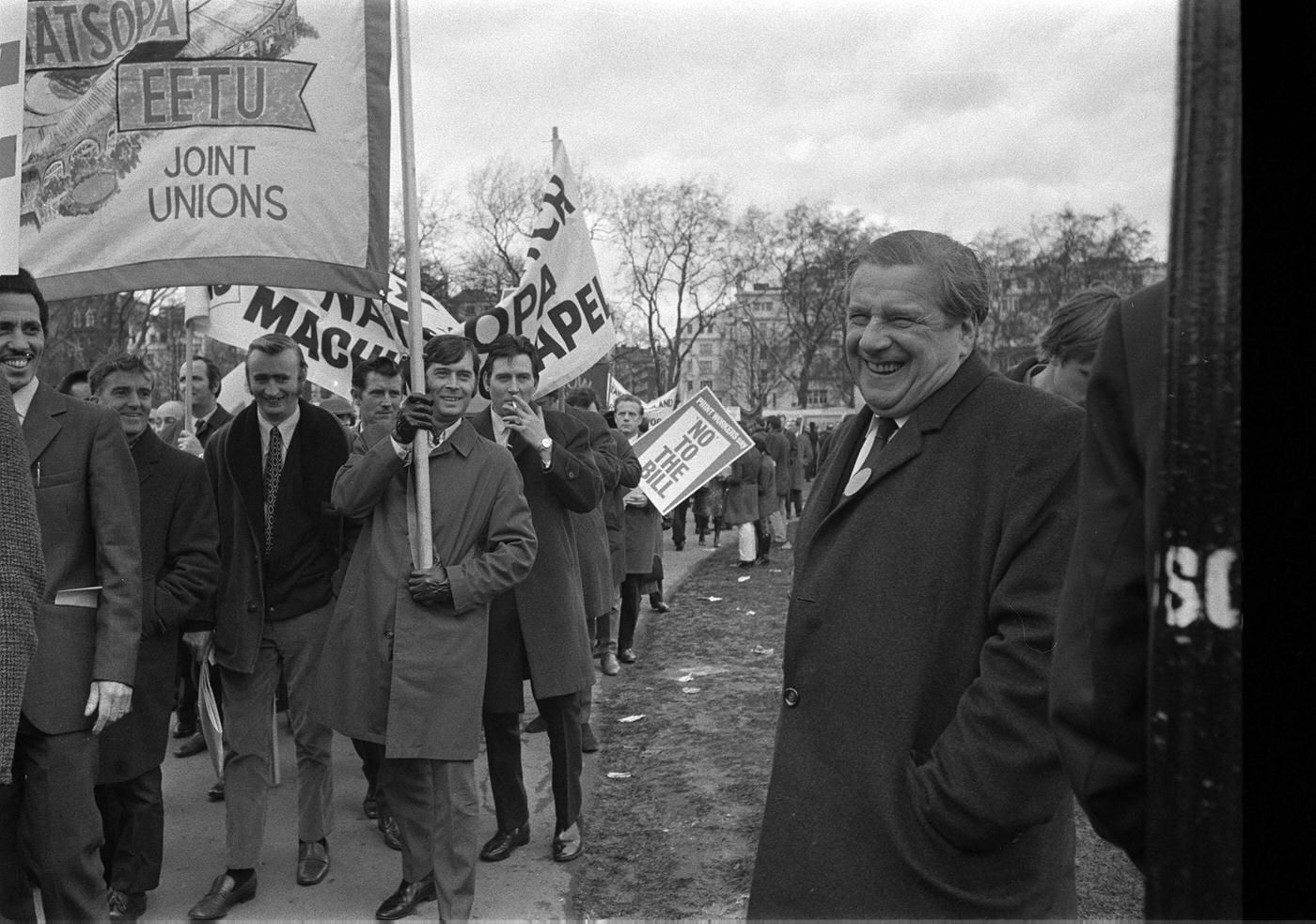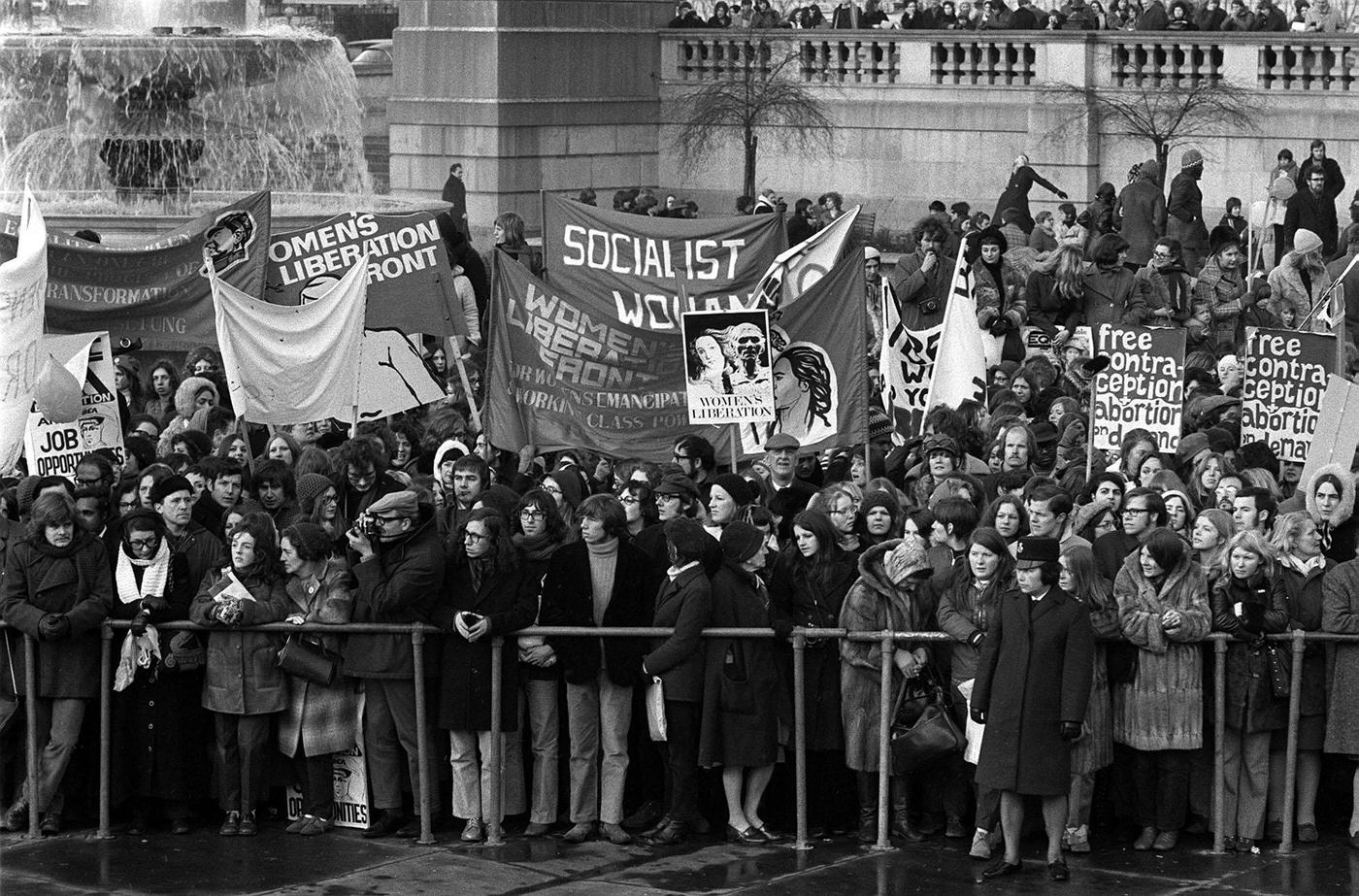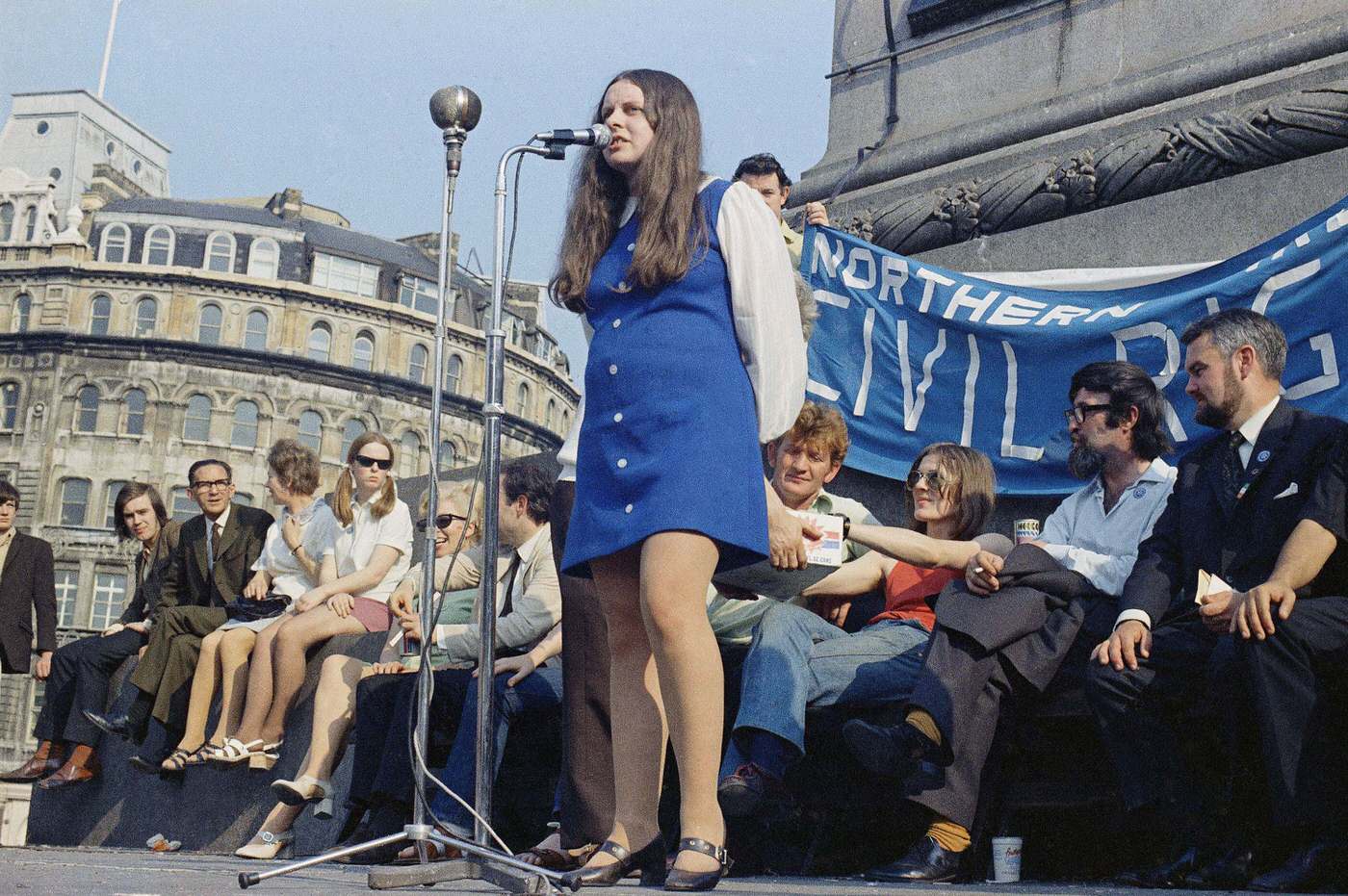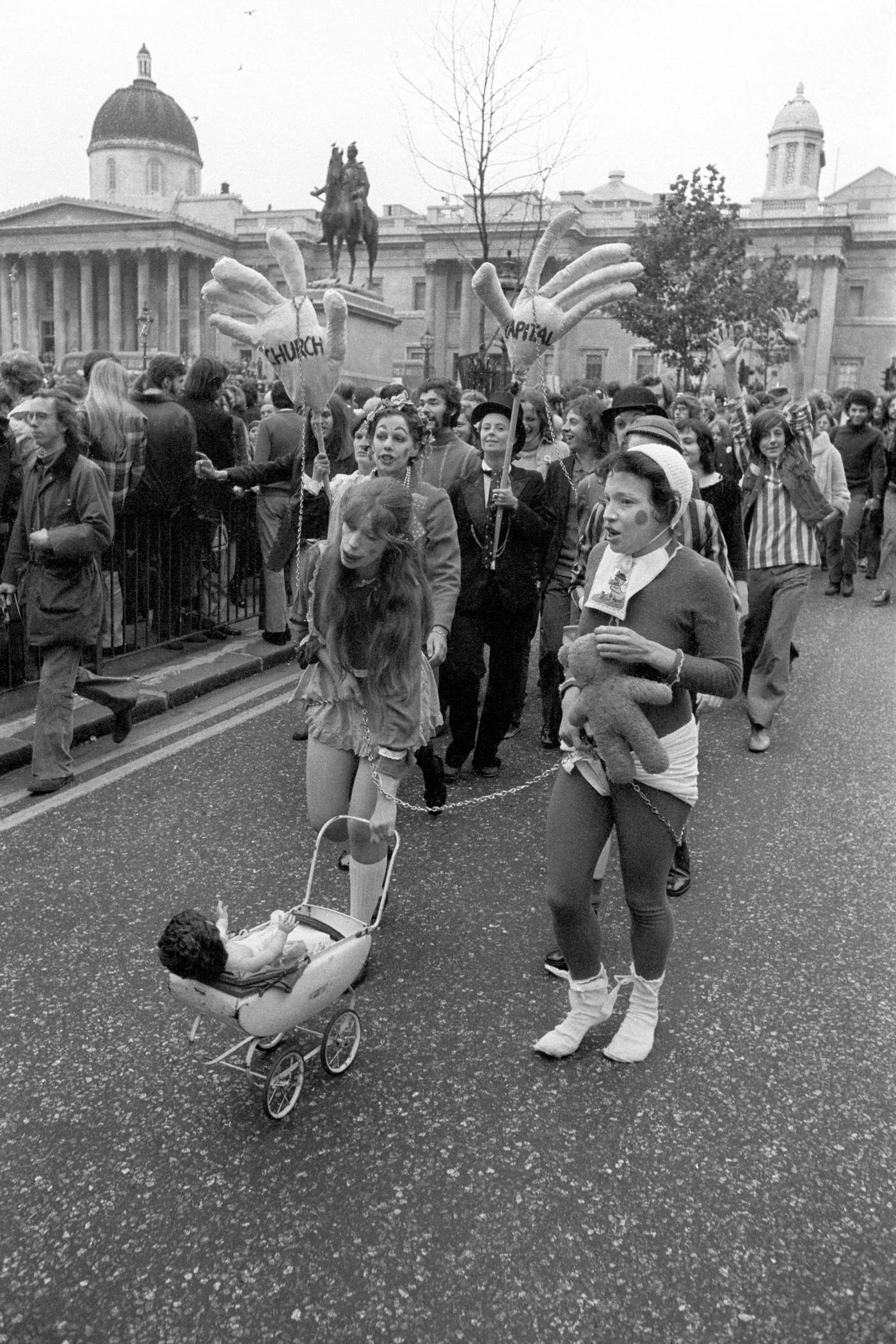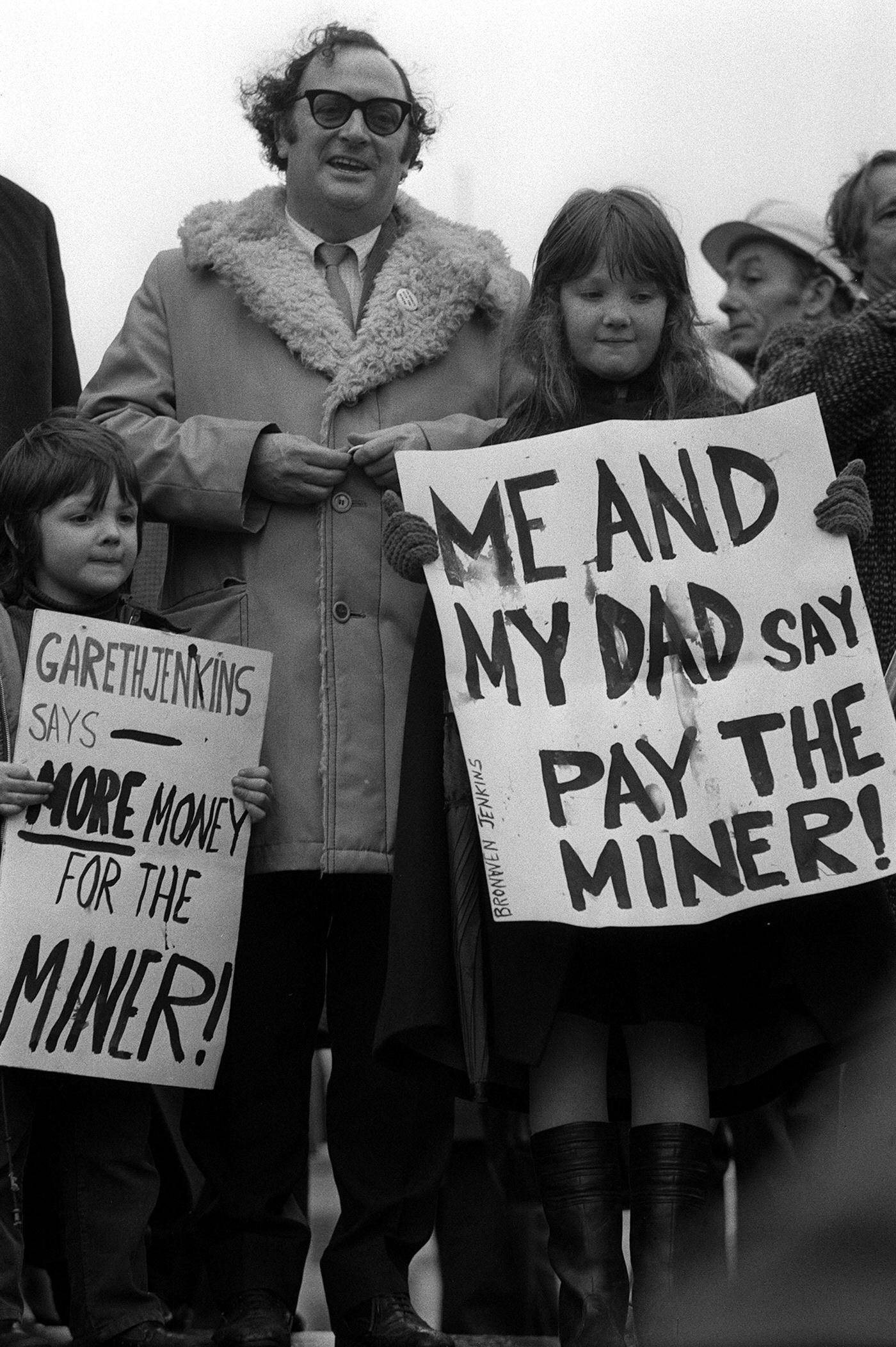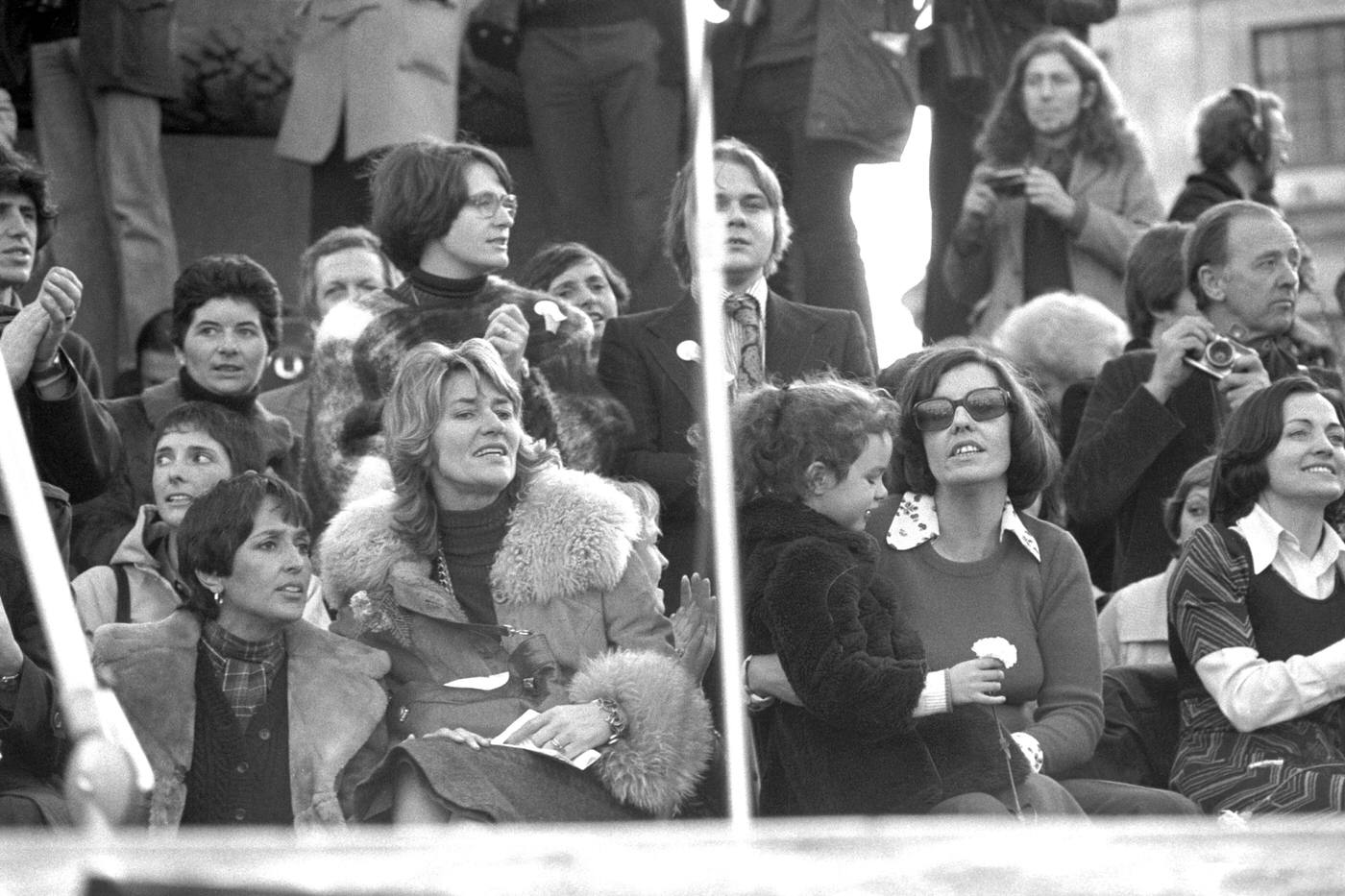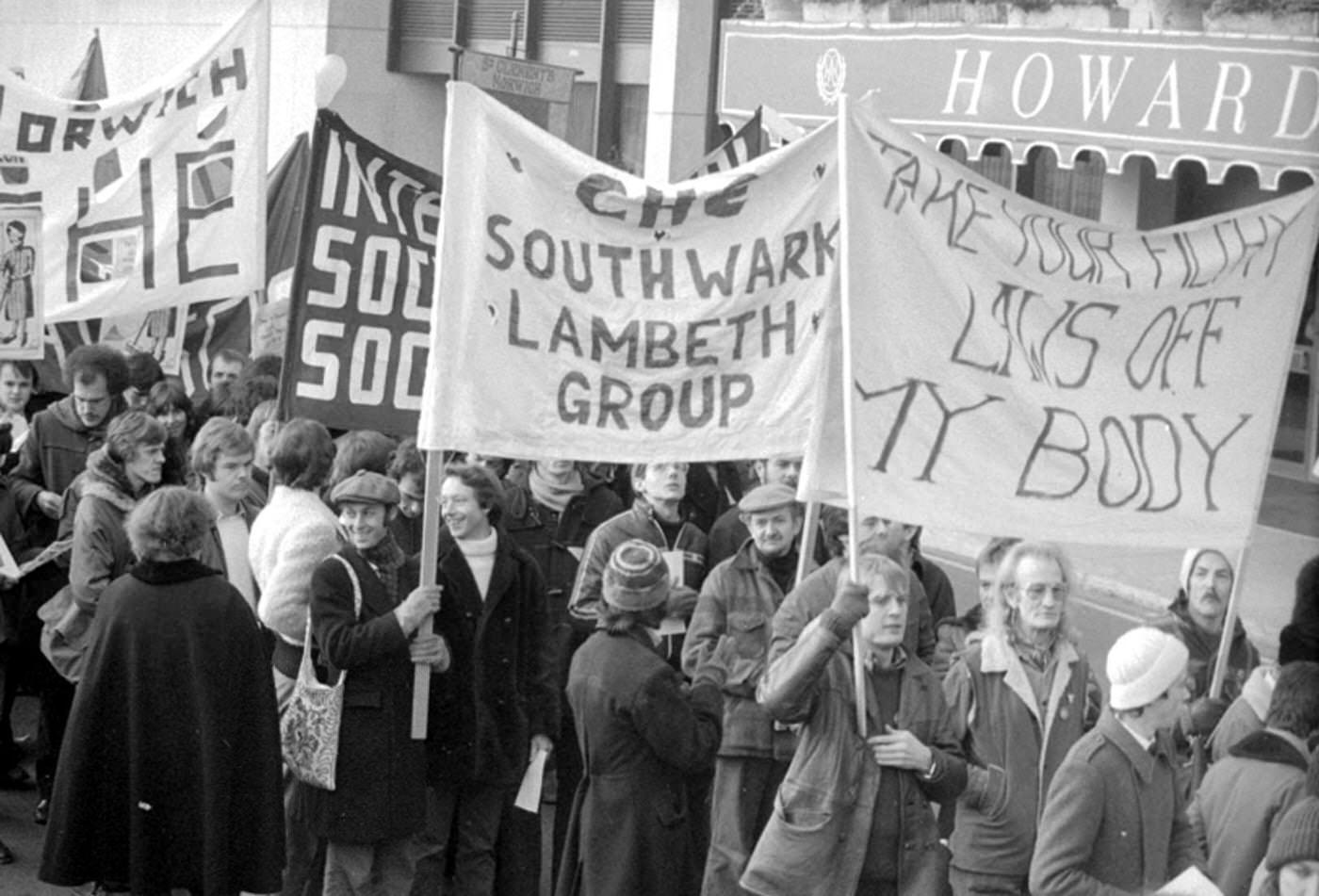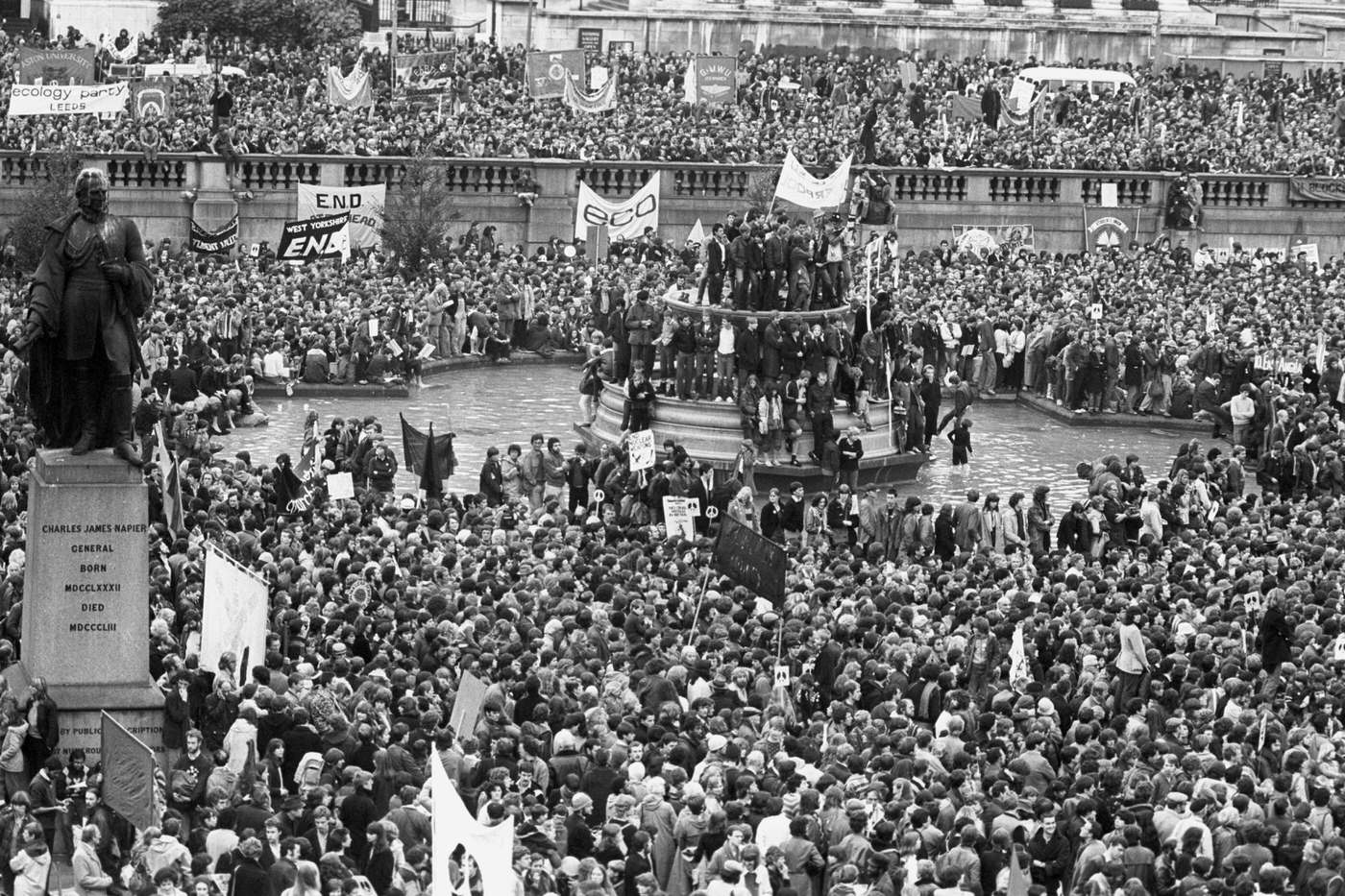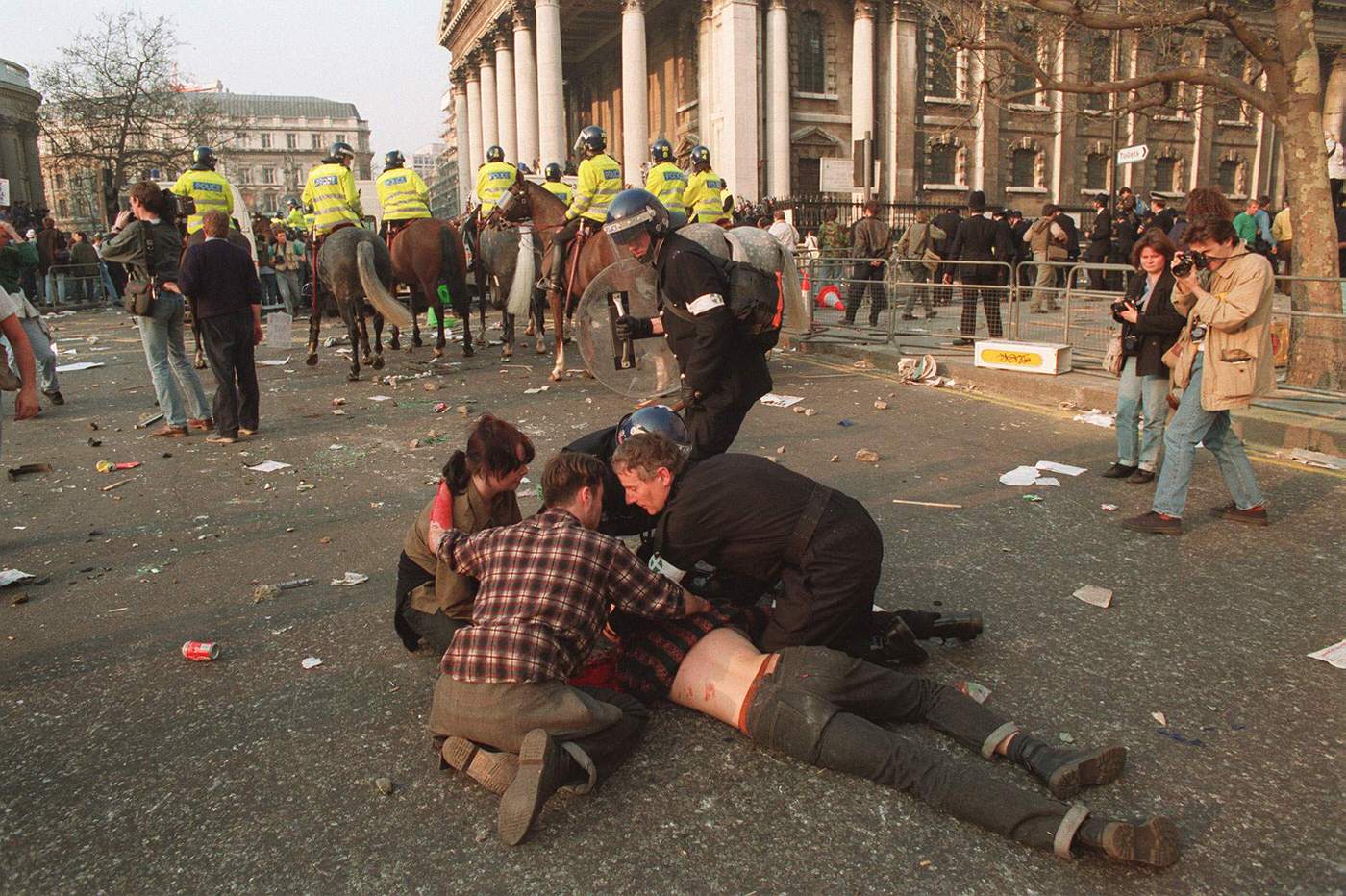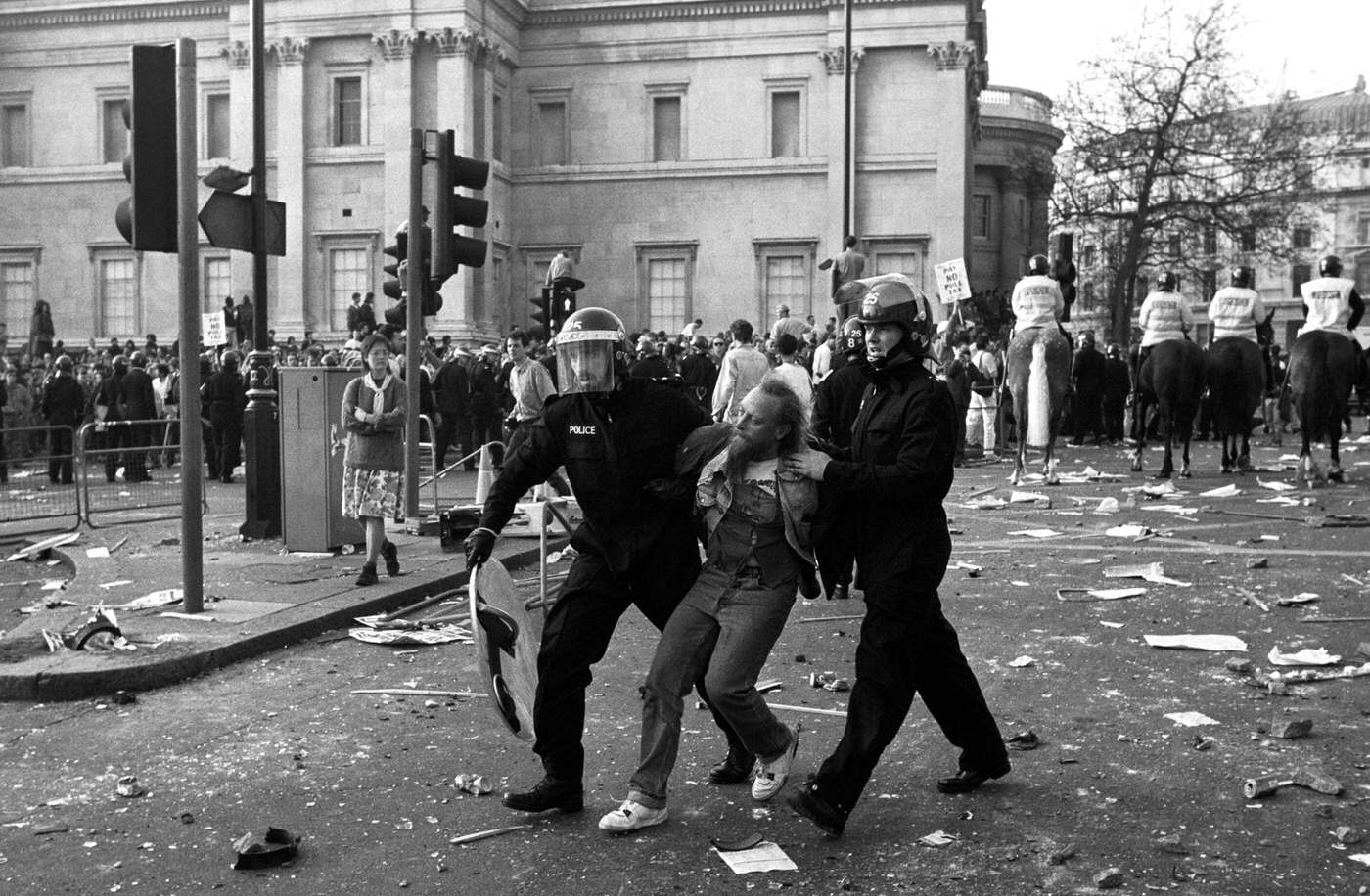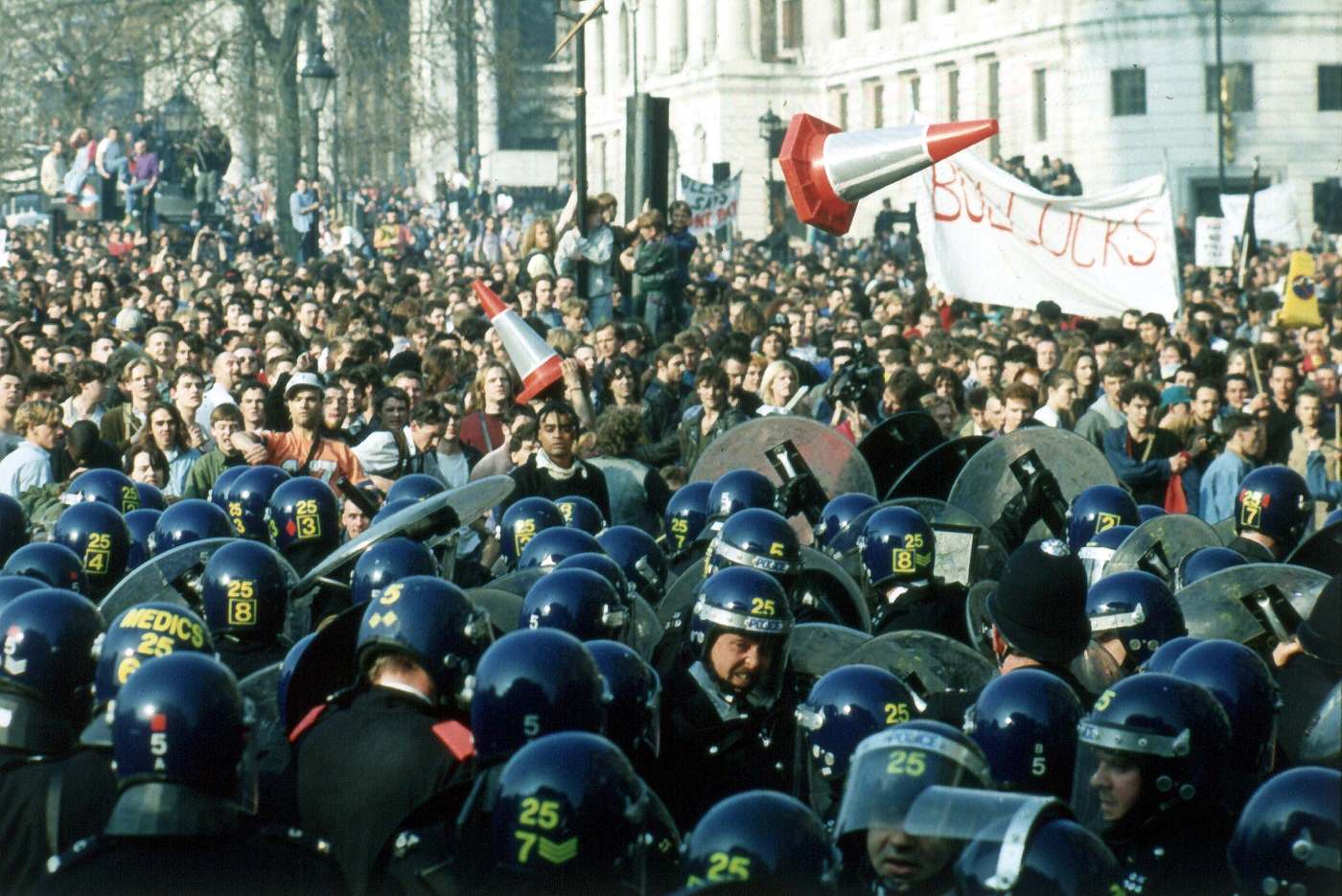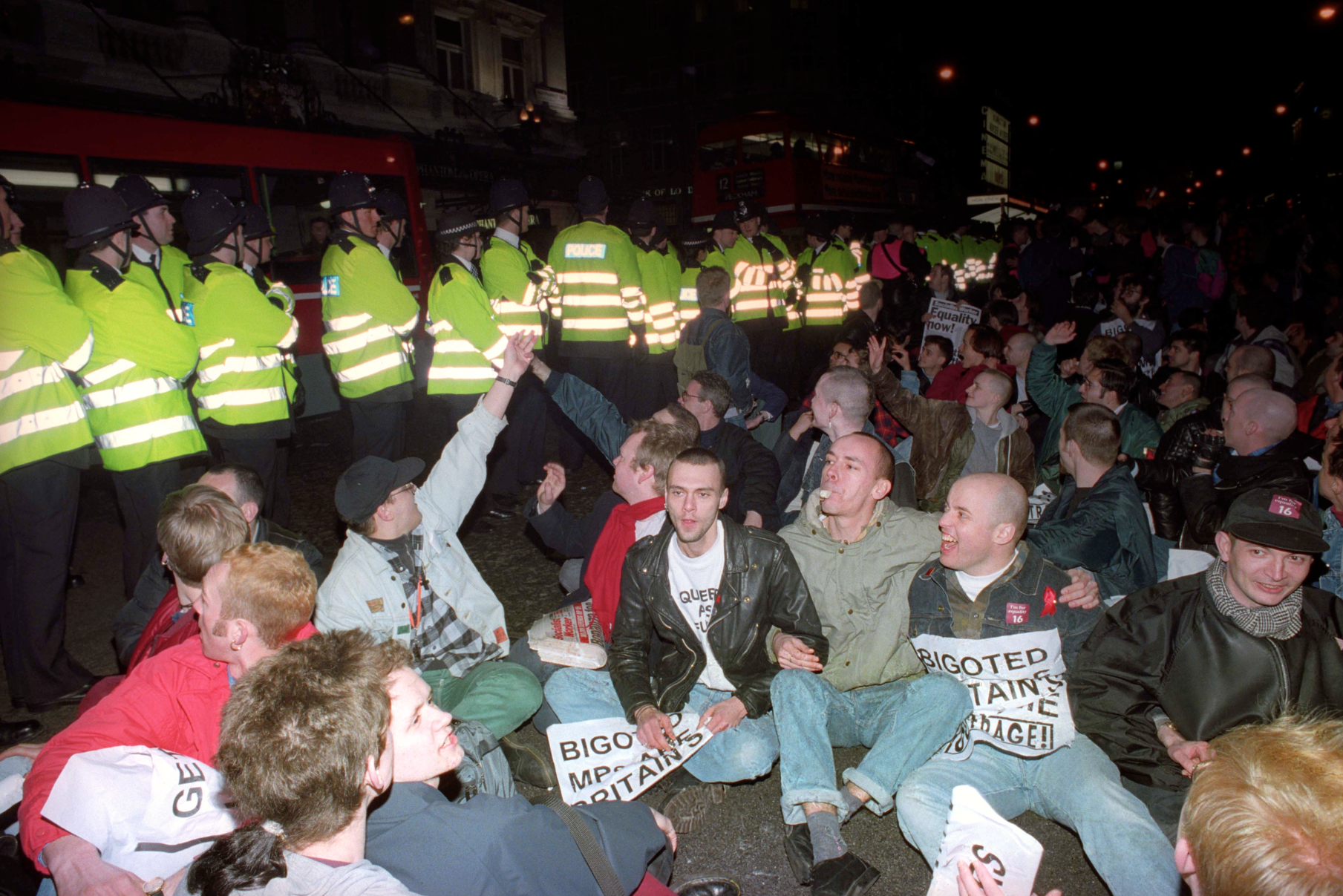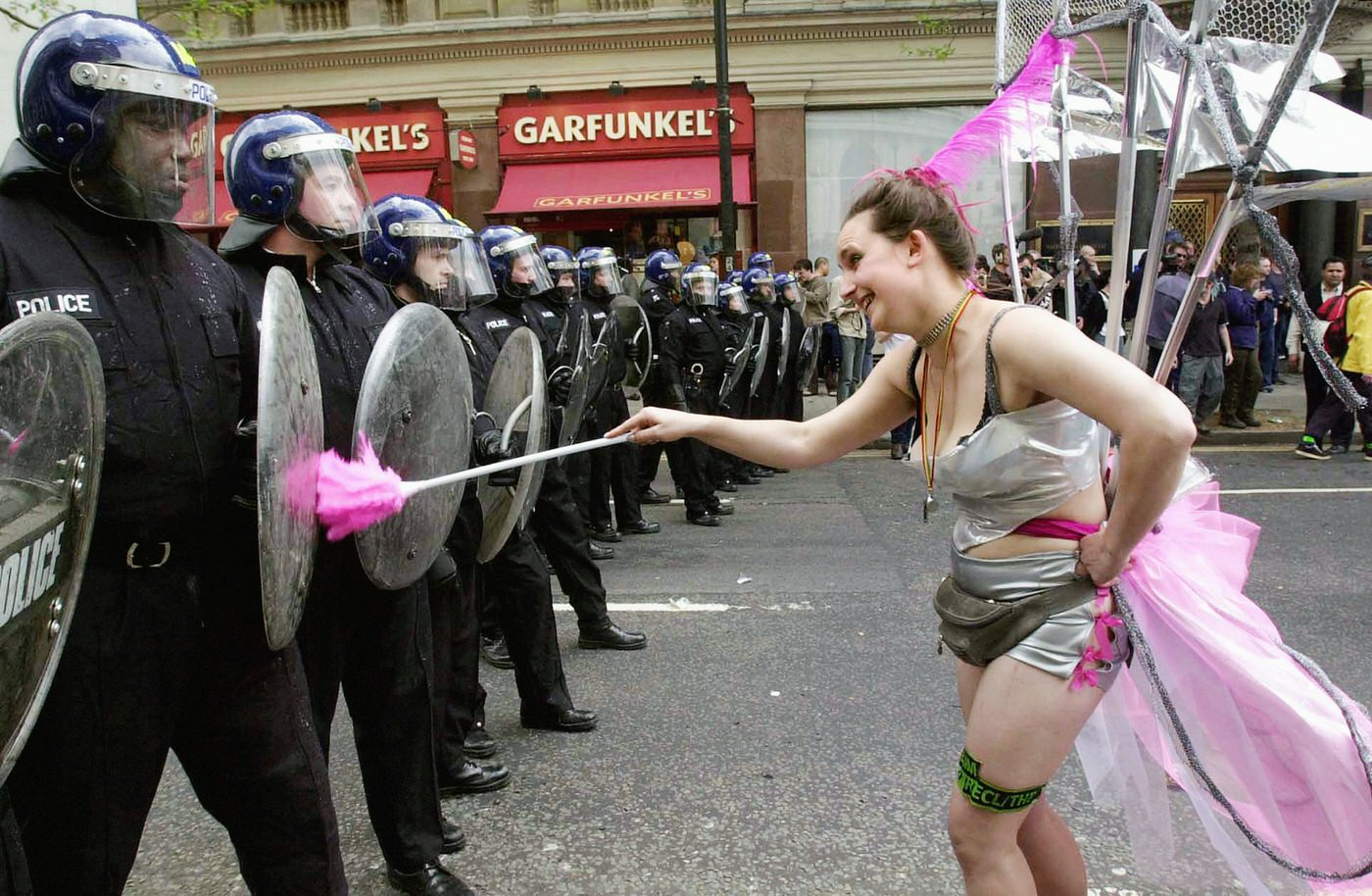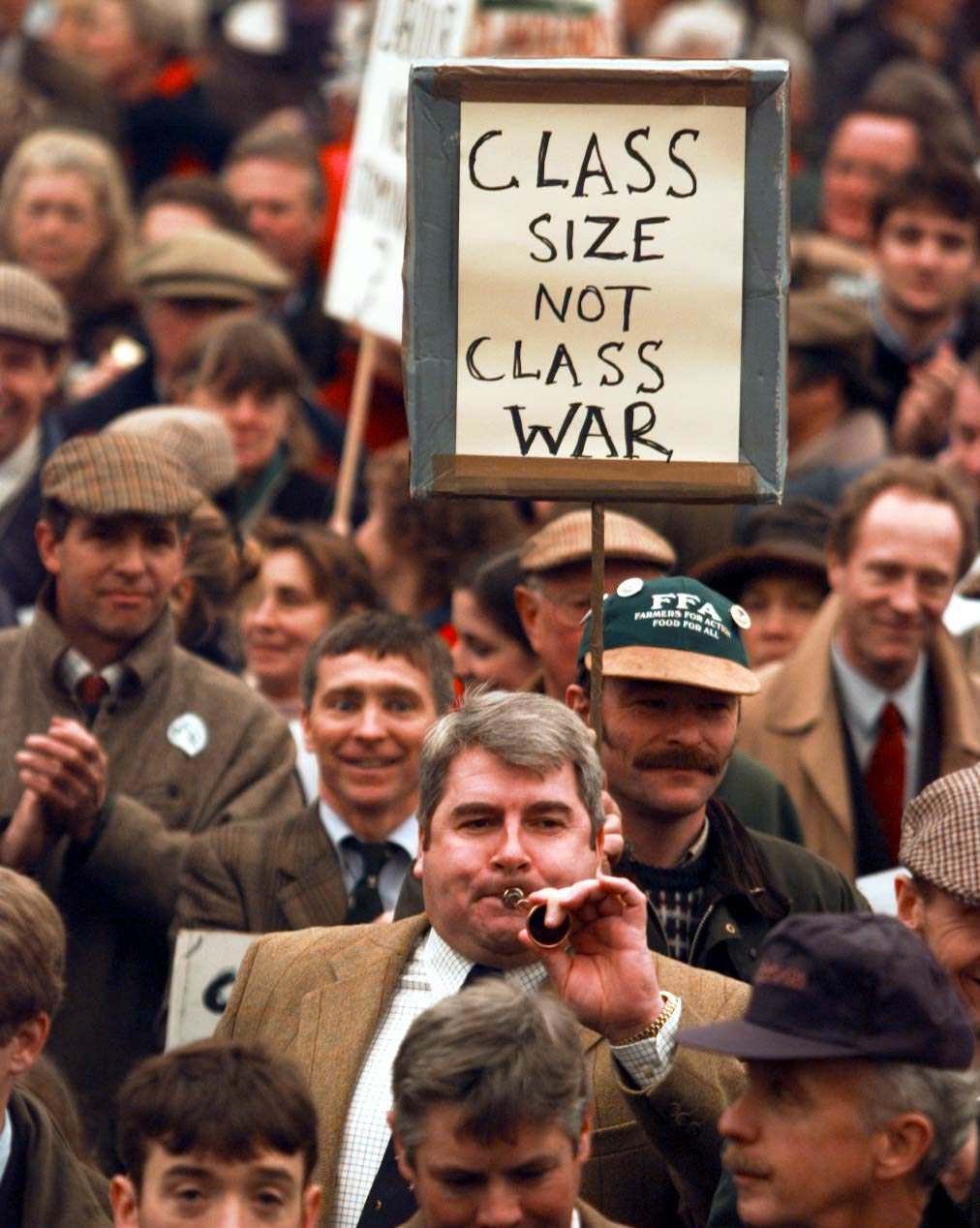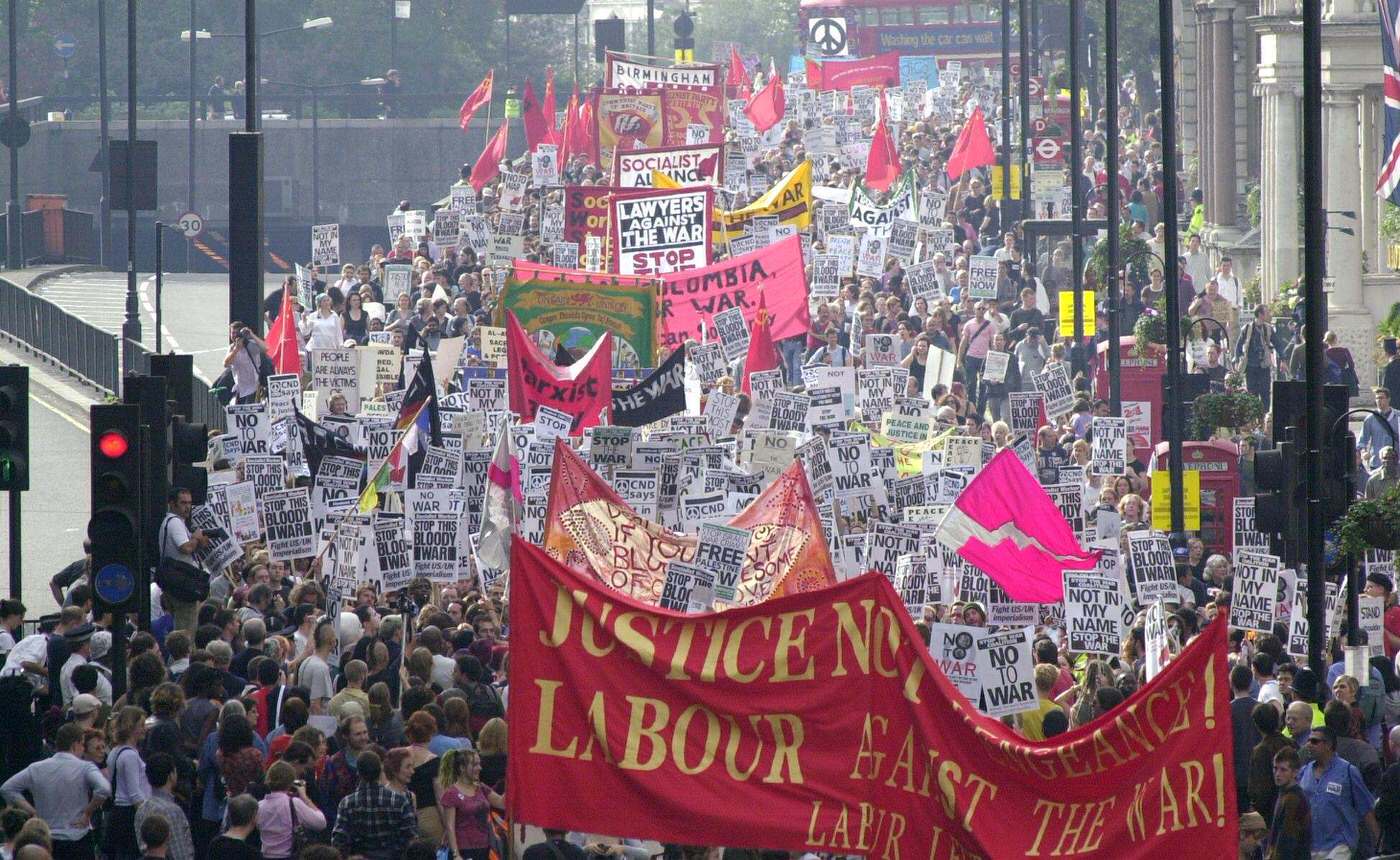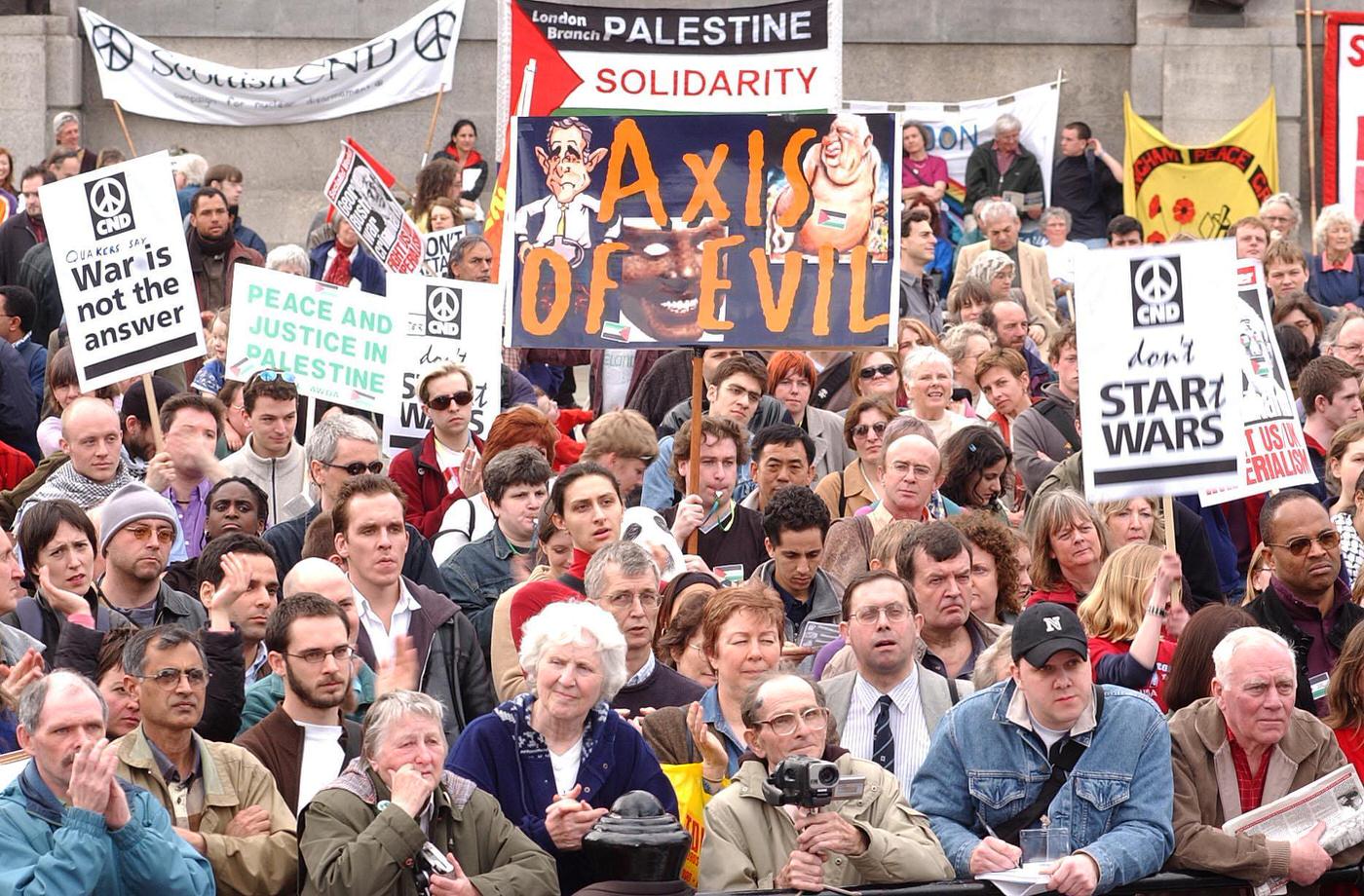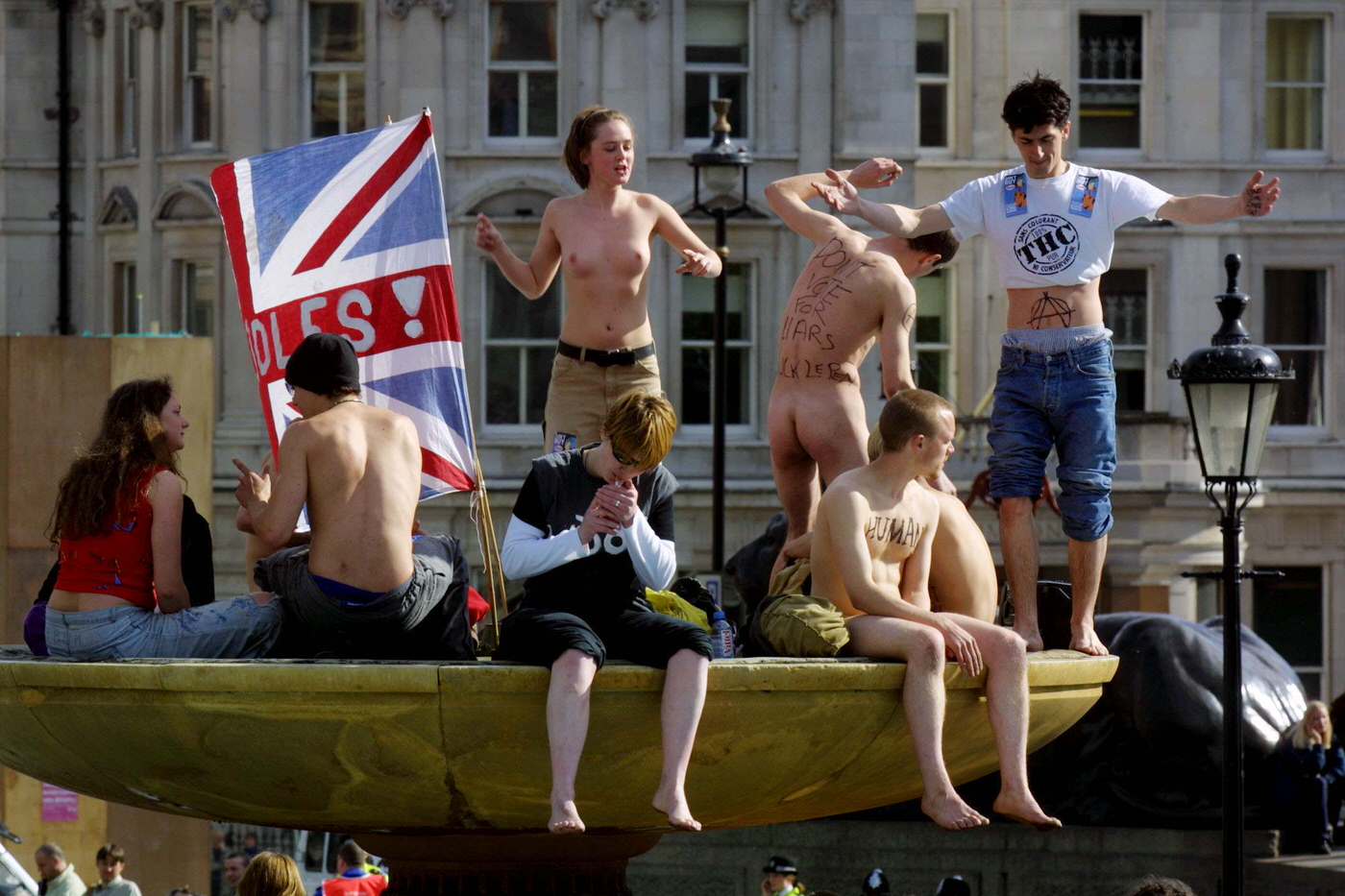Trafalgar Square is a large public space in the heart of London, famous for Nelson’s Column and its fountains. More than just a place for tourists, it has a long history as a crucial spot for public gatherings, especially for people wanting to express their disagreements or push for change. Since it was opened to the public in the 1840s, Trafalgar Square has served as a center for demonstrations and protests.
The design and location of Trafalgar Square made it a natural place for people to gather. It offered a large open area where many people could stand together. Its location near government buildings in Westminster meant that protesters could make their voices heard close to where decisions were made. This combination of space and location quickly established it as a focal point for public assembly.
Even from the beginning, the authorities were aware that the square could be used for protests and, at times, tried to make it less suitable for large crowds. The fountains, which are now a famous feature of the square, were added relatively early in its history. One reason for adding the fountains was actually to take up space in the square, making it harder for massive groups of people to collect all in one large open area. Despite these efforts, people continued to use the square to protest.
Over many decades, Trafalgar Square has been the site of demonstrations about a wide range of issues. People have gathered there to protest about workers’ rights, unemployment, and poor living conditions. Political causes, both local and national, have brought crowds to the square. Movements against wars, for civil rights, and on many other social issues have used Trafalgar Square as their platform to draw attention to their cause.
Read more
The nature of protests at the square has varied. Some have been peaceful rallies with speeches and singing, while others have involved clashes between demonstrators and the police, sometimes resulting in arrests or injuries. Regardless of the specific cause or the atmosphere of the event, the square has provided a visible stage for public dissent in the capital city.
Speakers often stand at prominent points in the square, using the steps of the National Gallery or the bases of the statues and columns as platforms to address the crowds. People hold signs, banners, and flags representing their cause. The noise of chants and speeches fills the air. News cameras and reporters are often present, broadcasting the protests to a wider audience.
Despite attempts over the years to control or ban protests in the square, its reputation as a place for demonstration remained strong throughout the 20th century and continues today. Its history is tied to the story of people speaking out and demanding change


